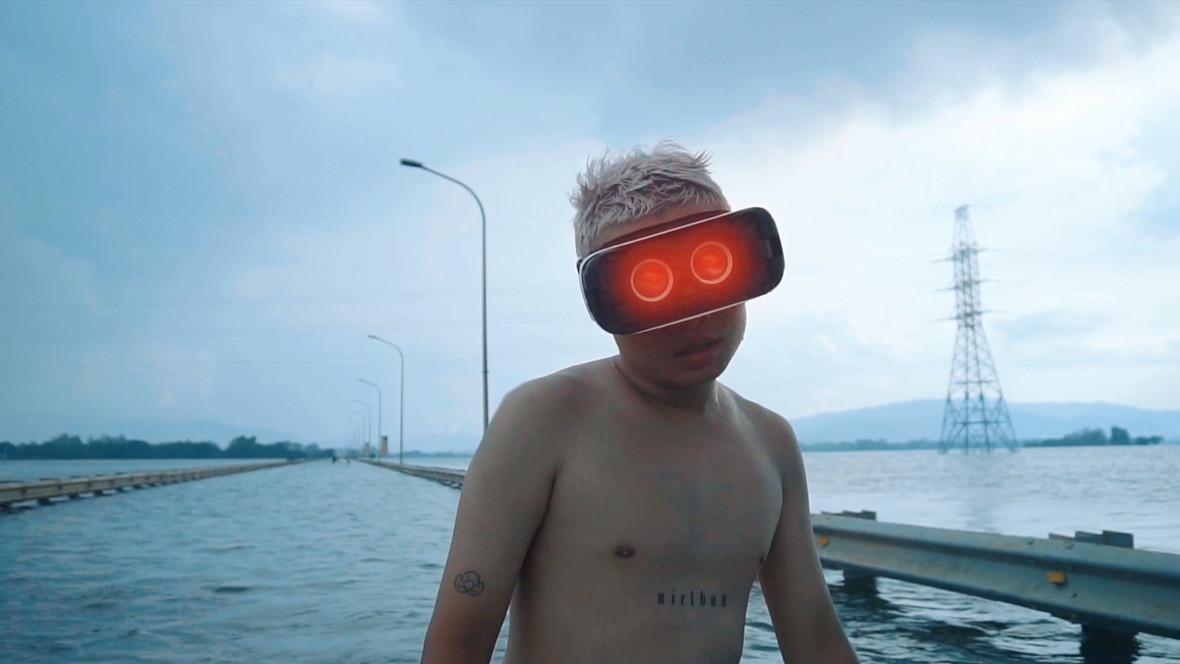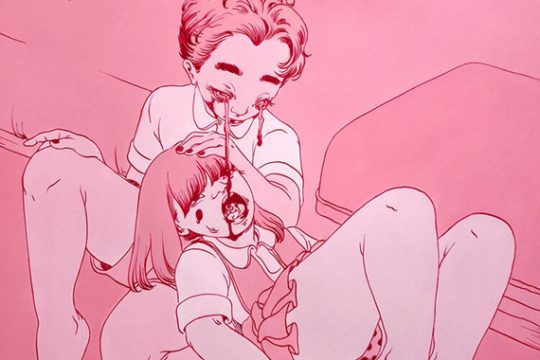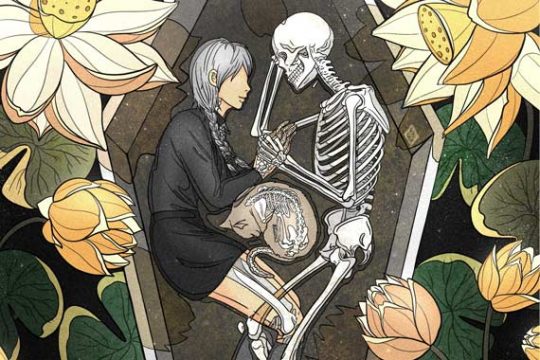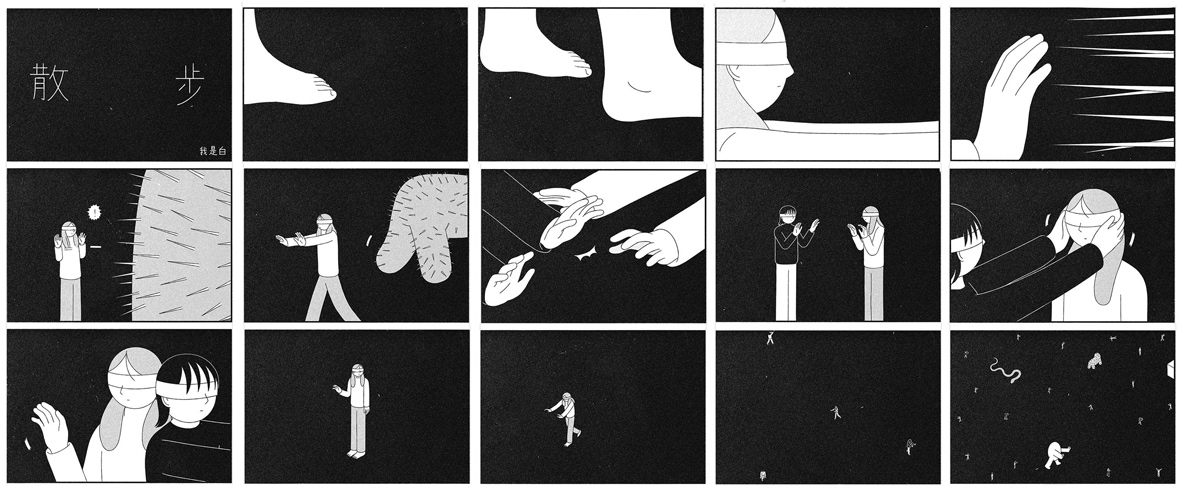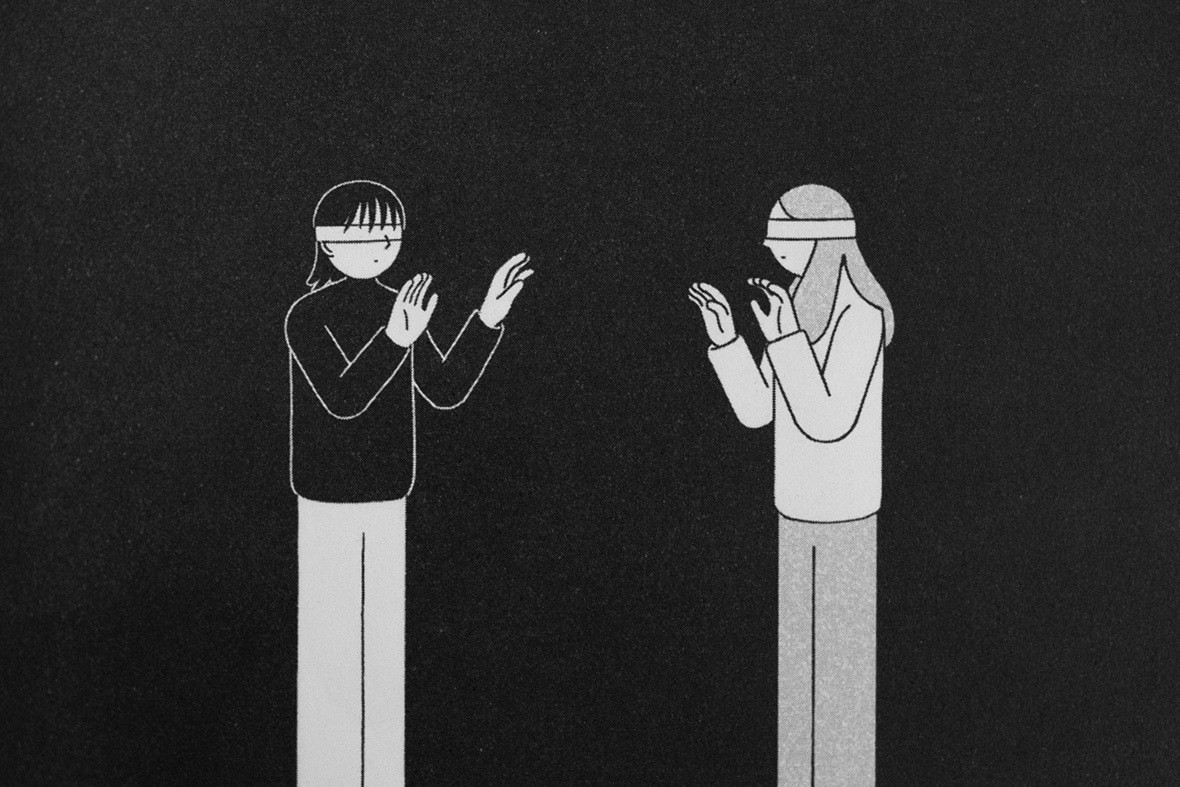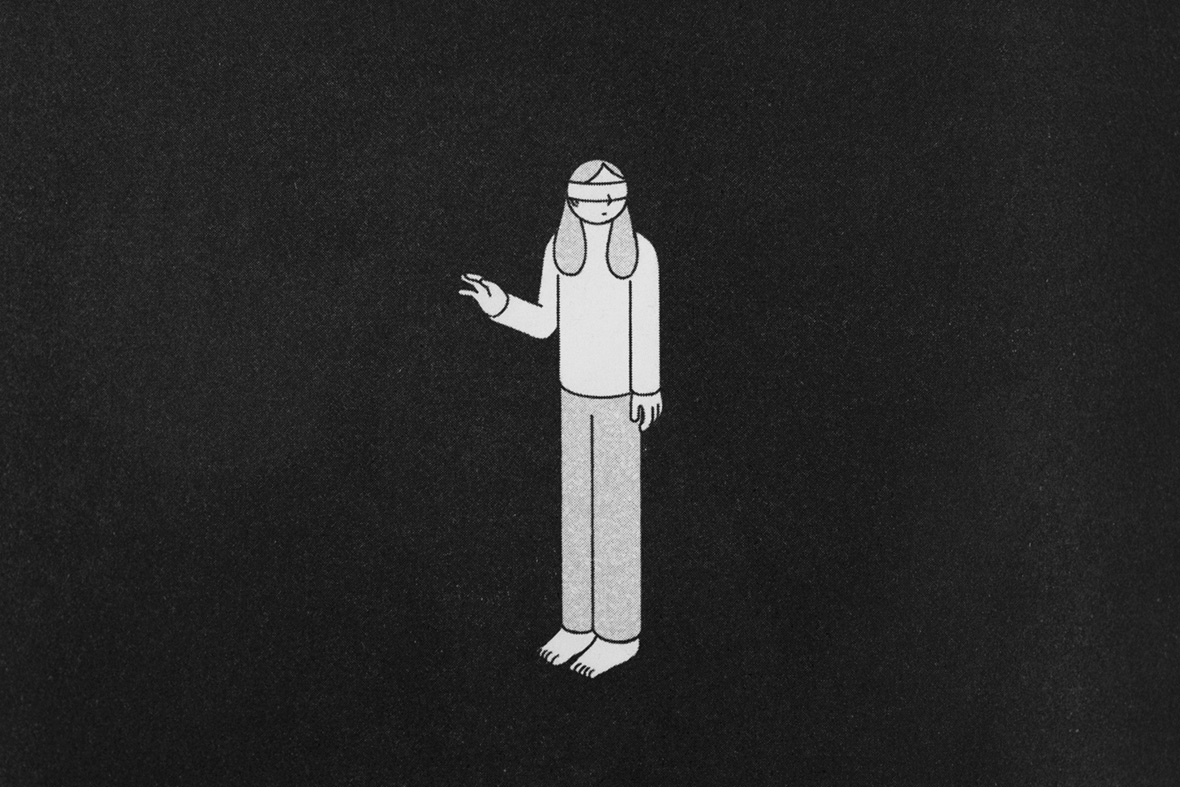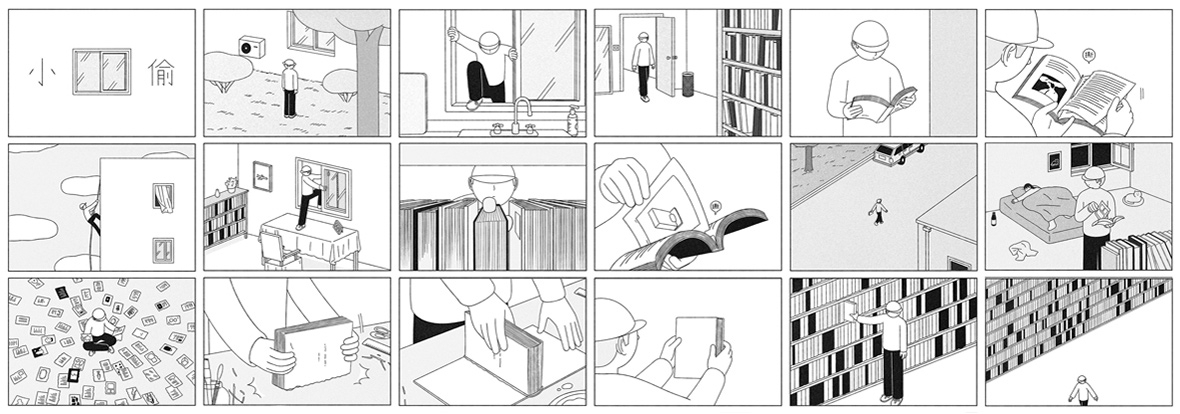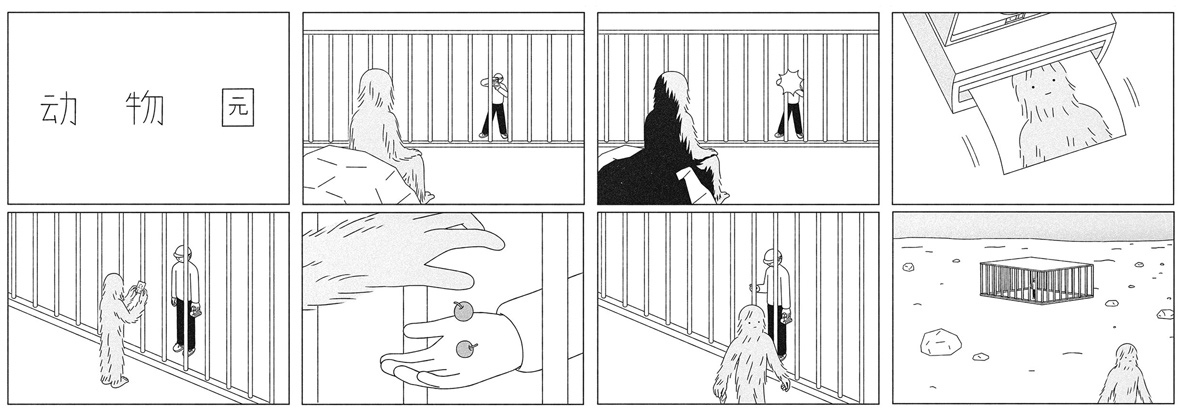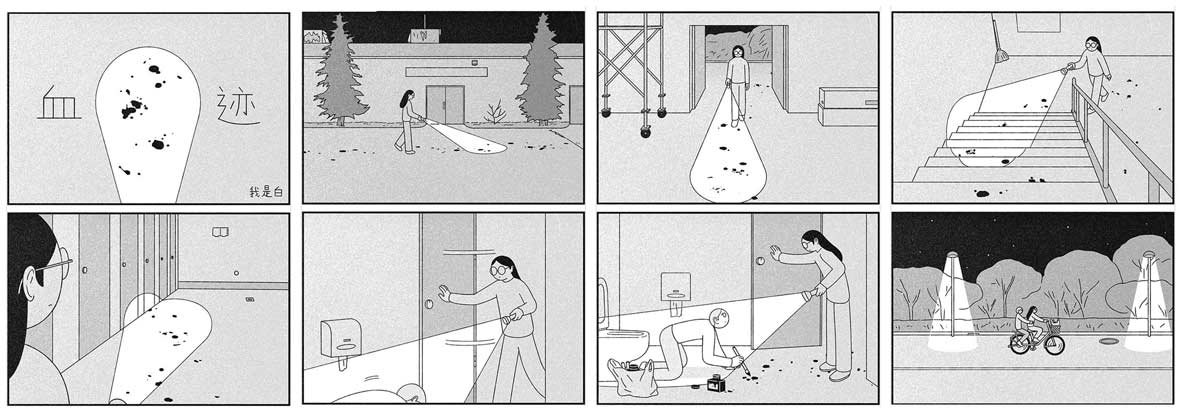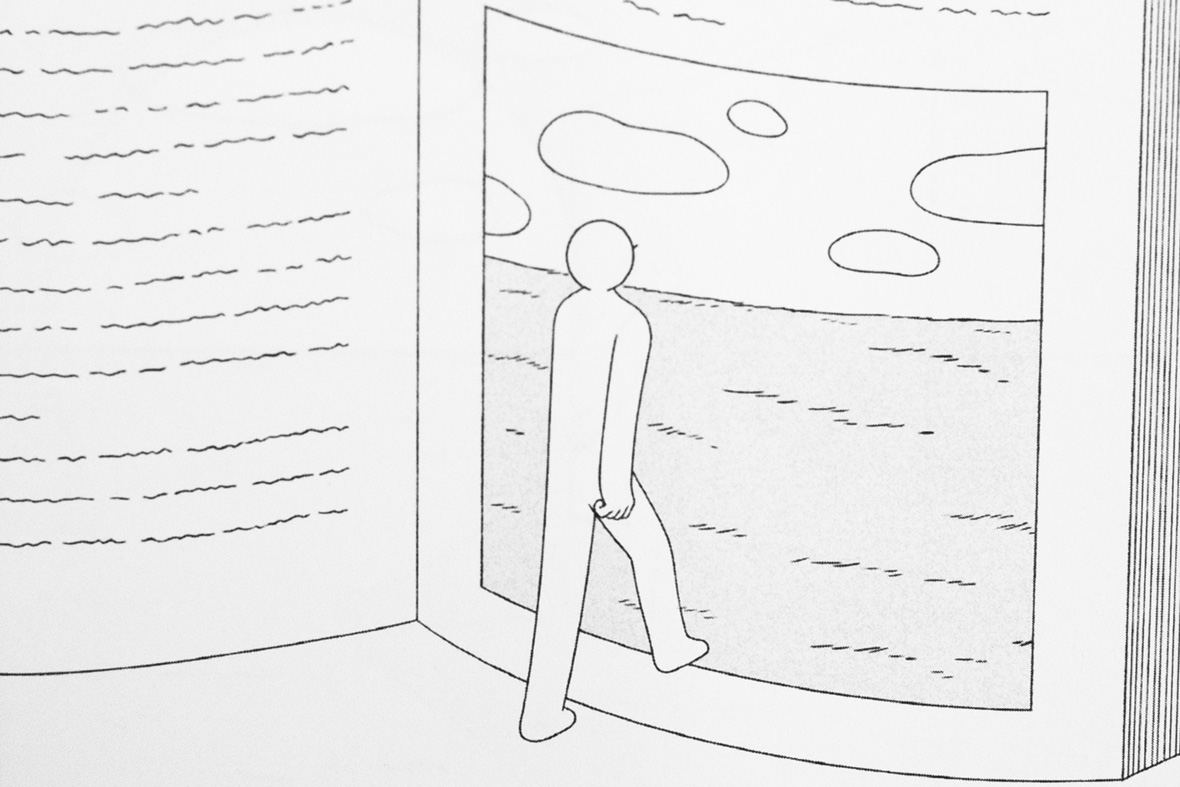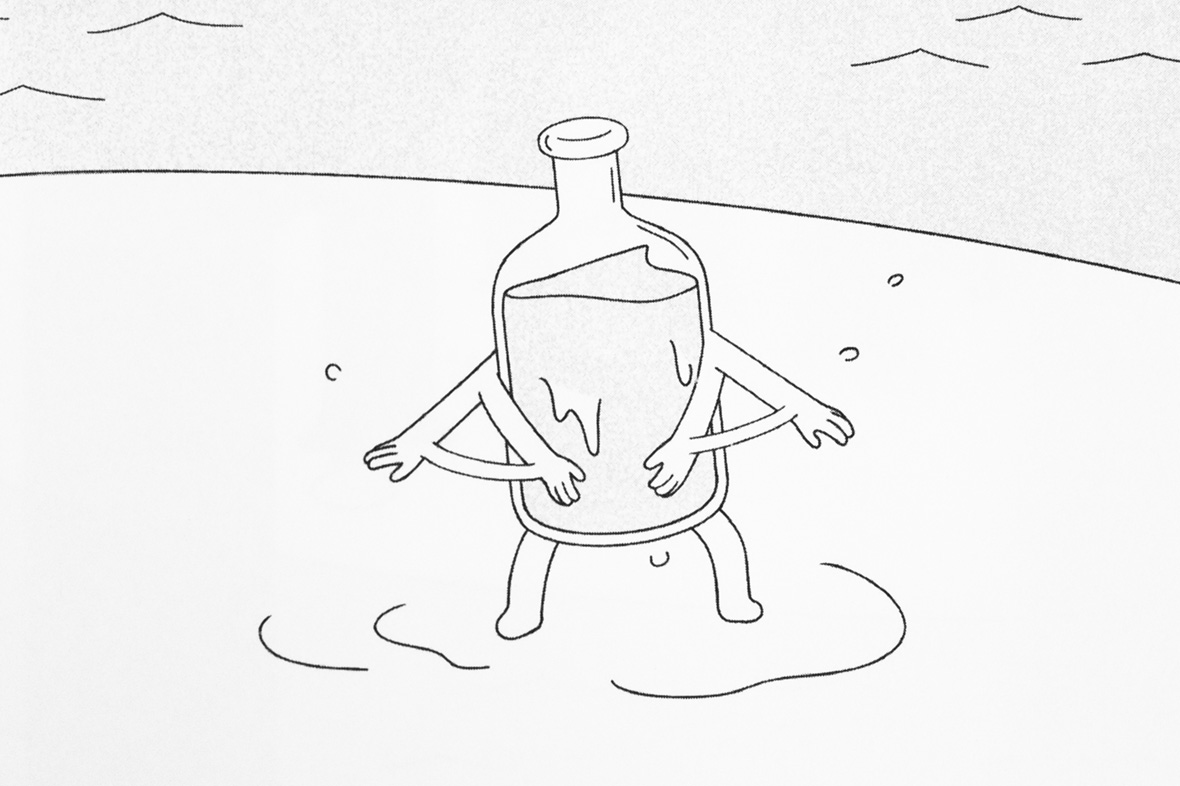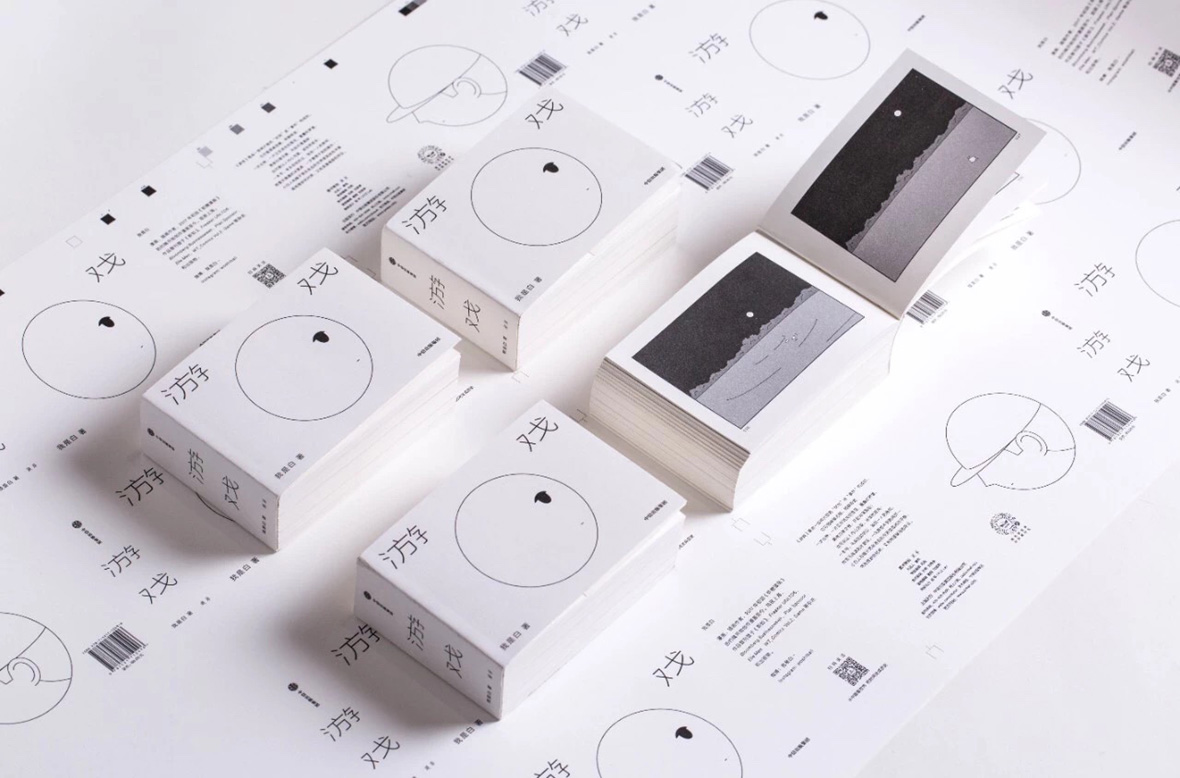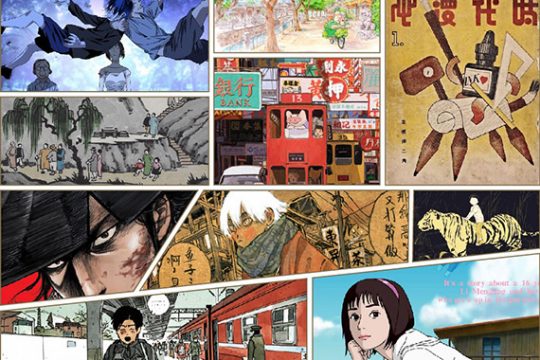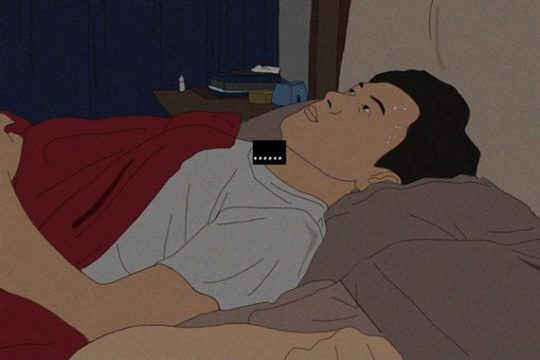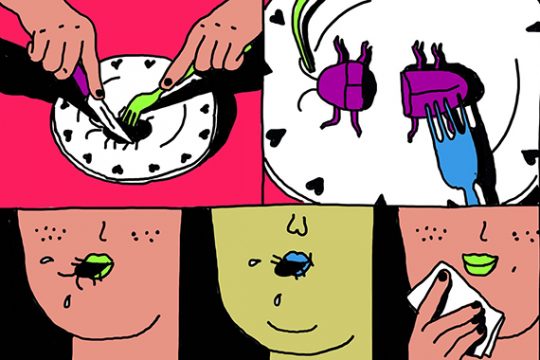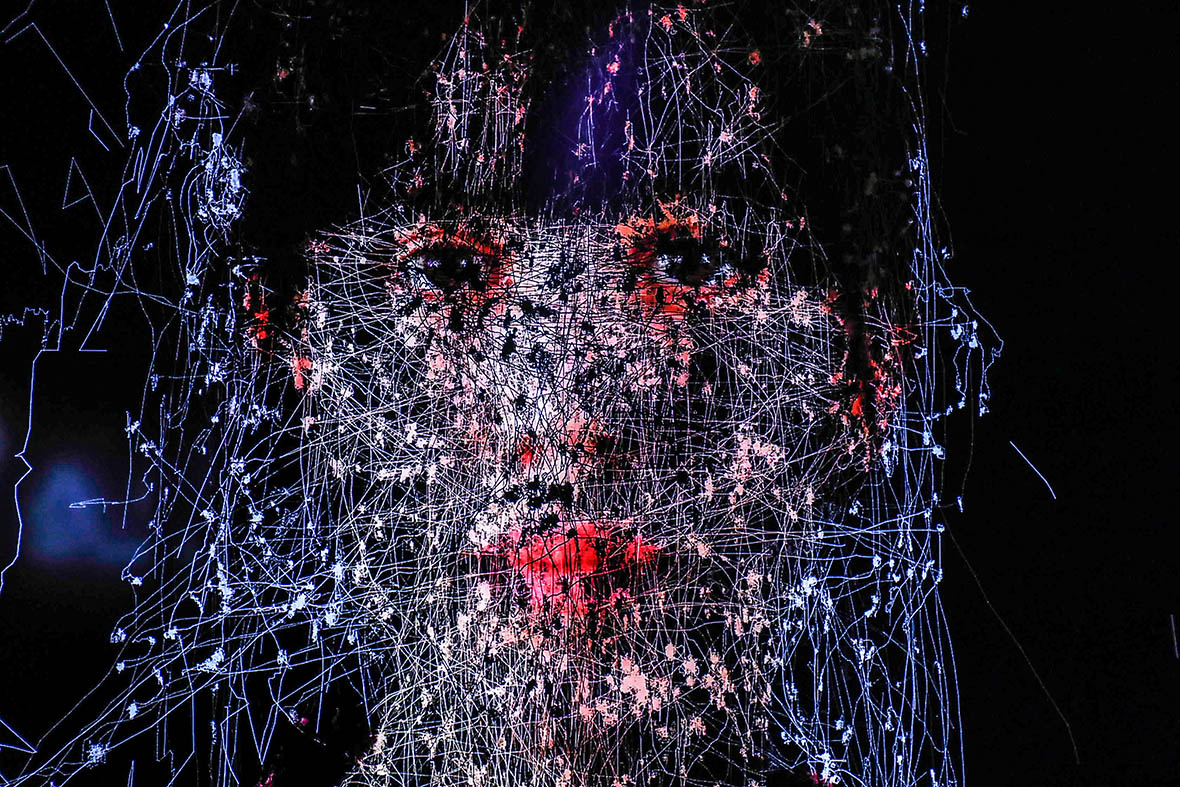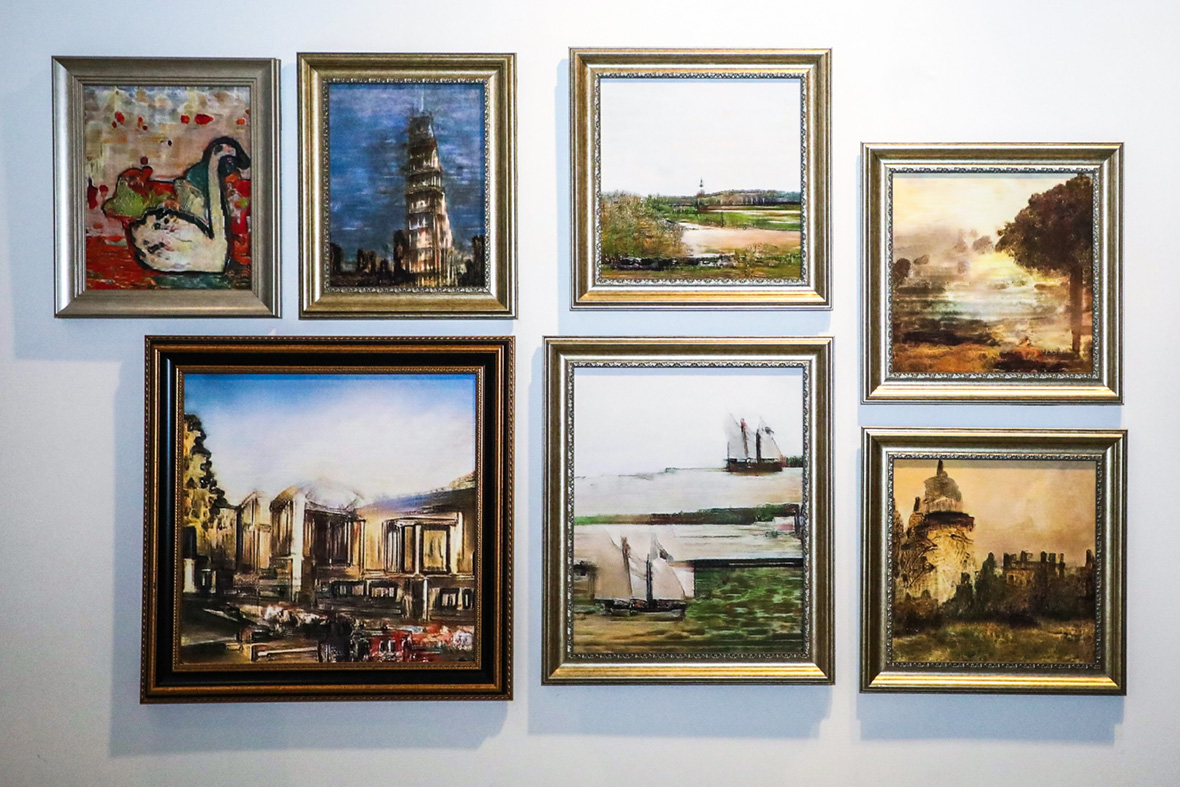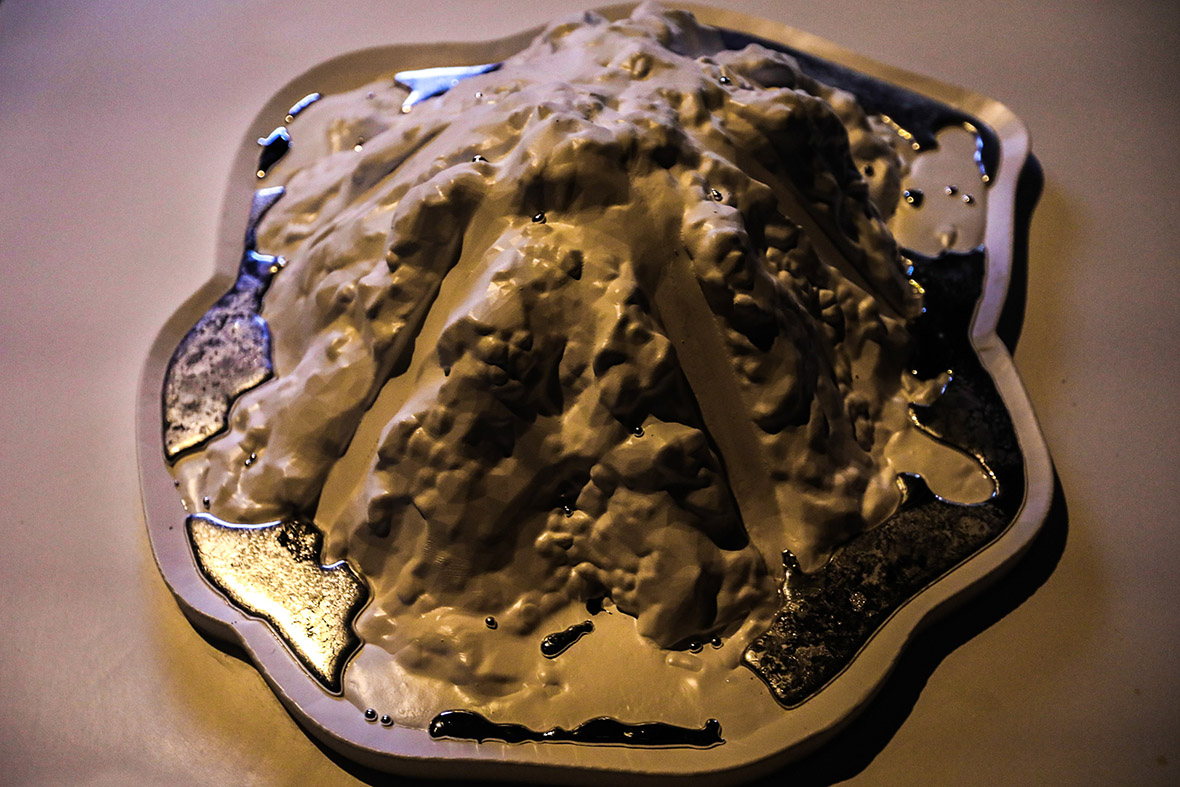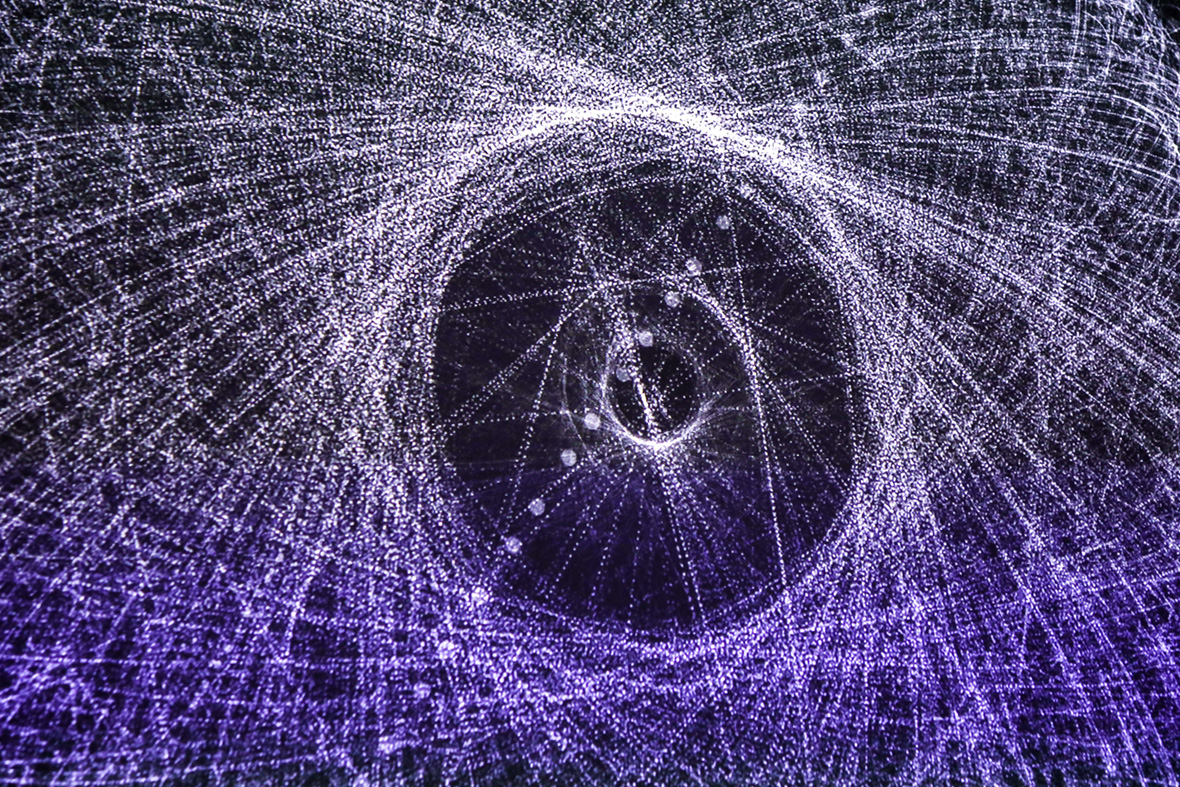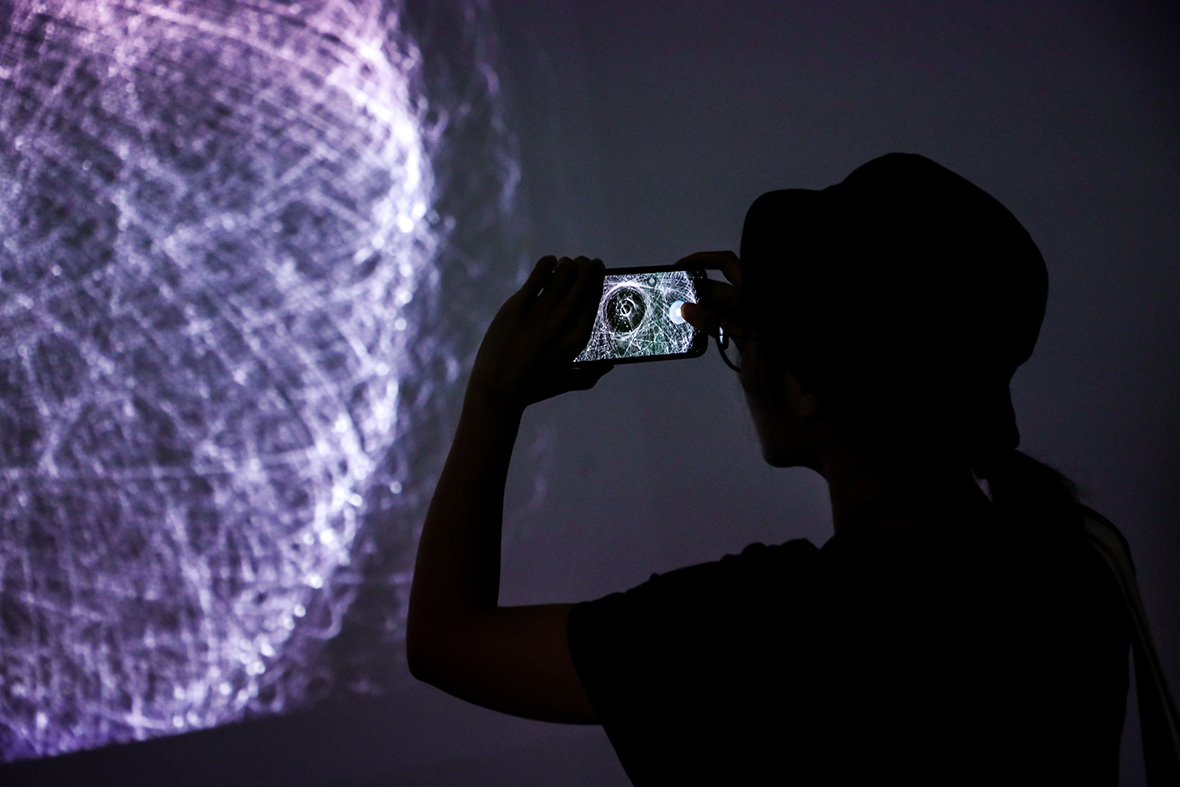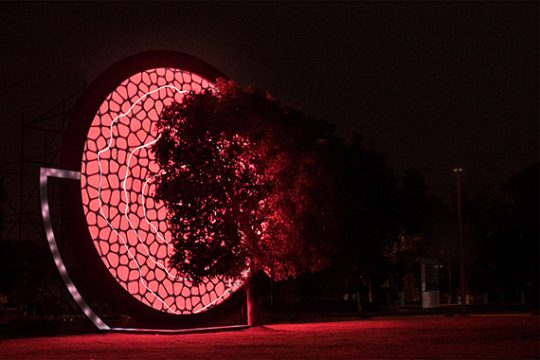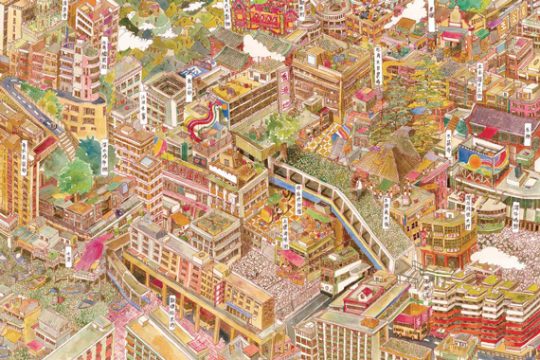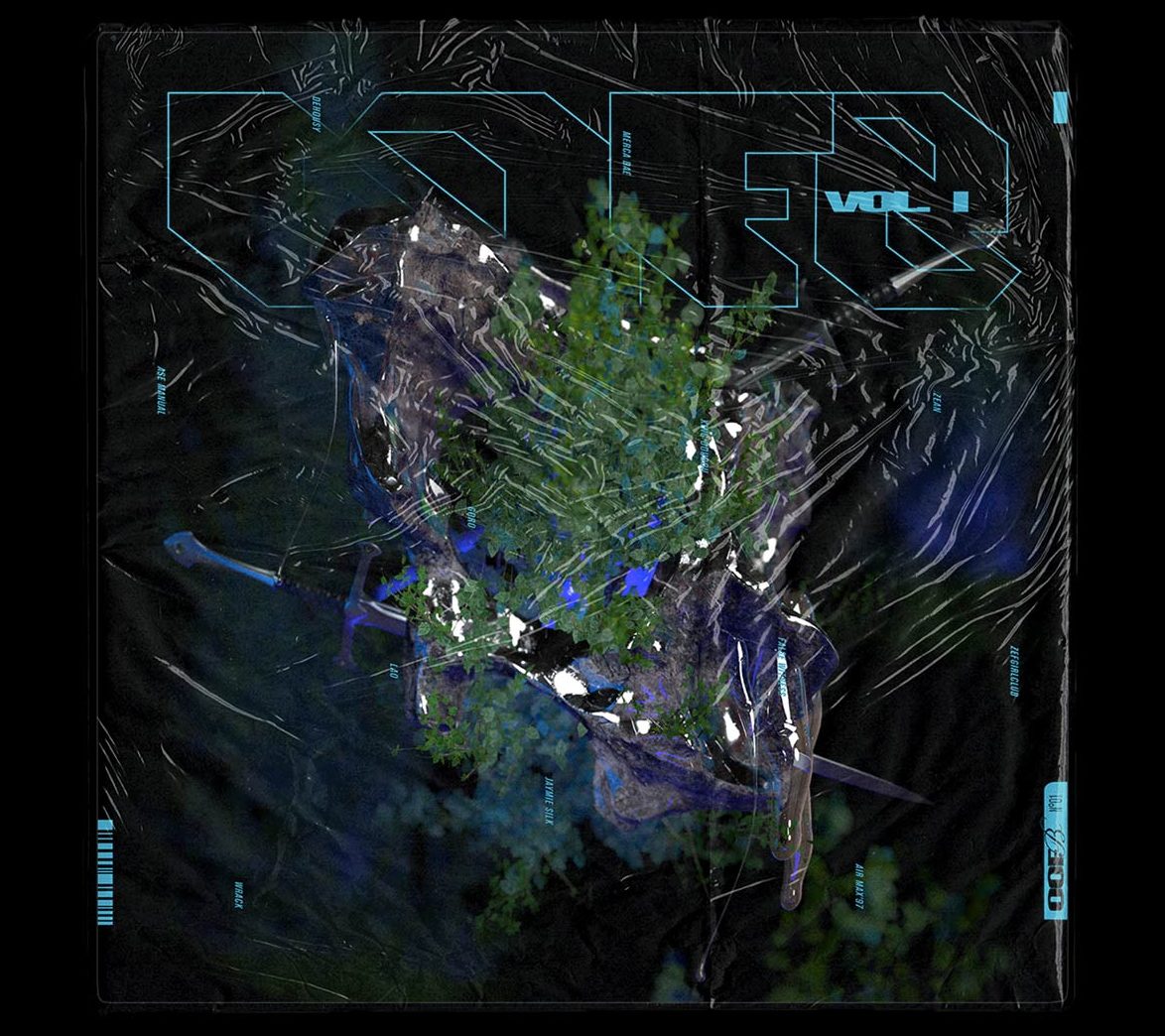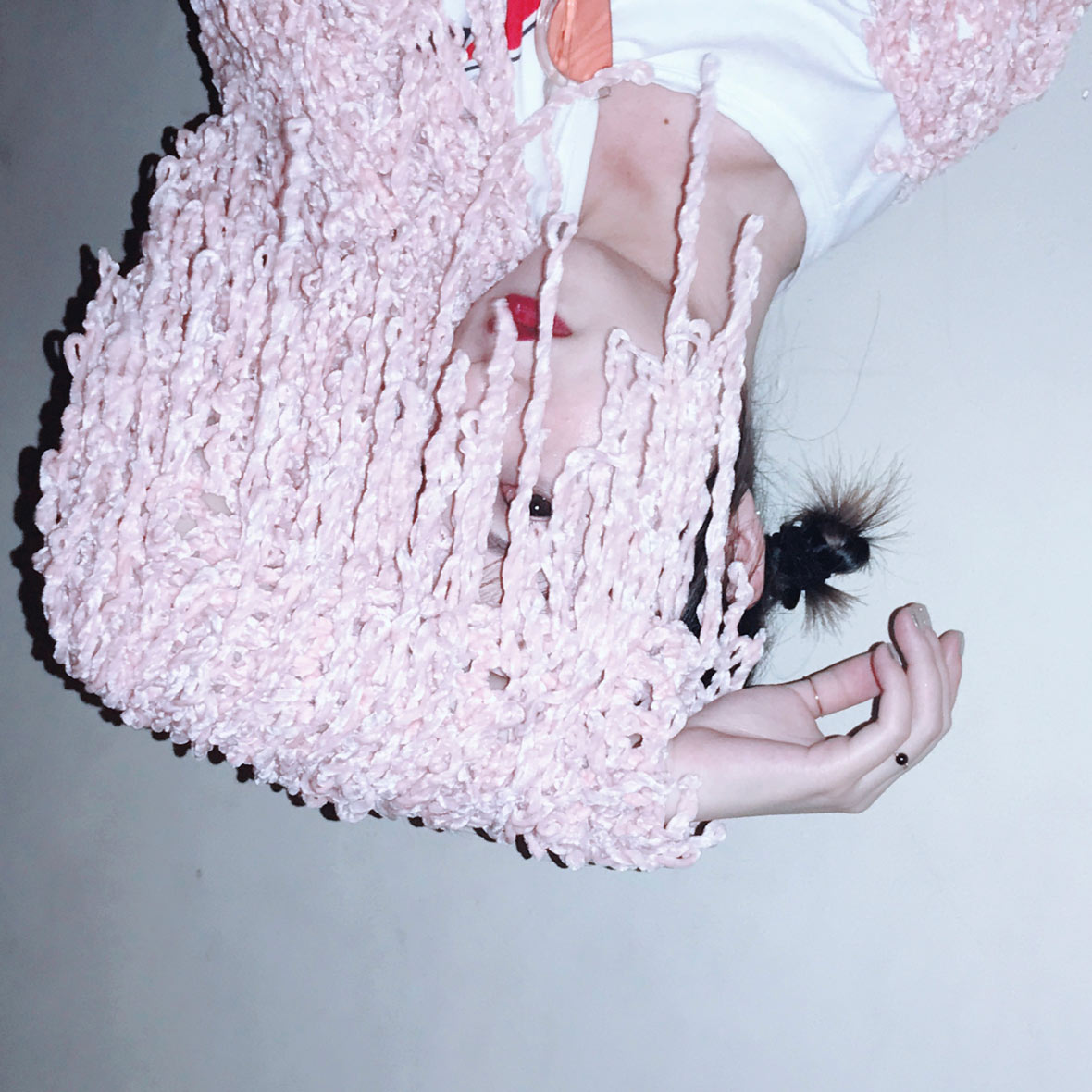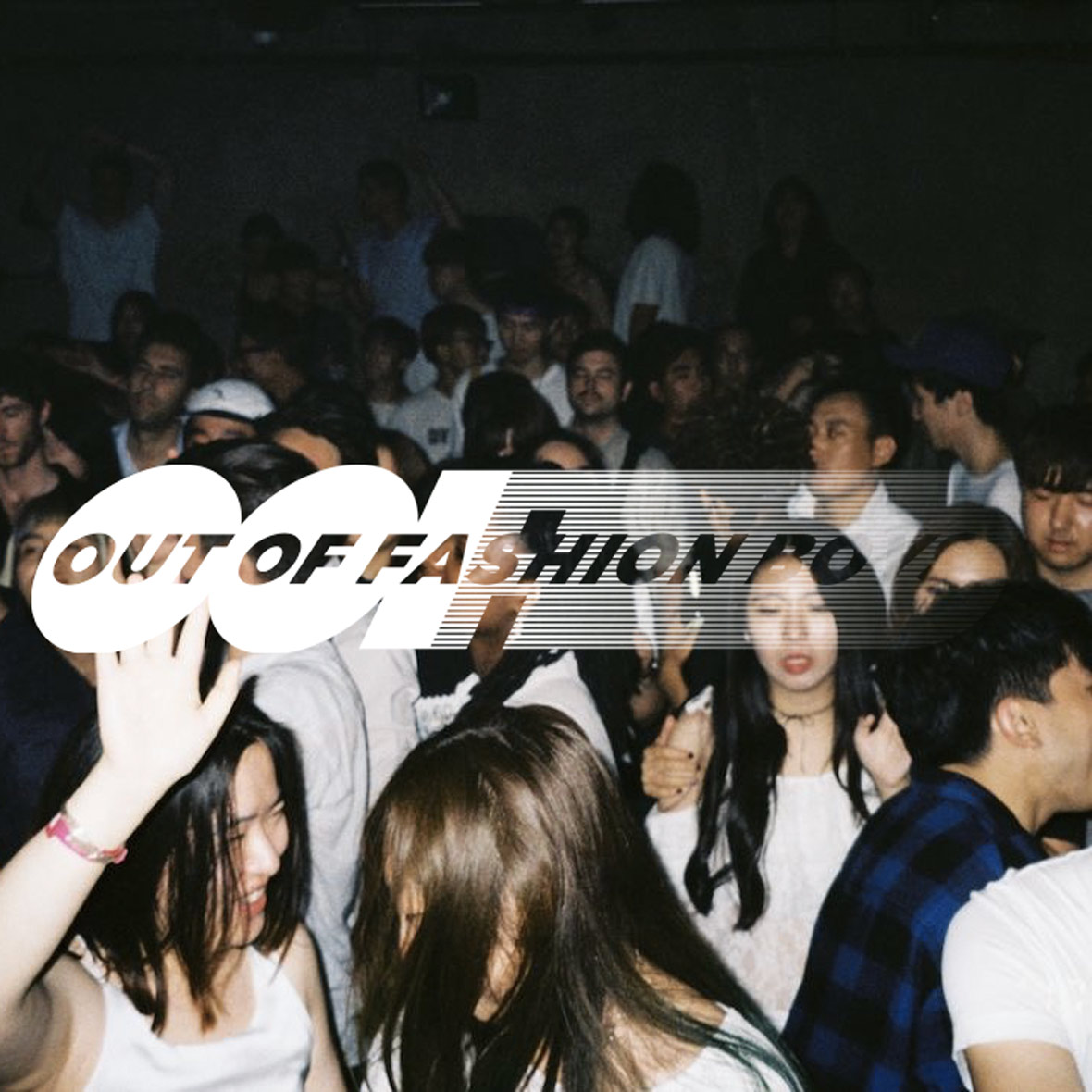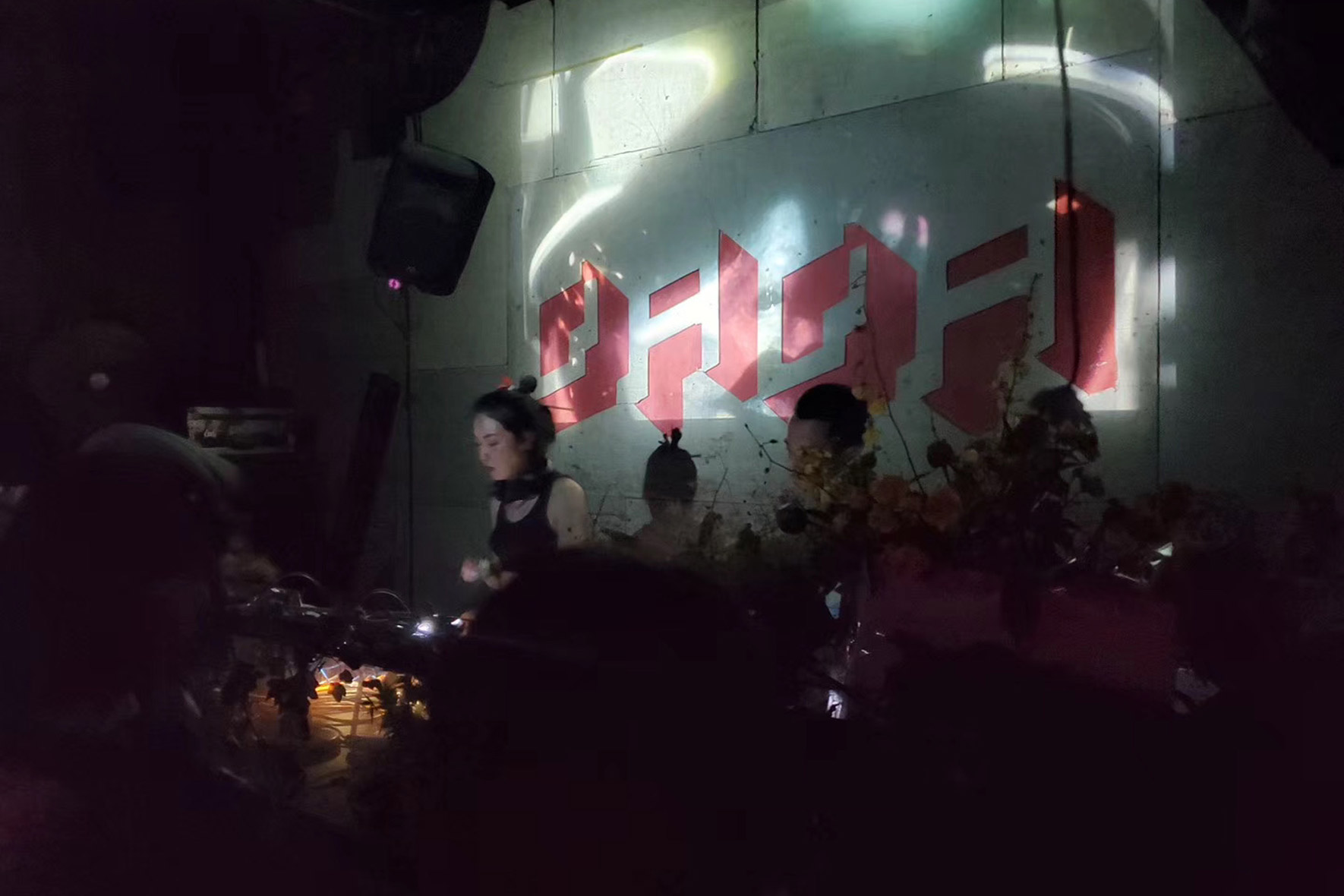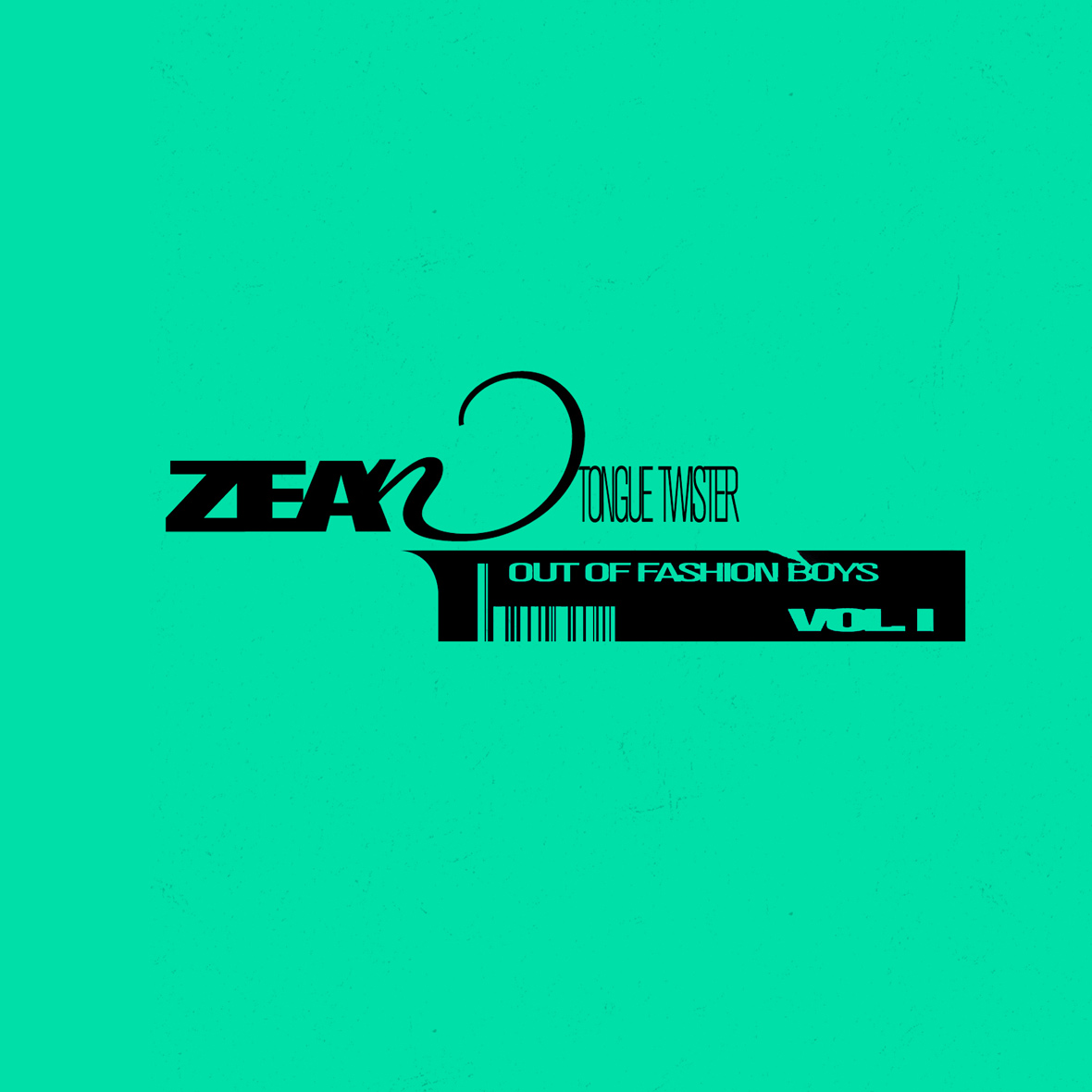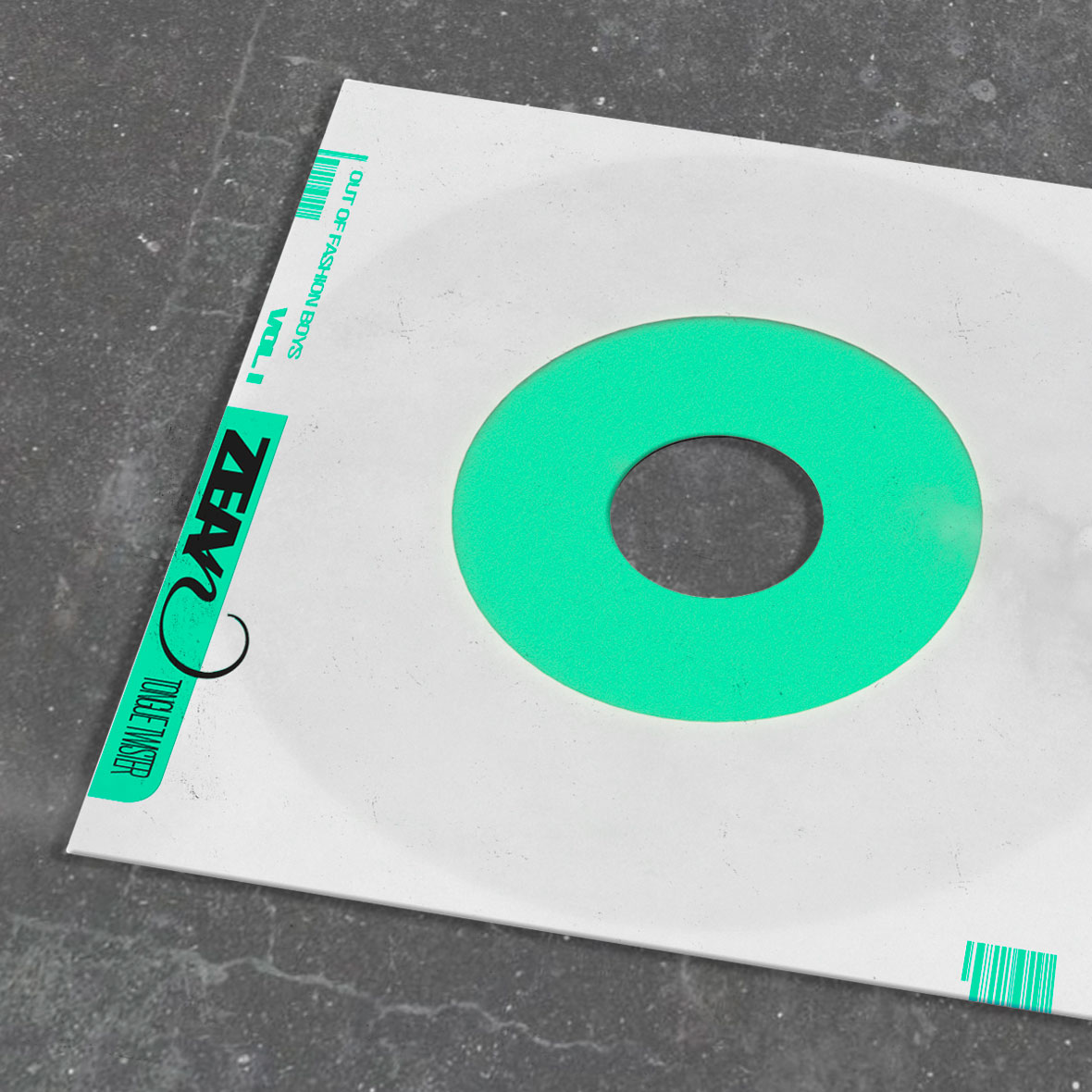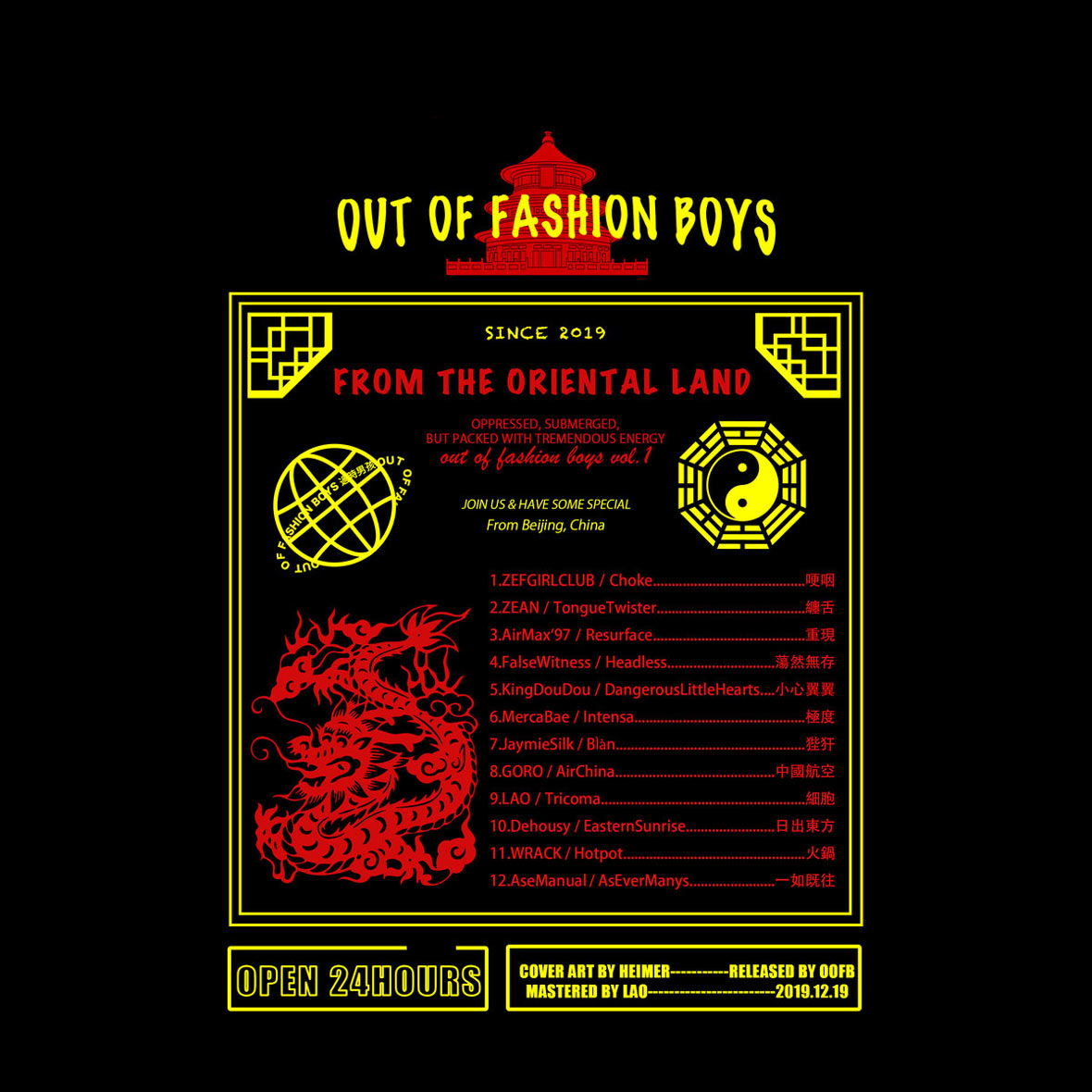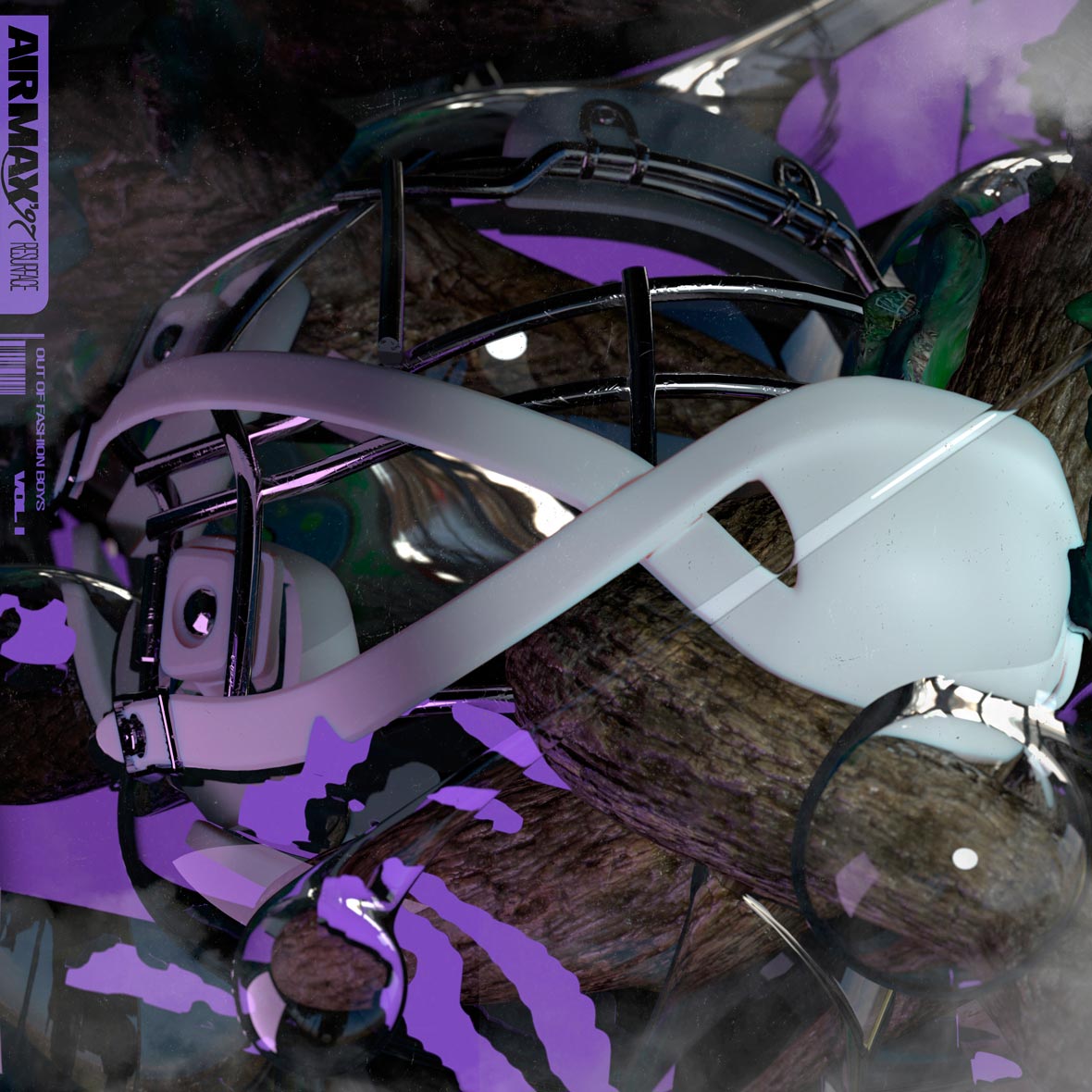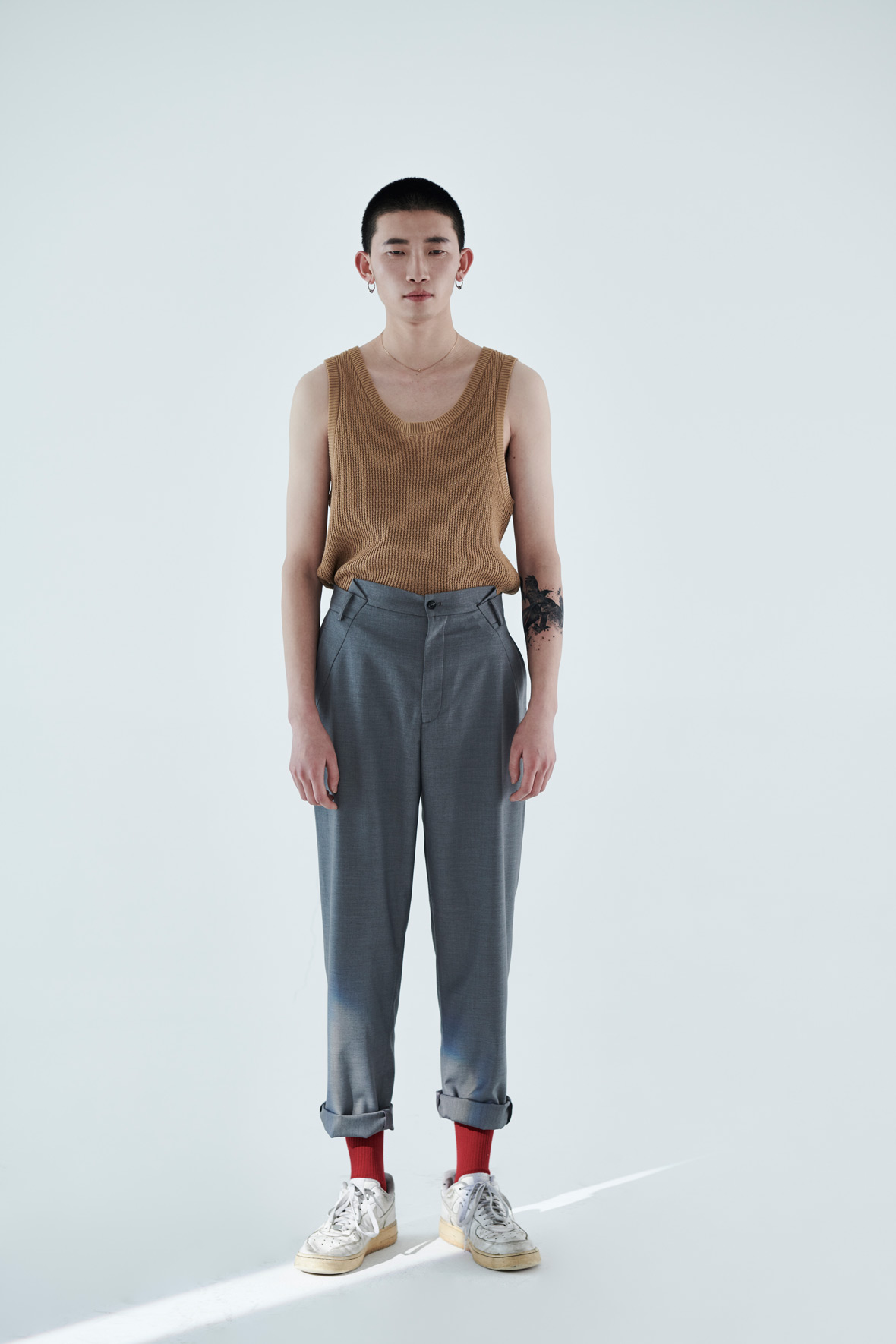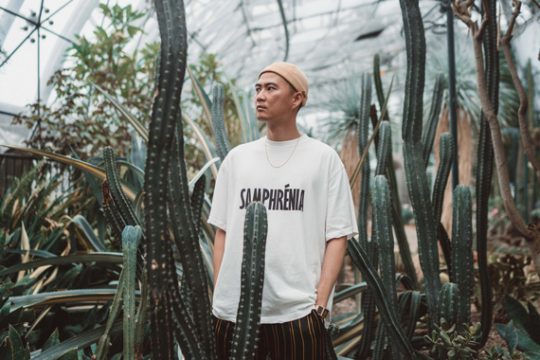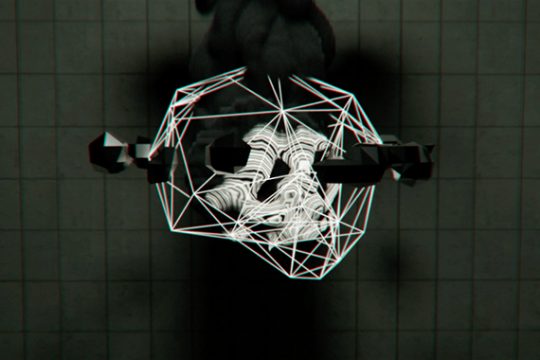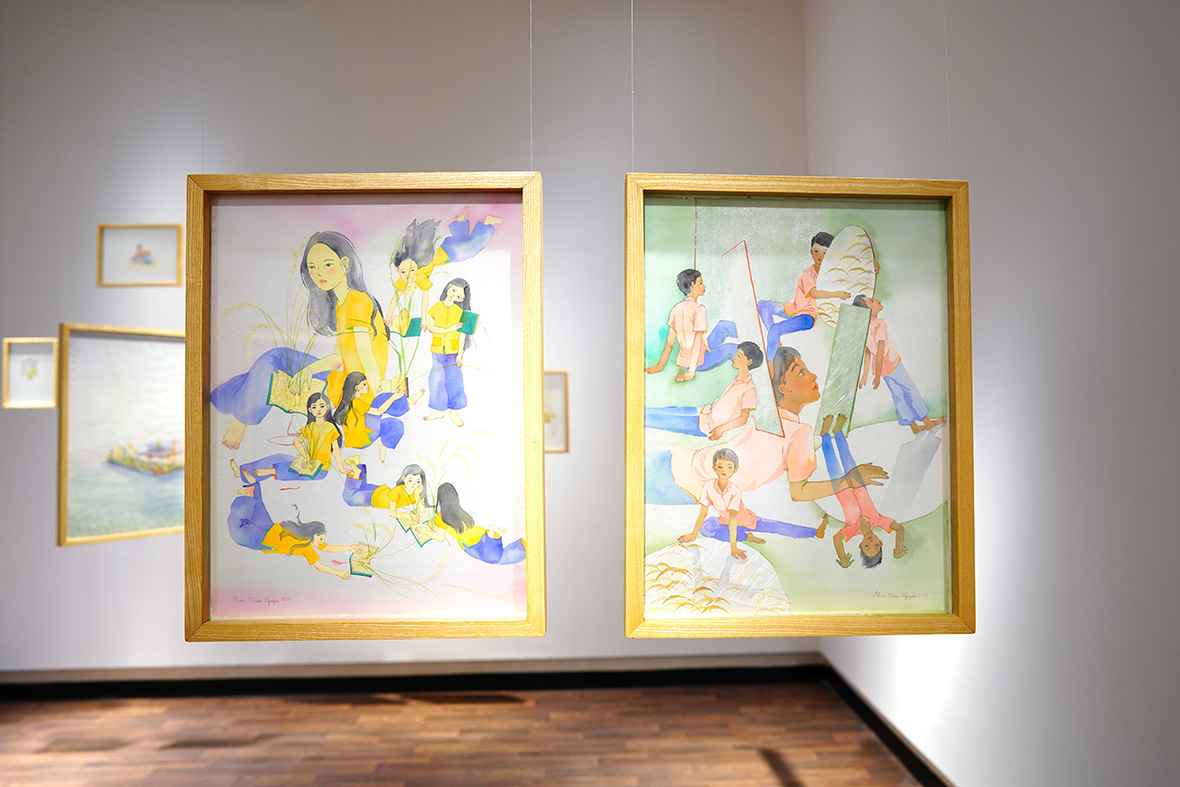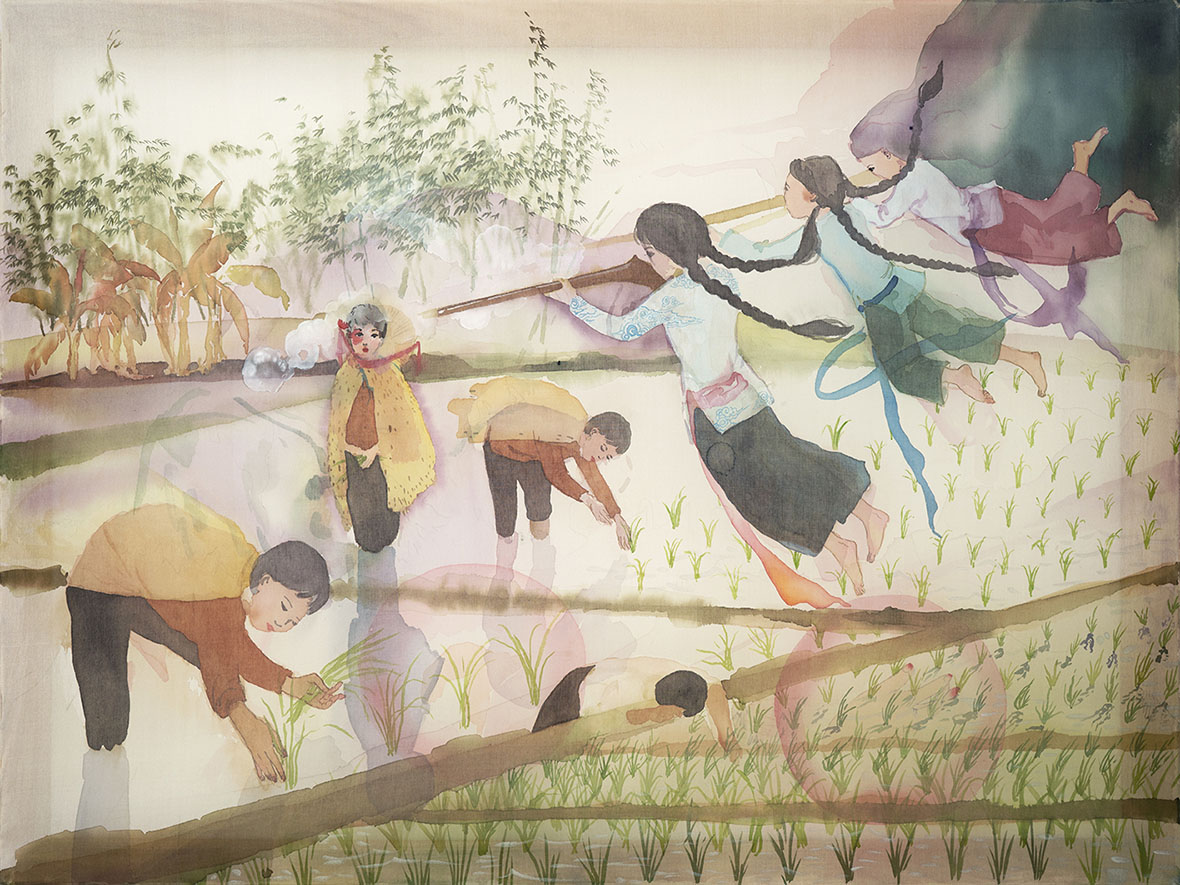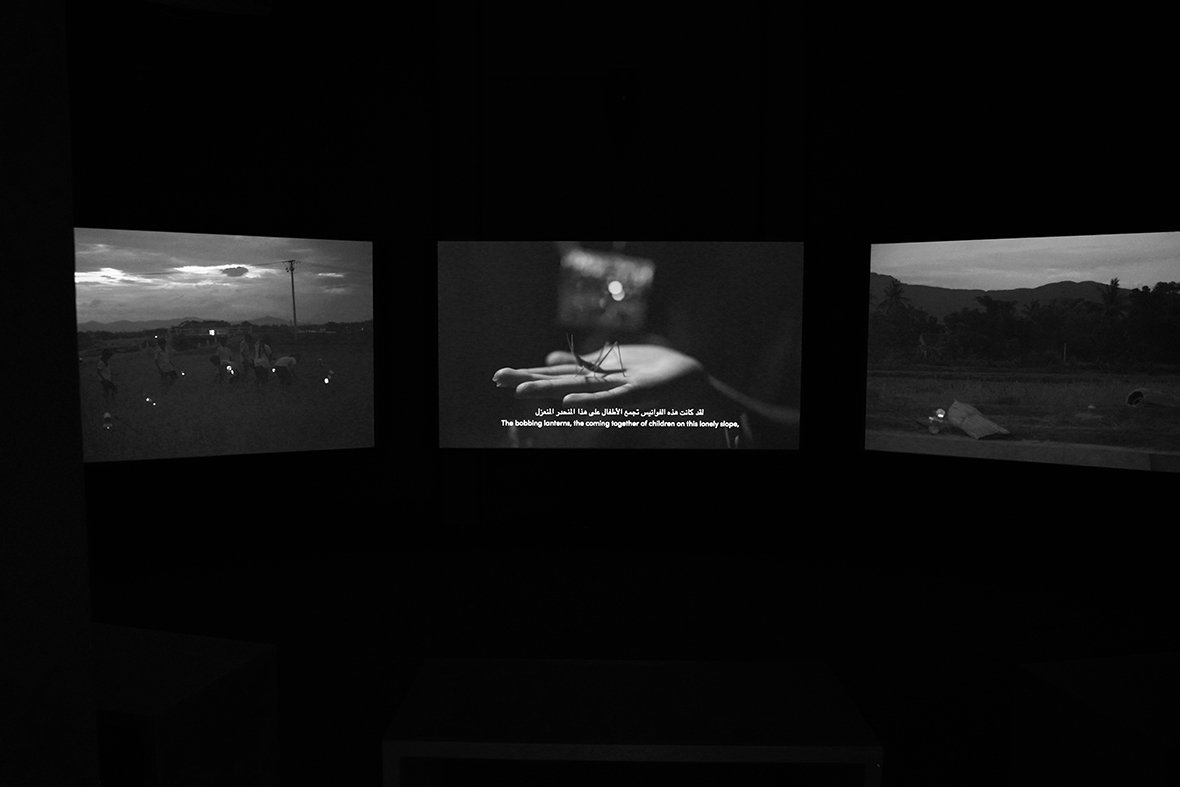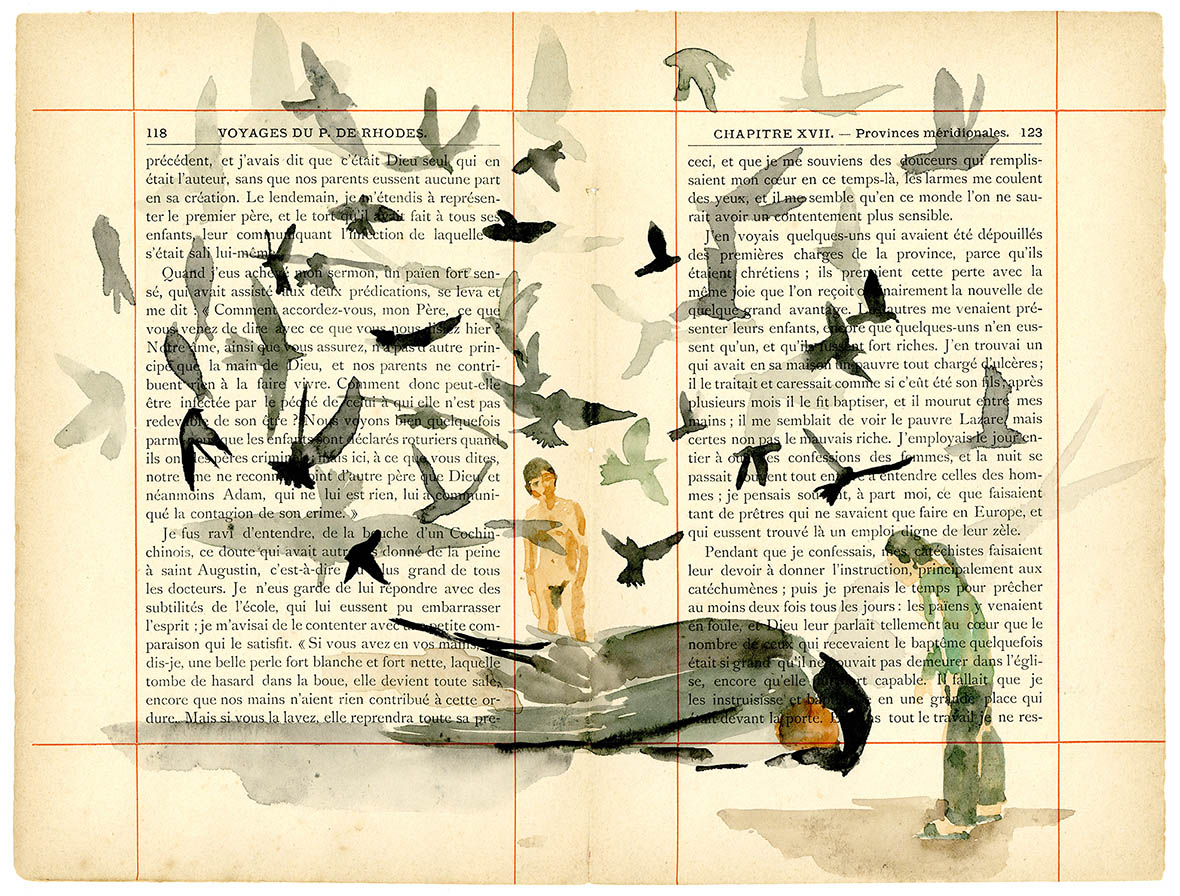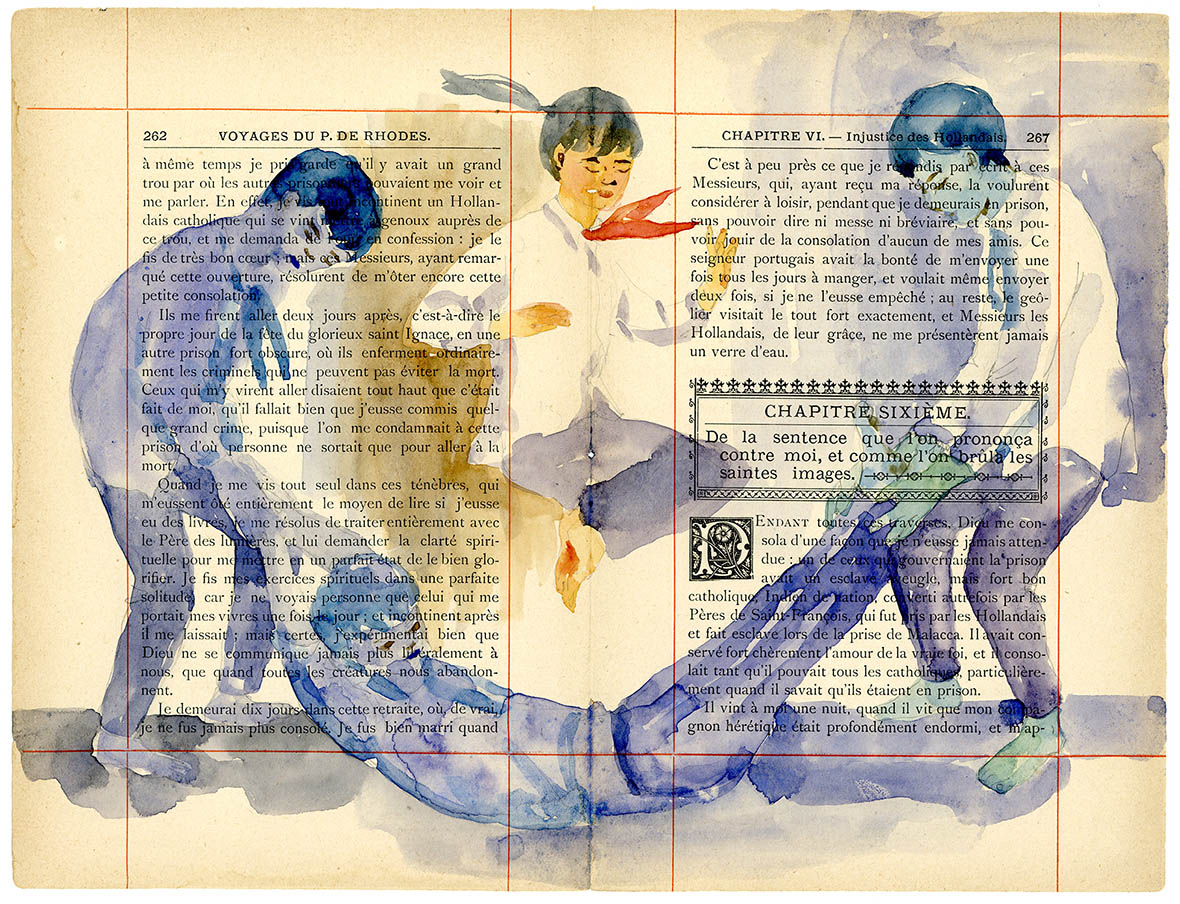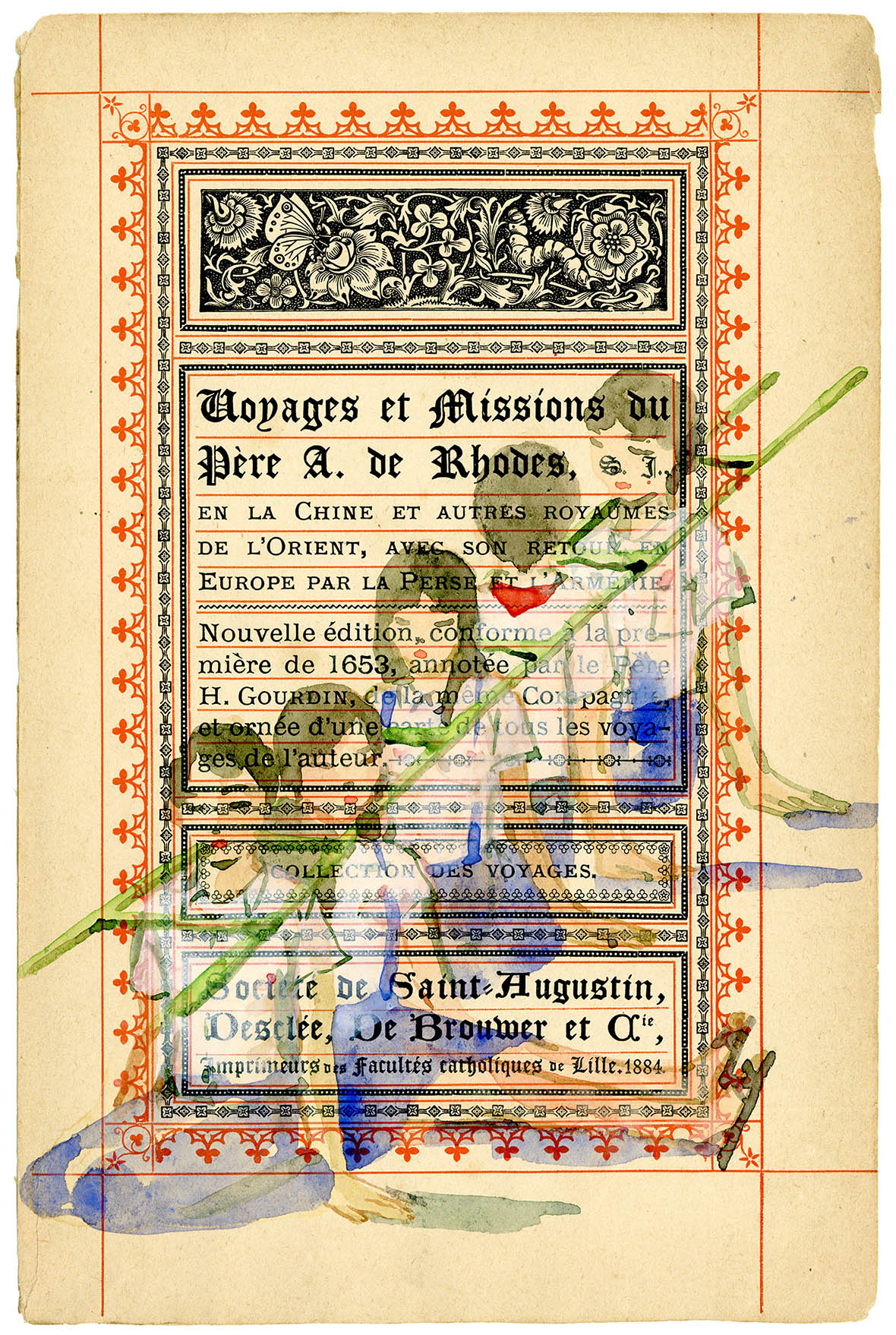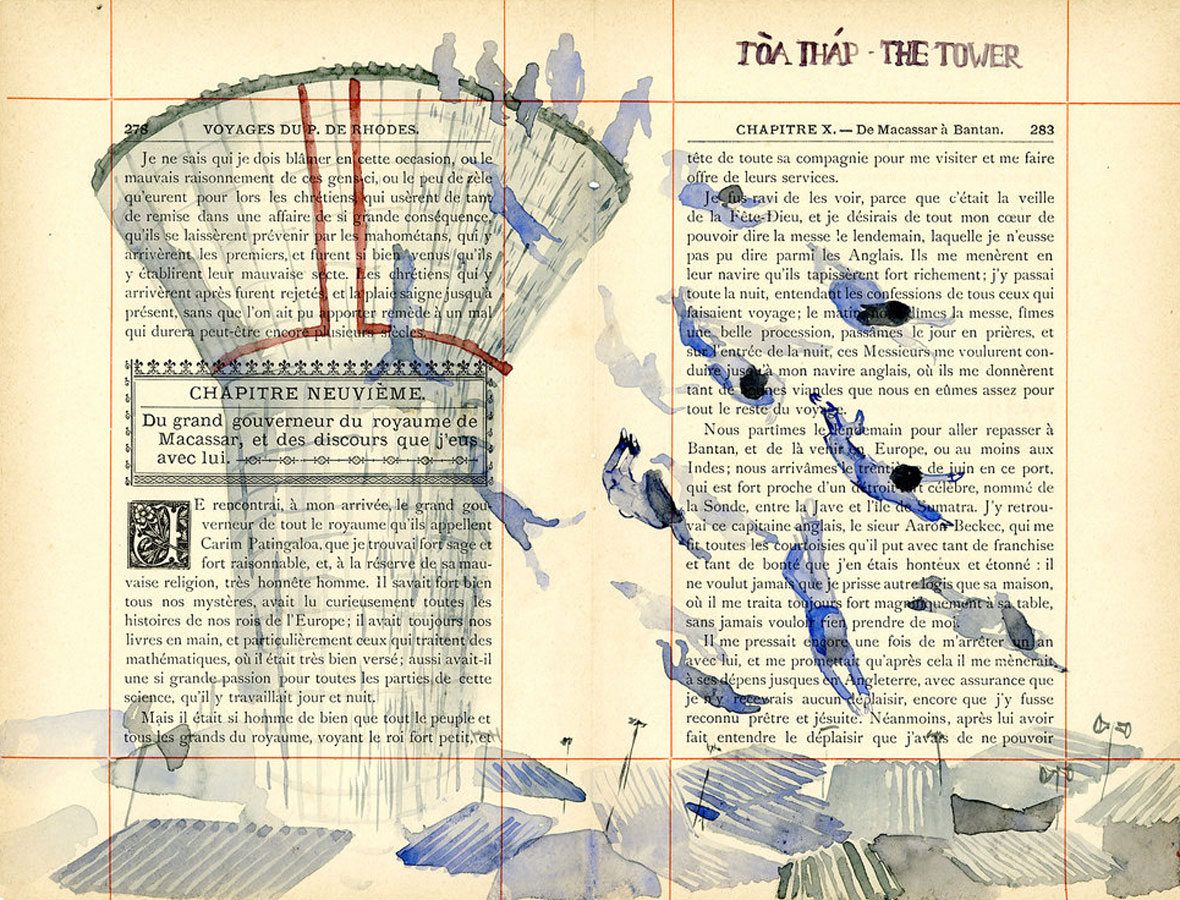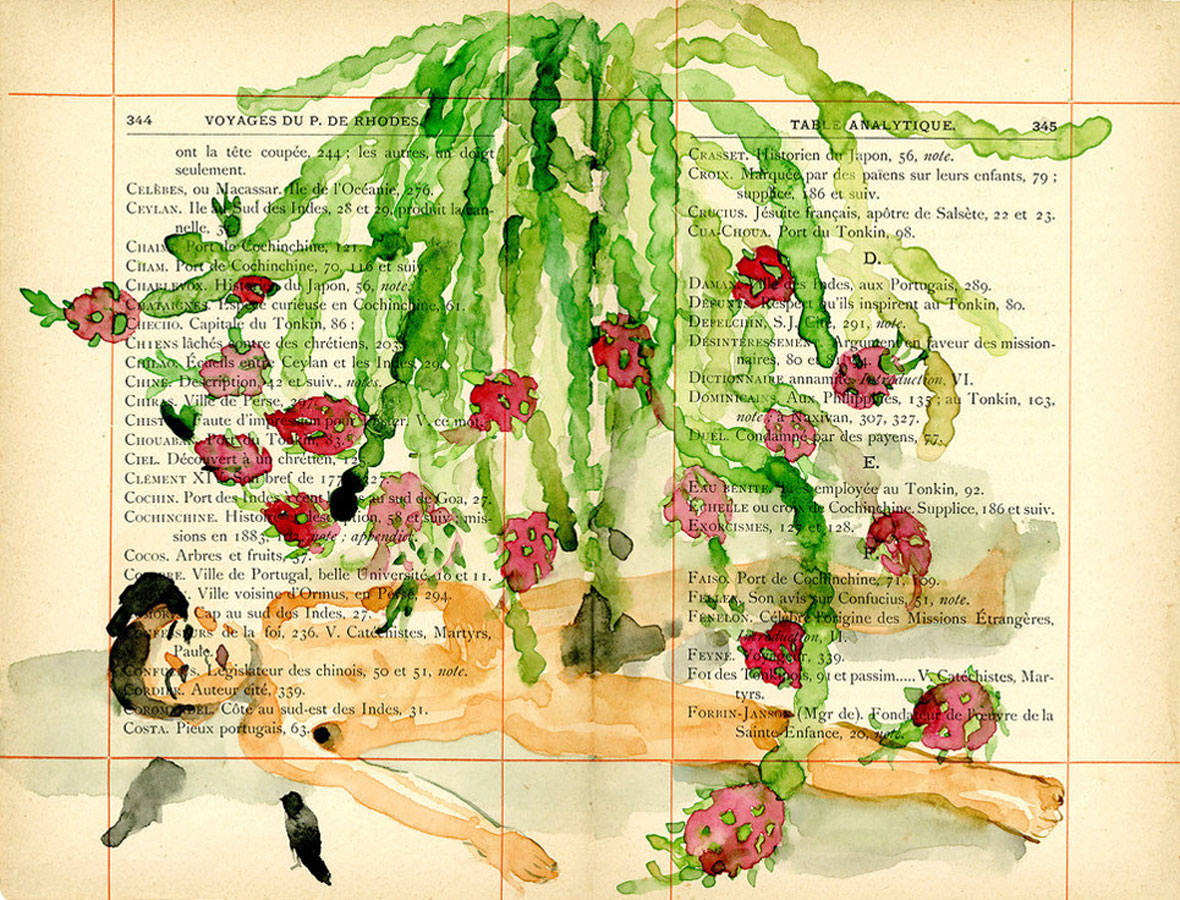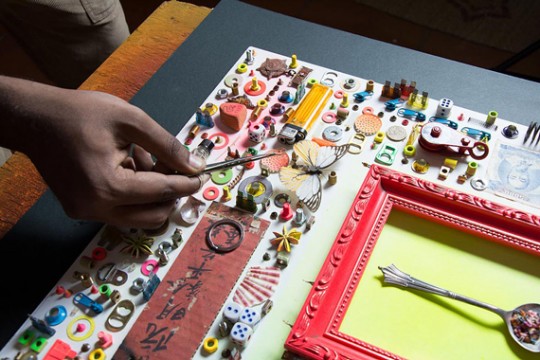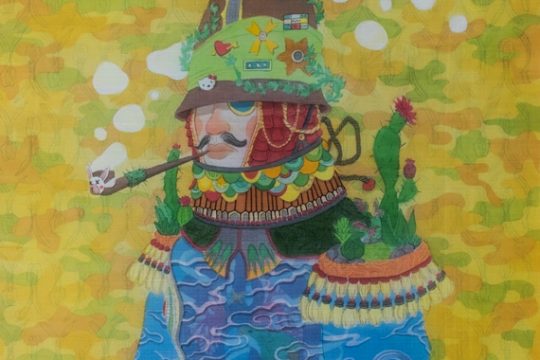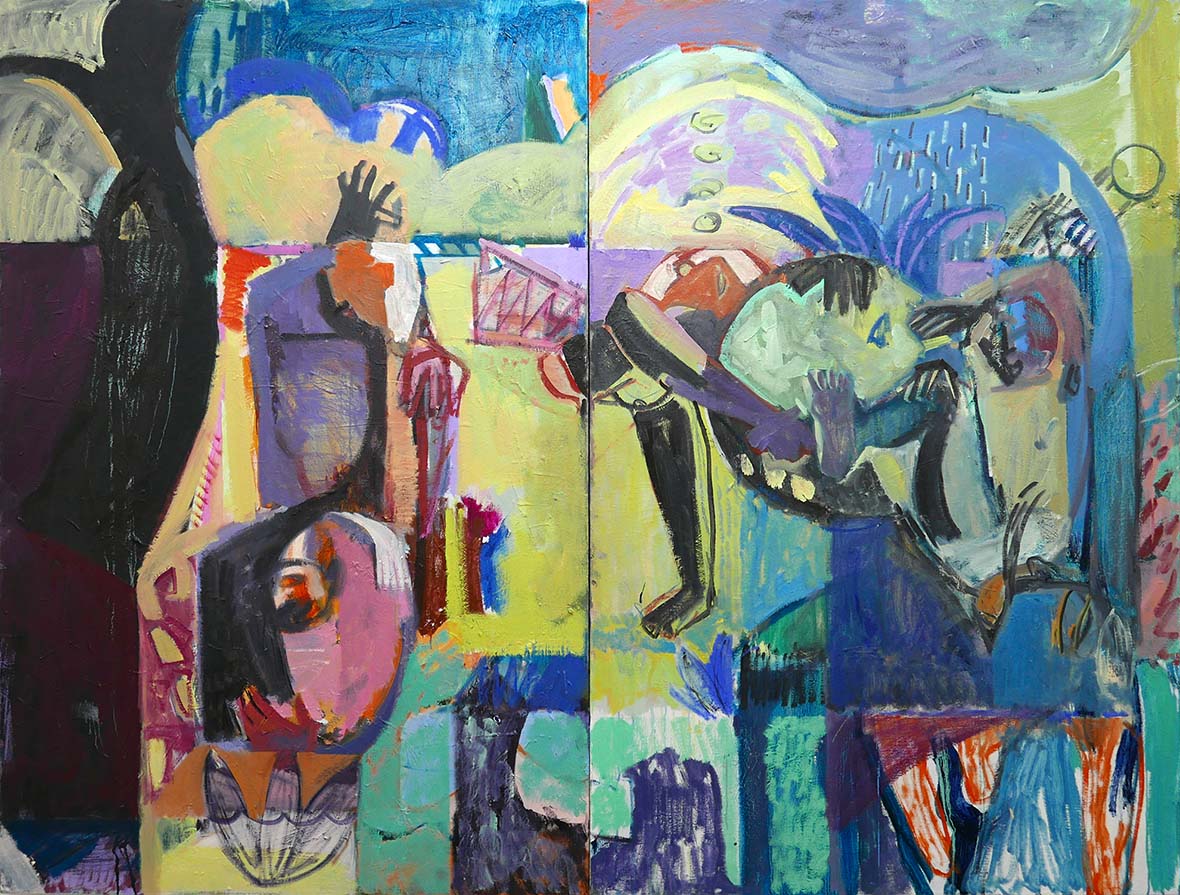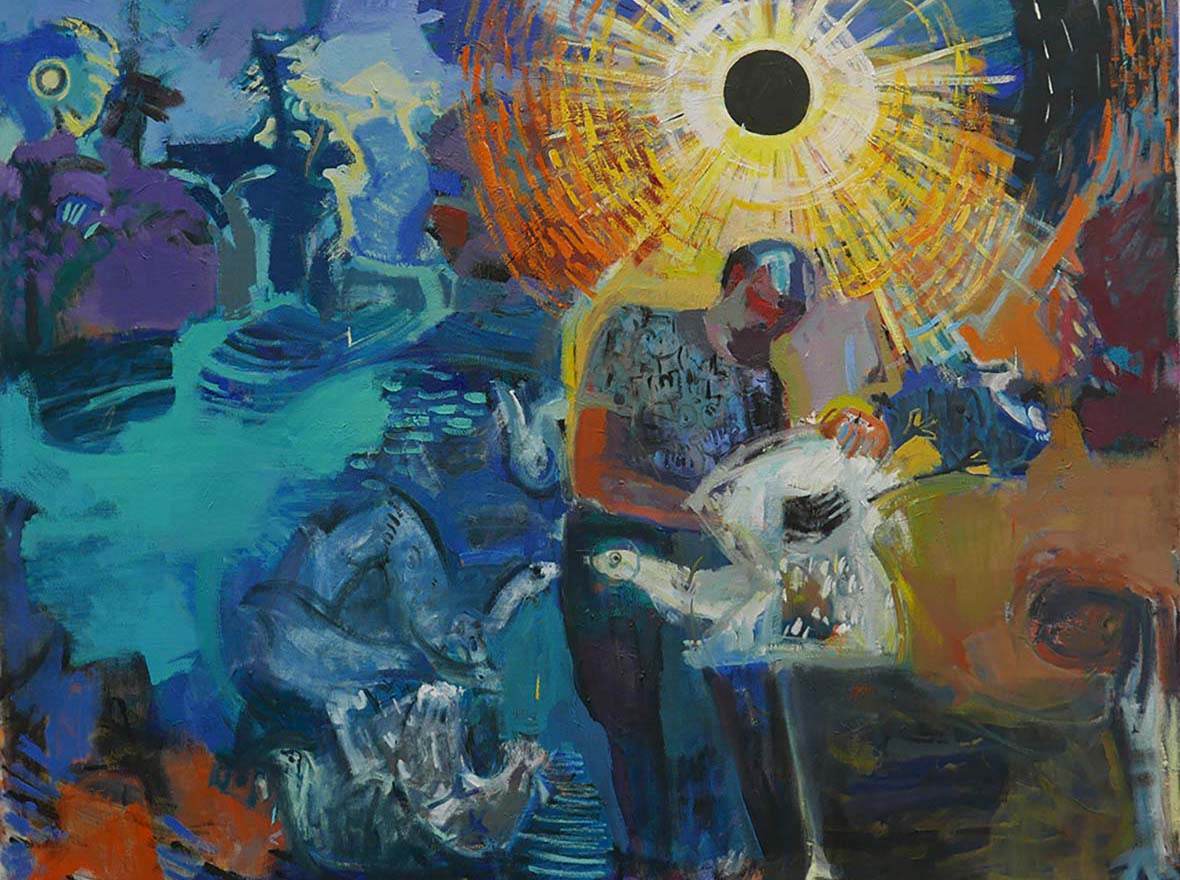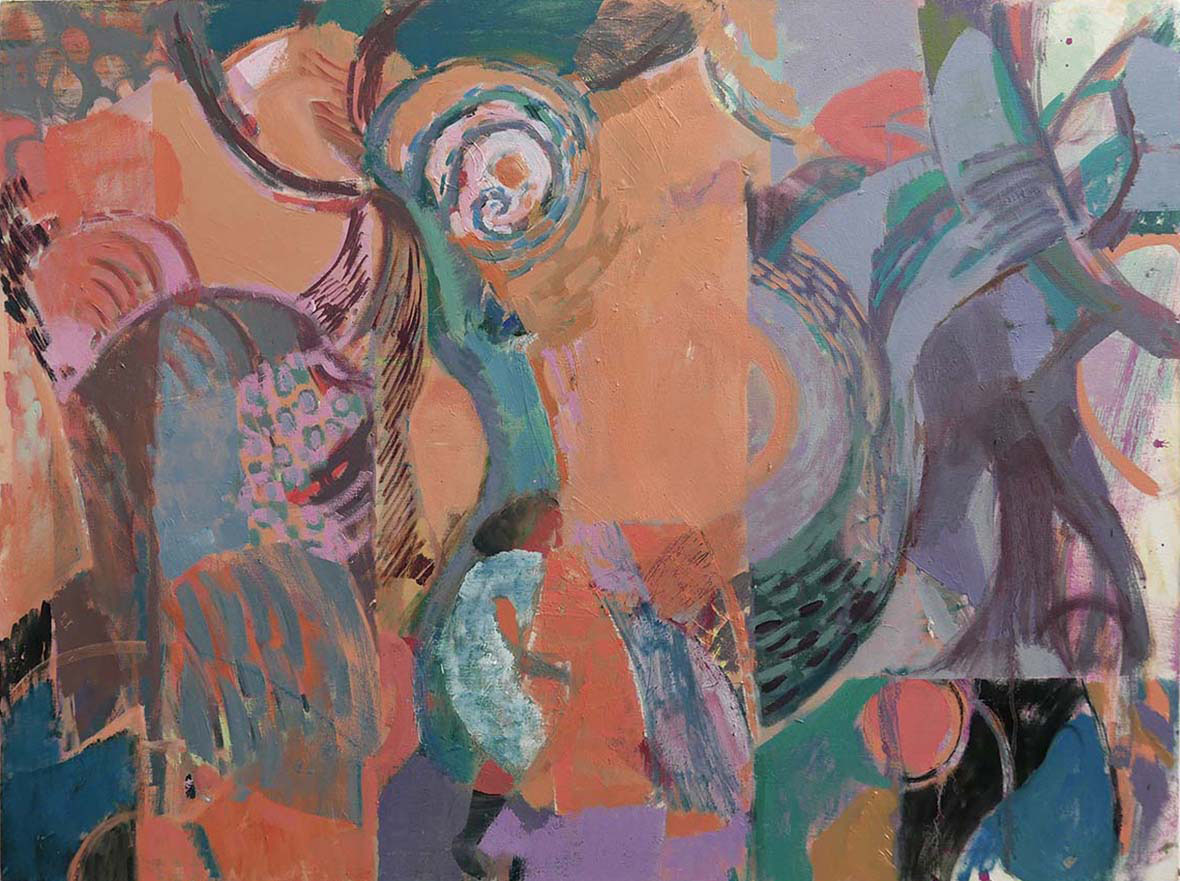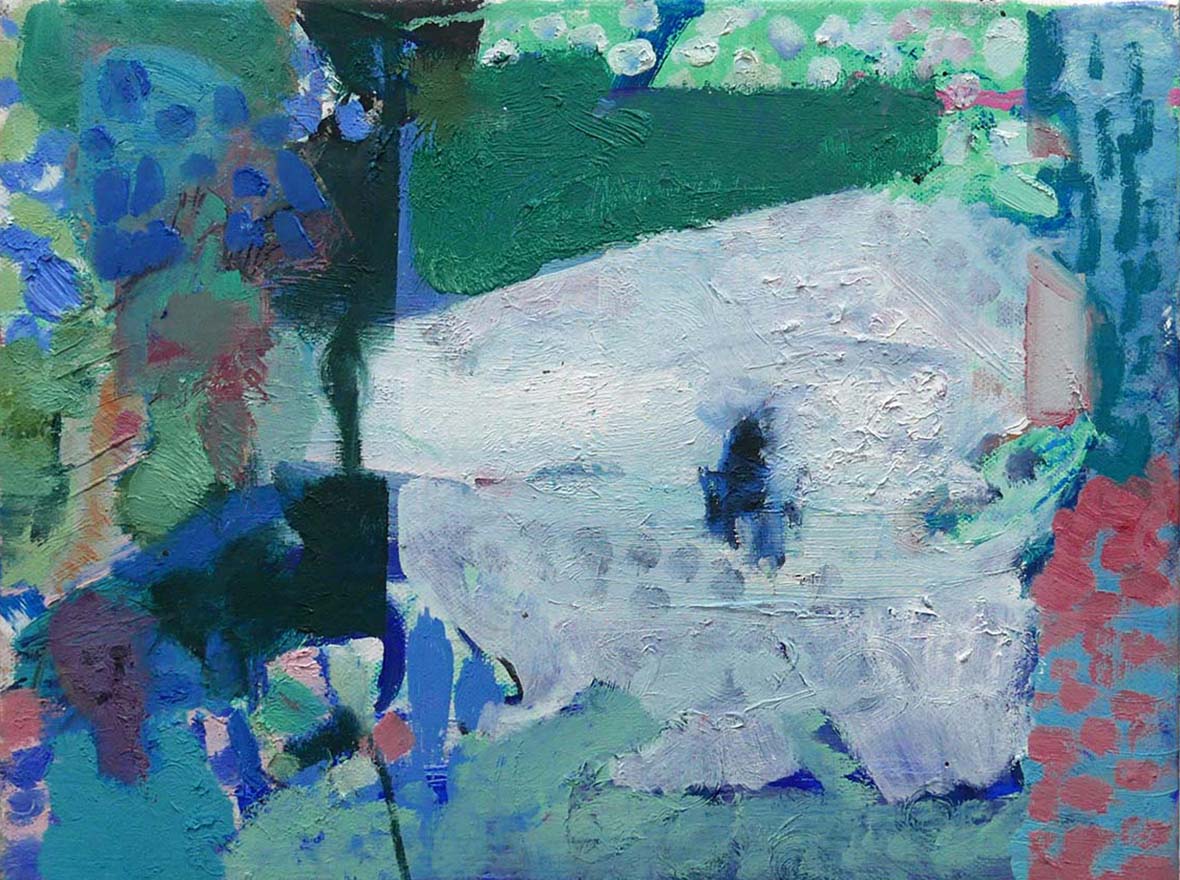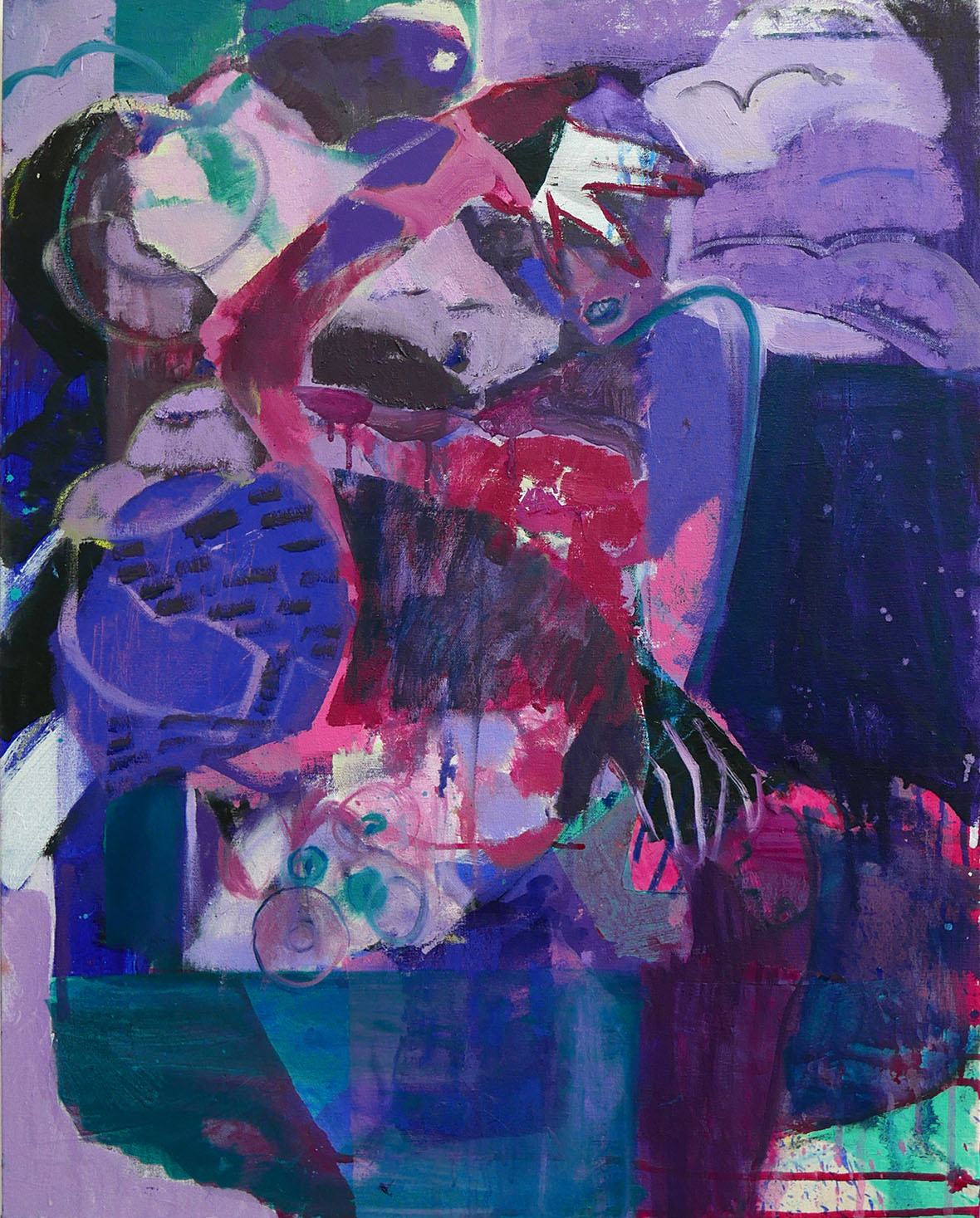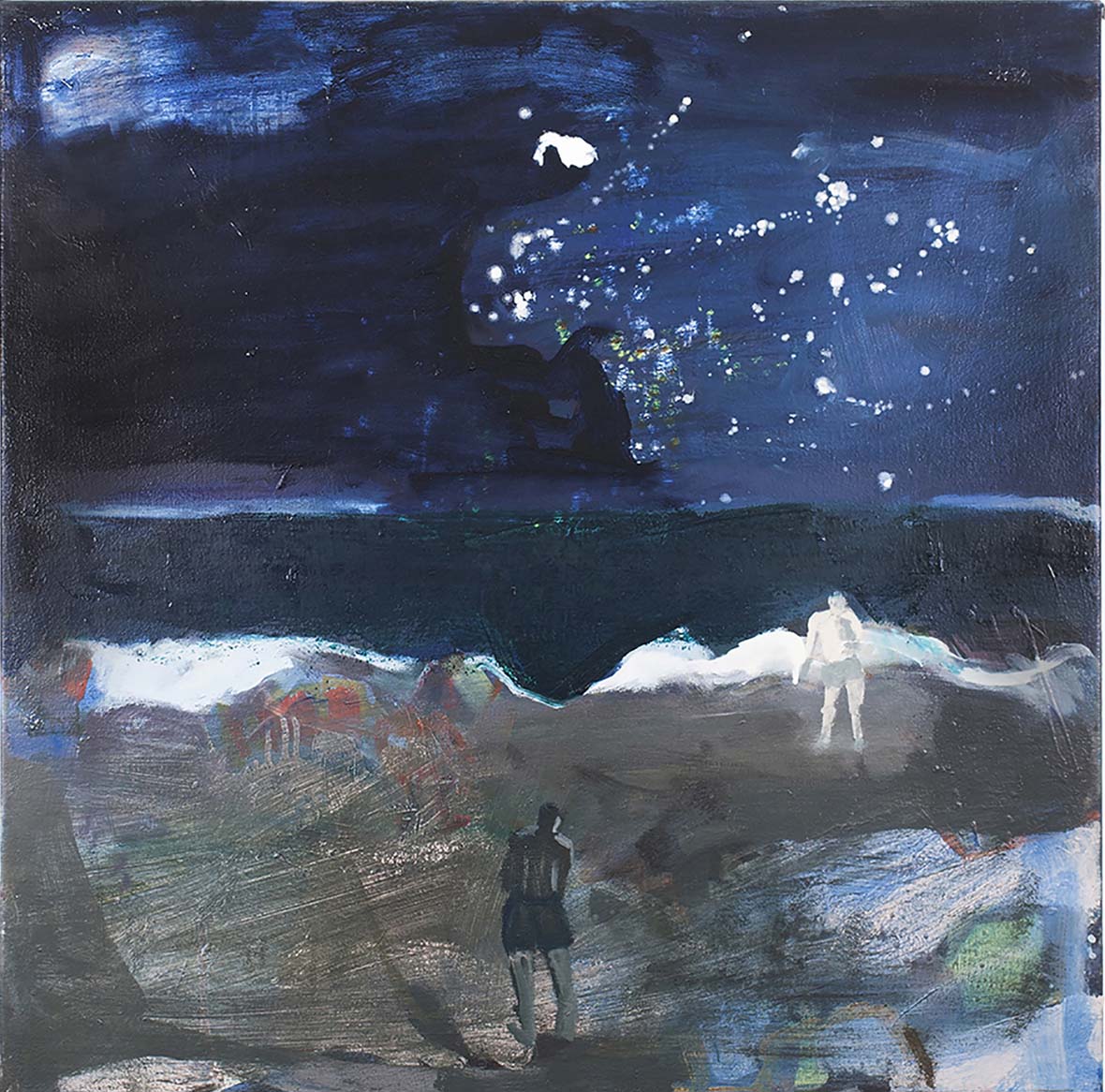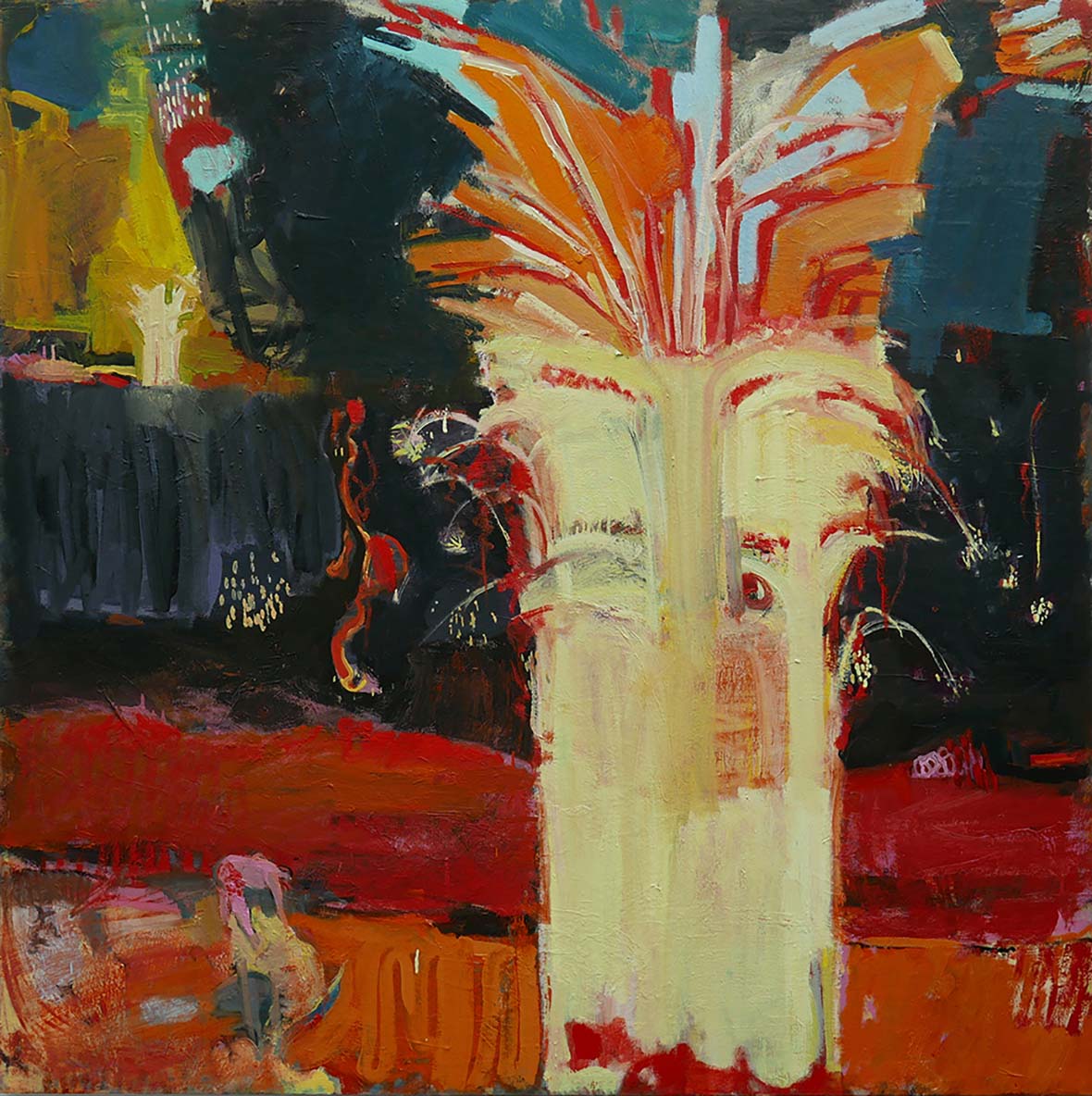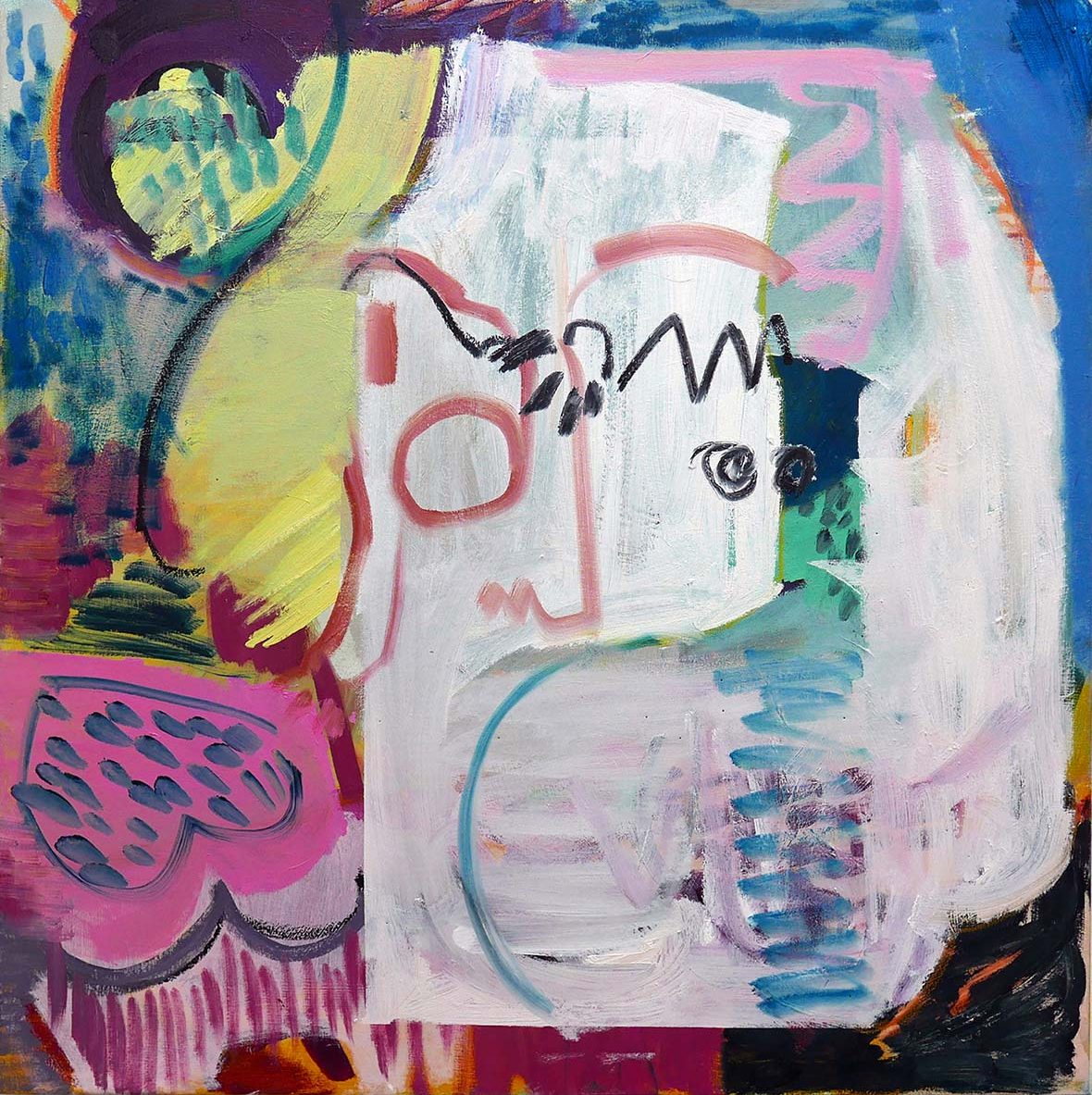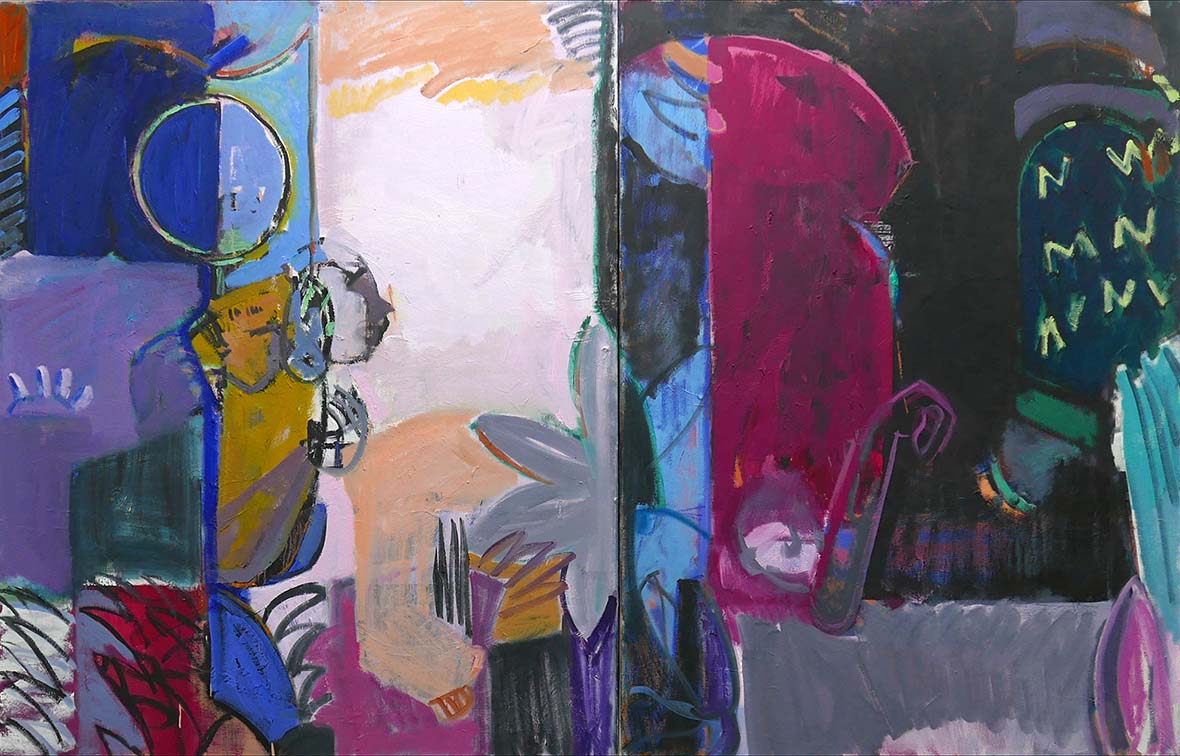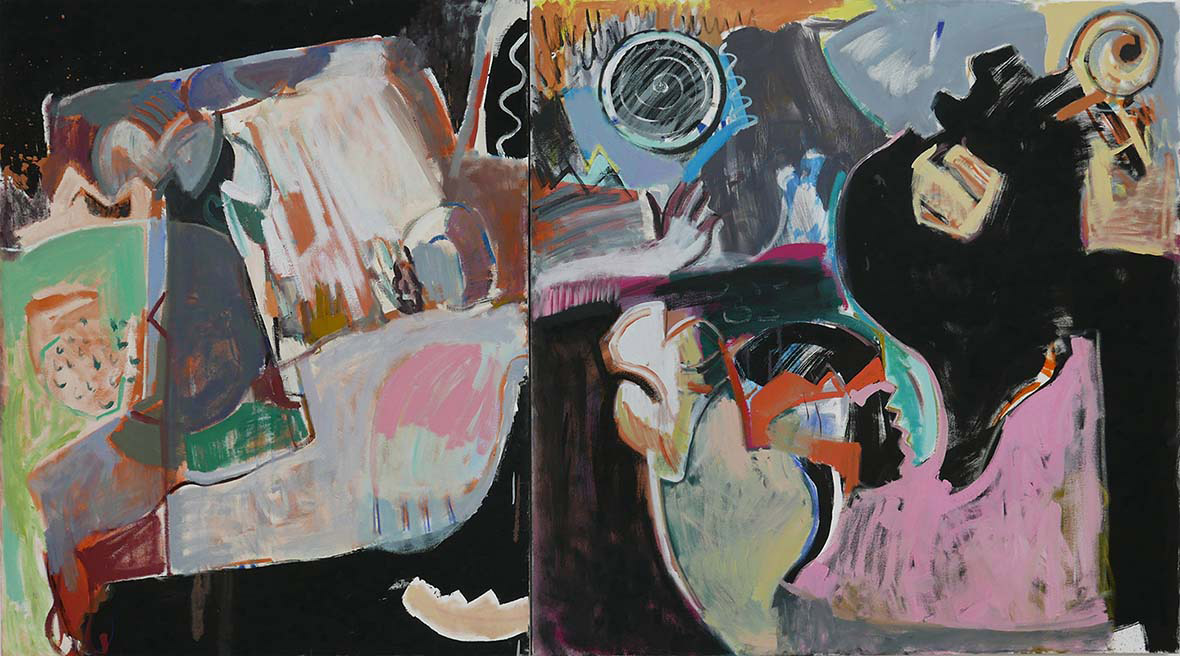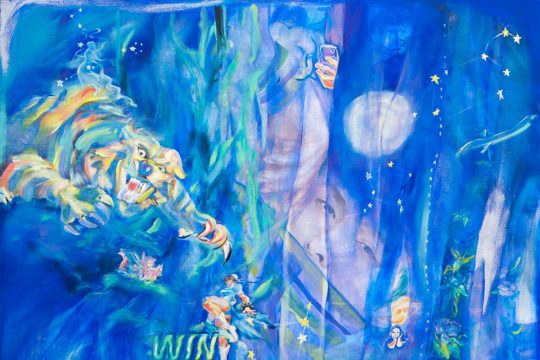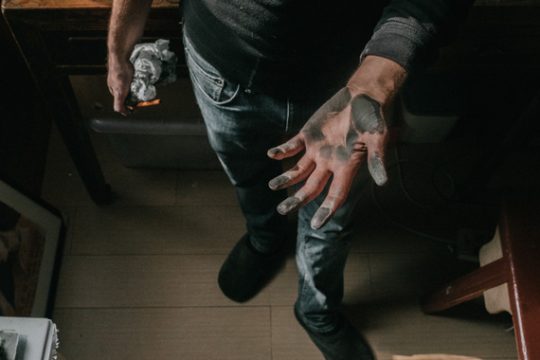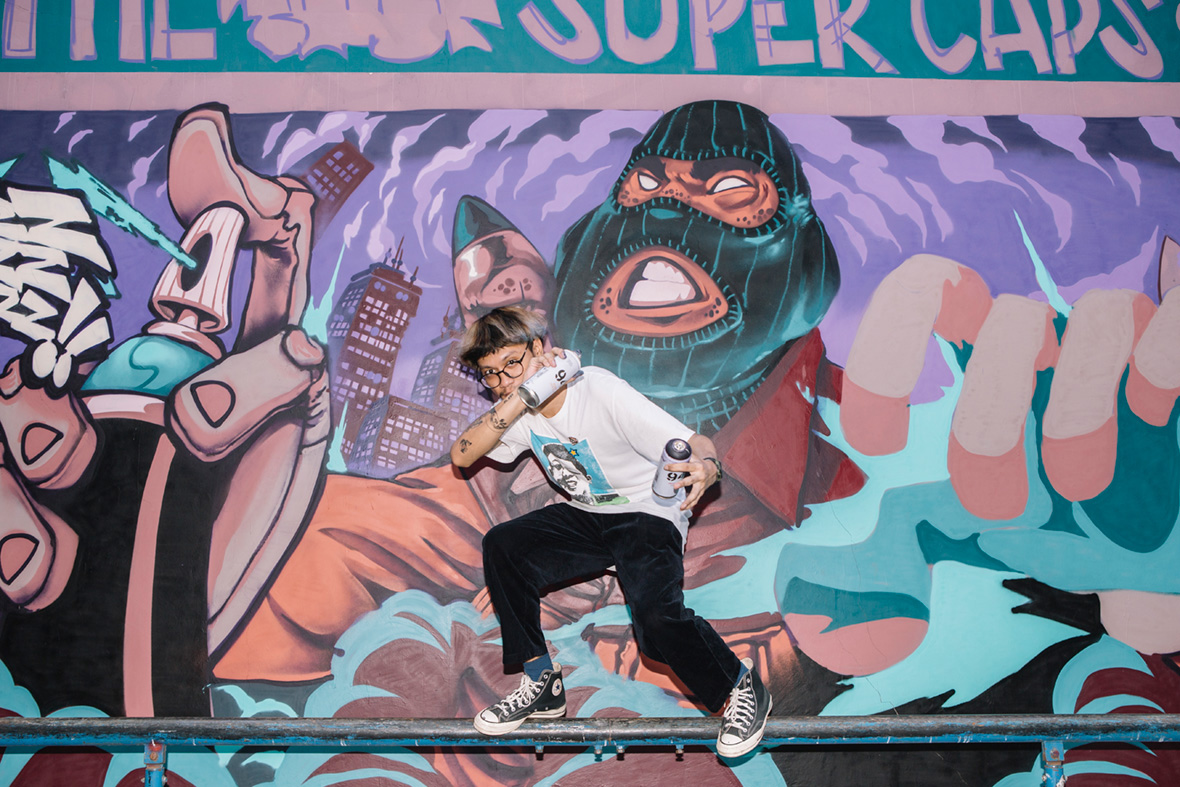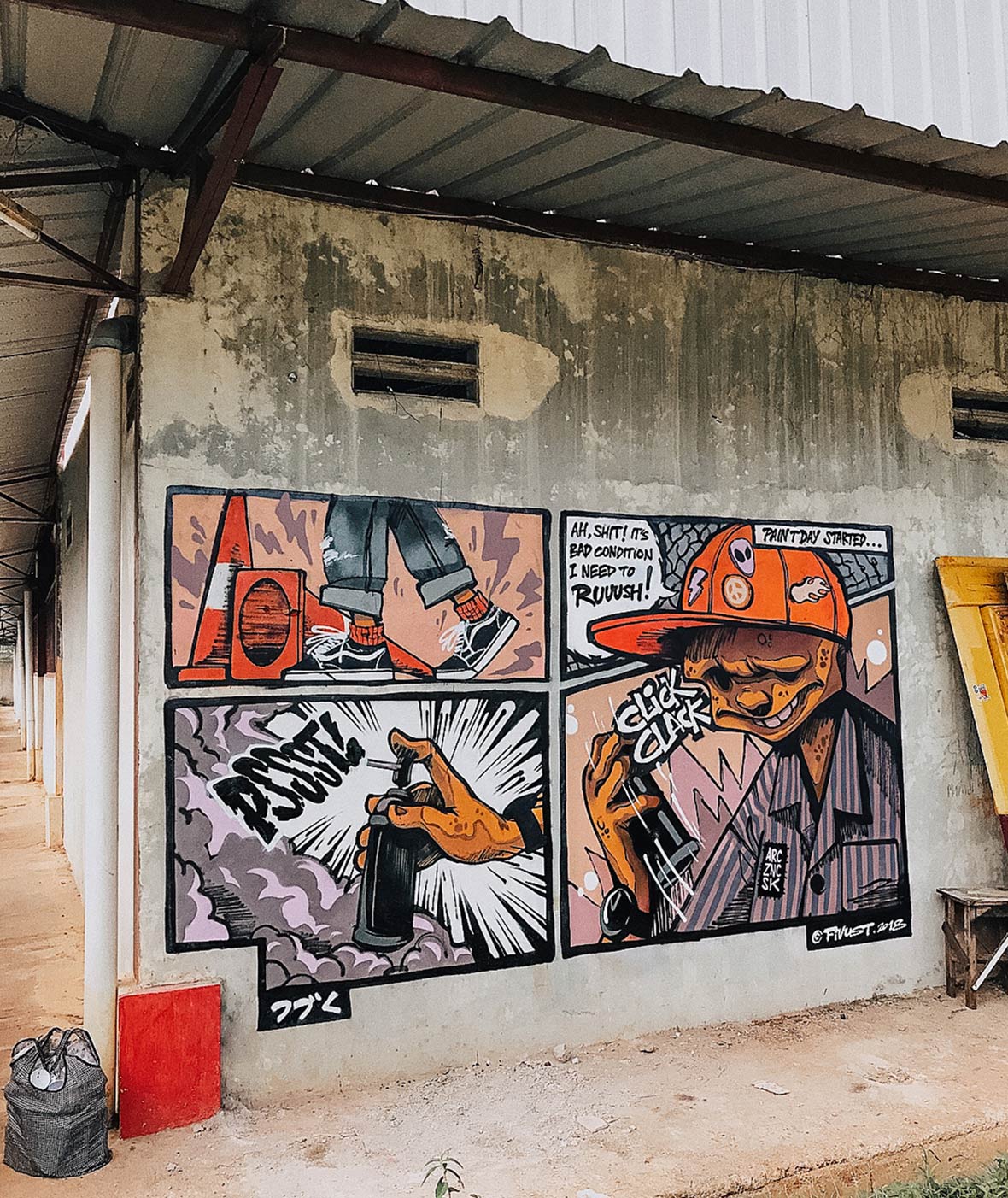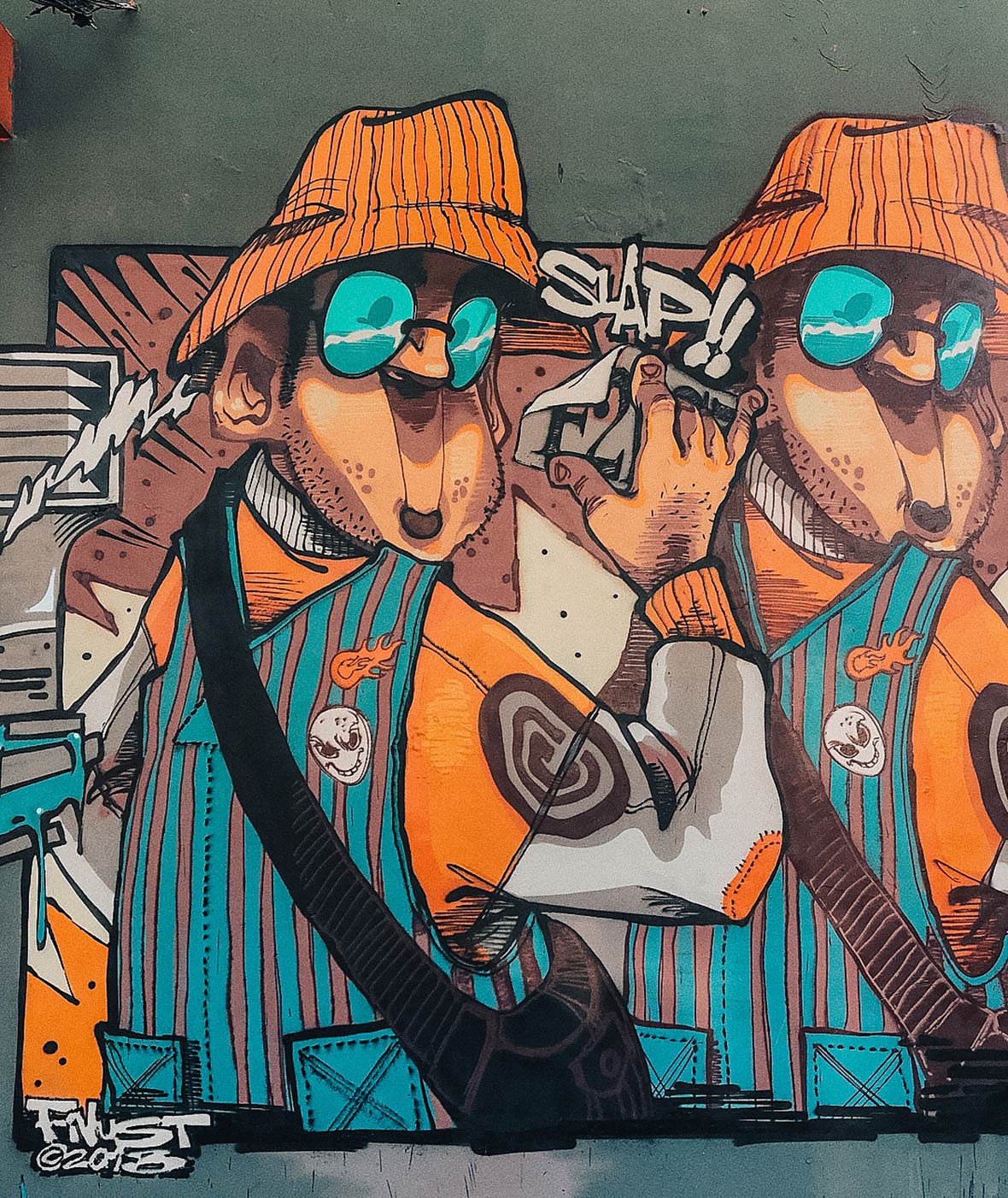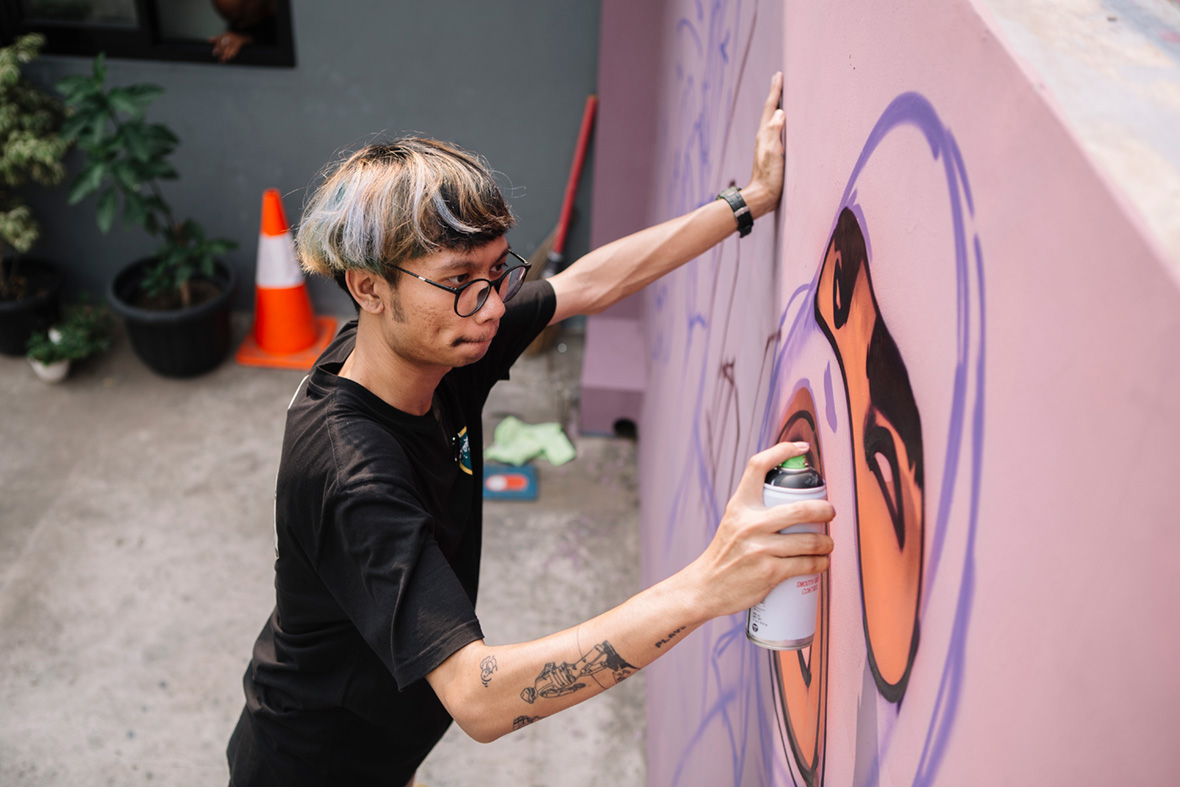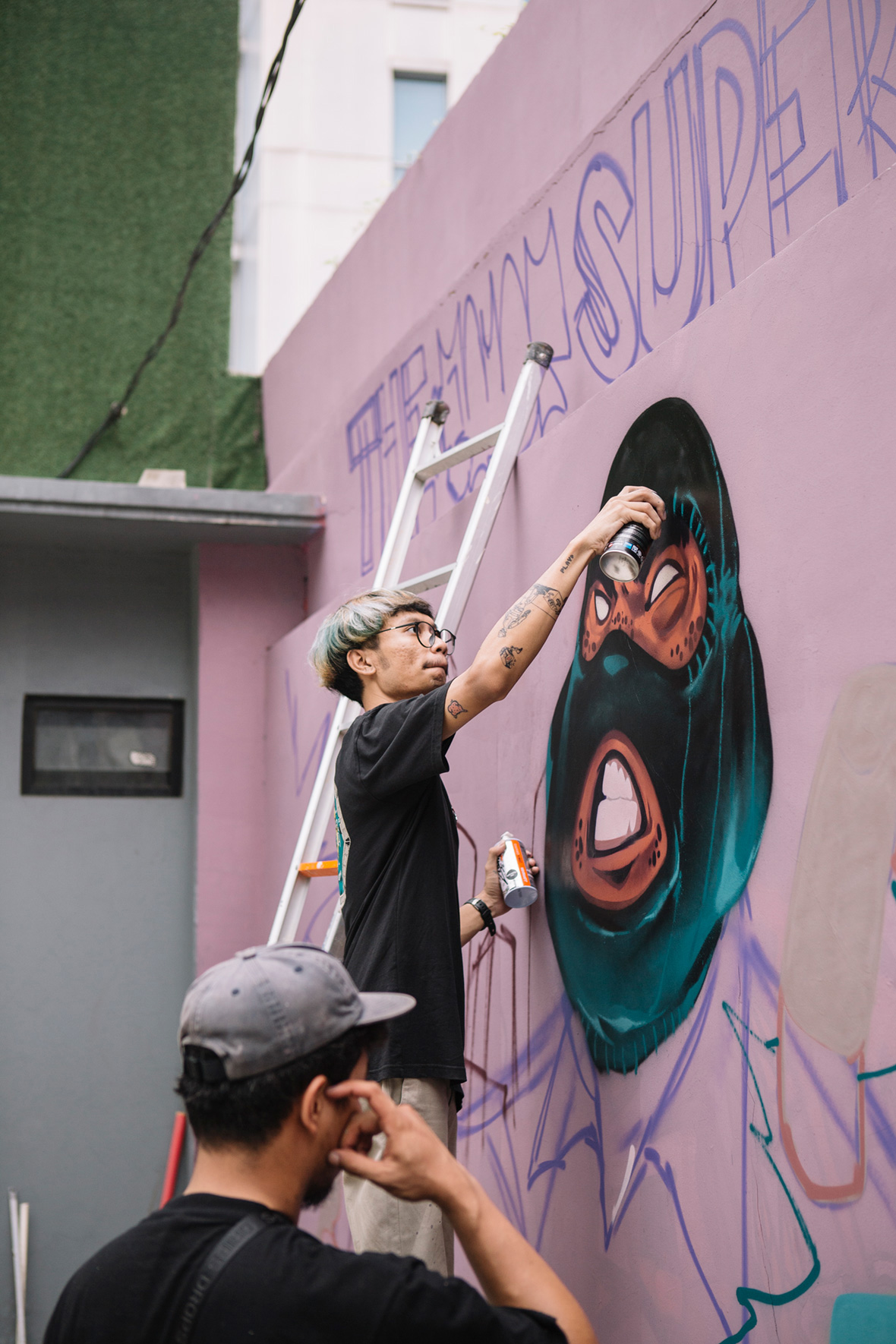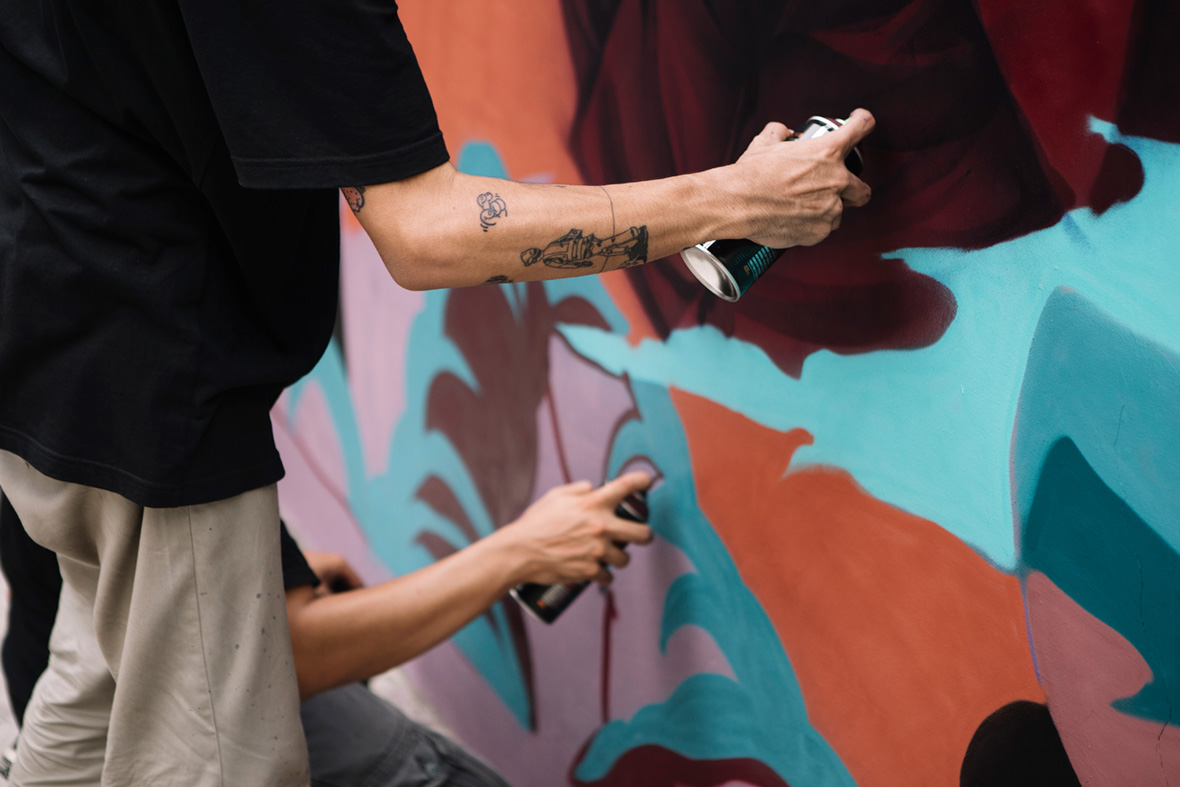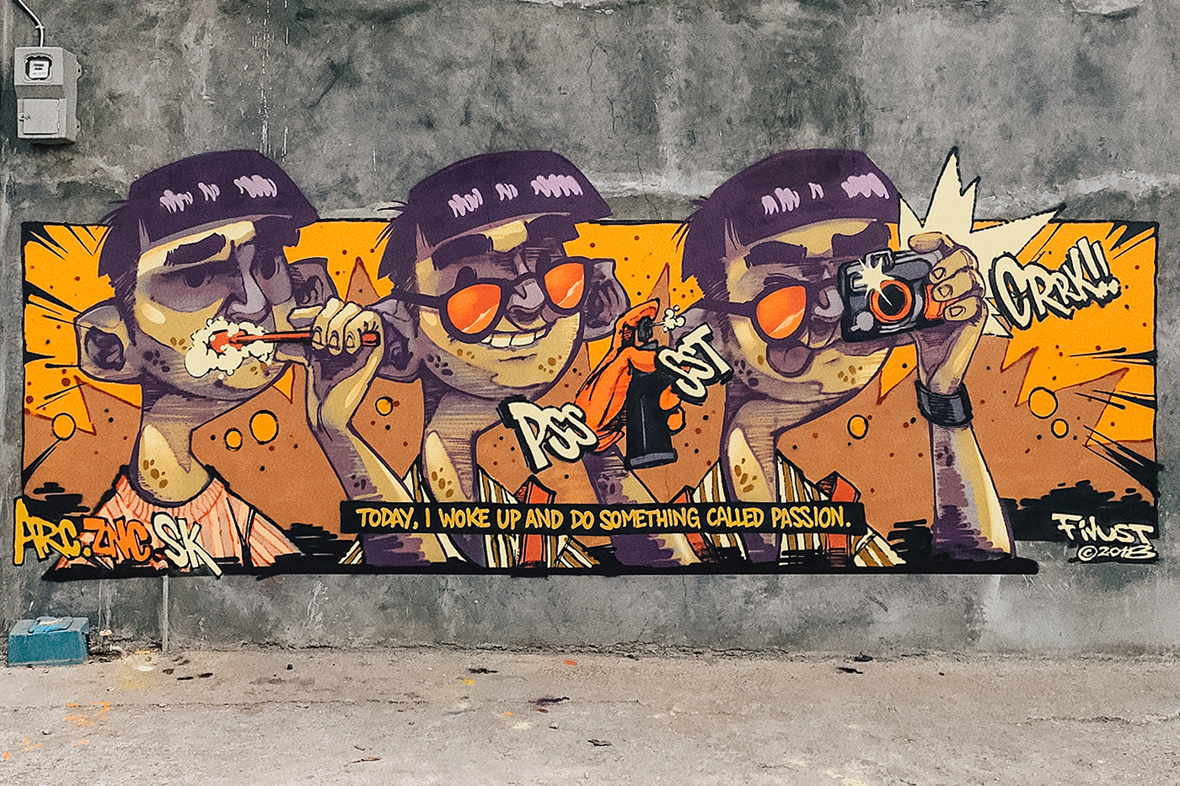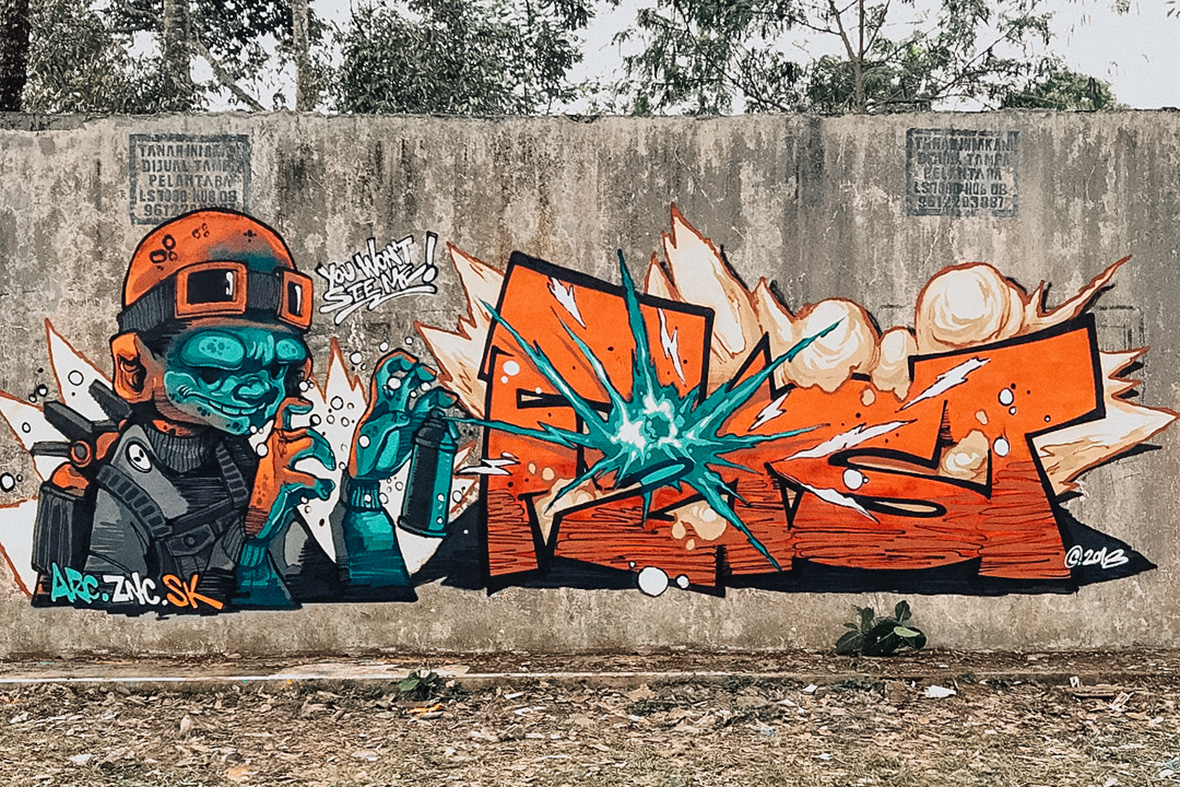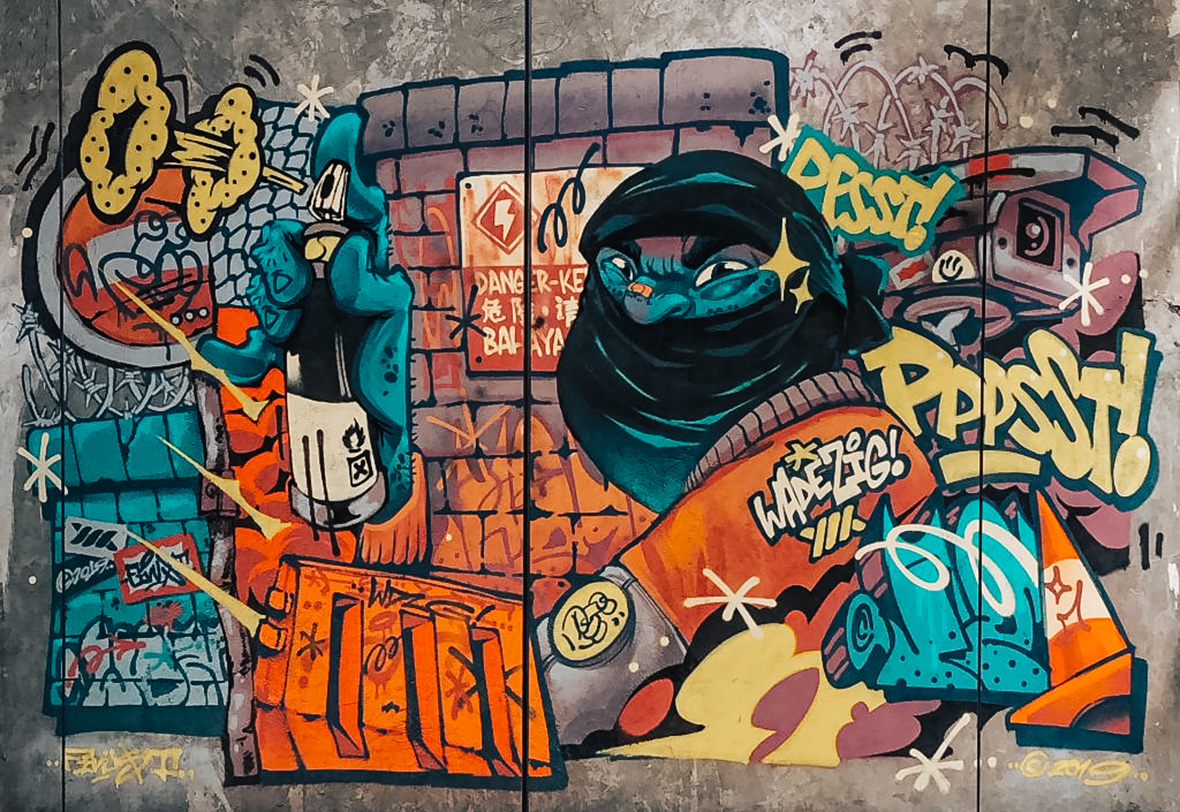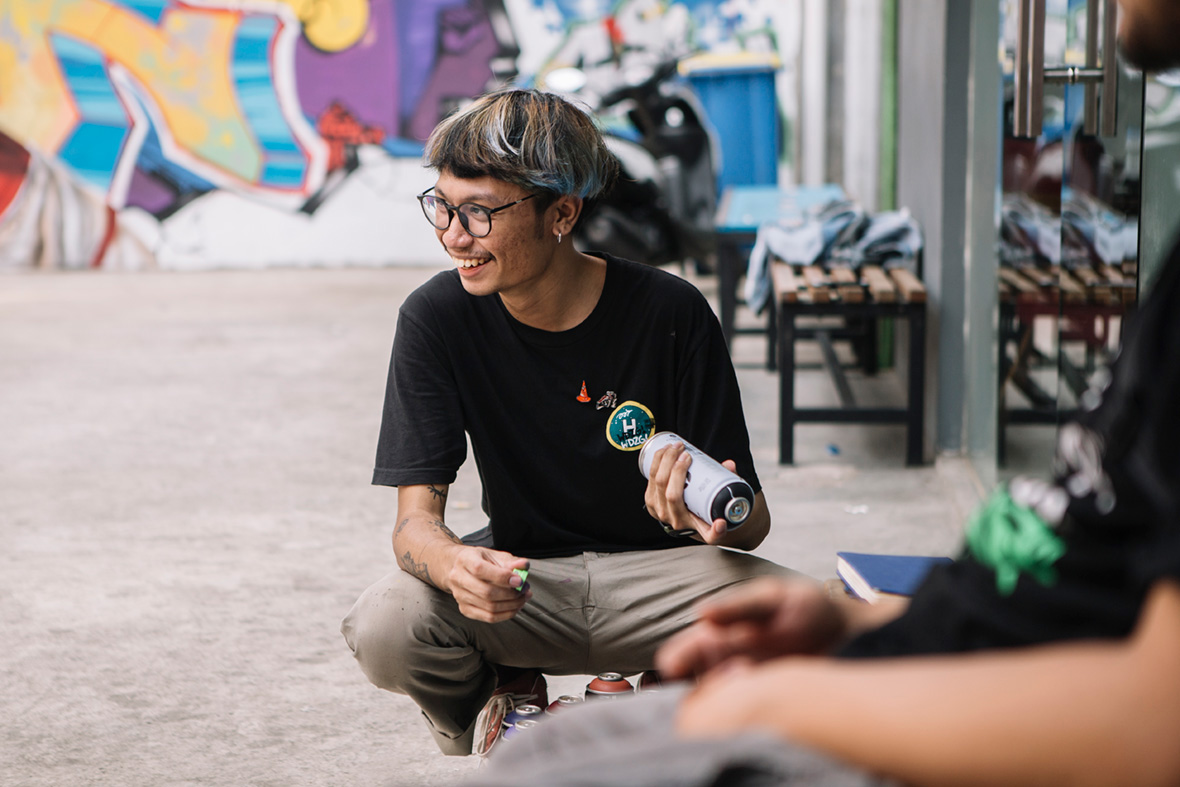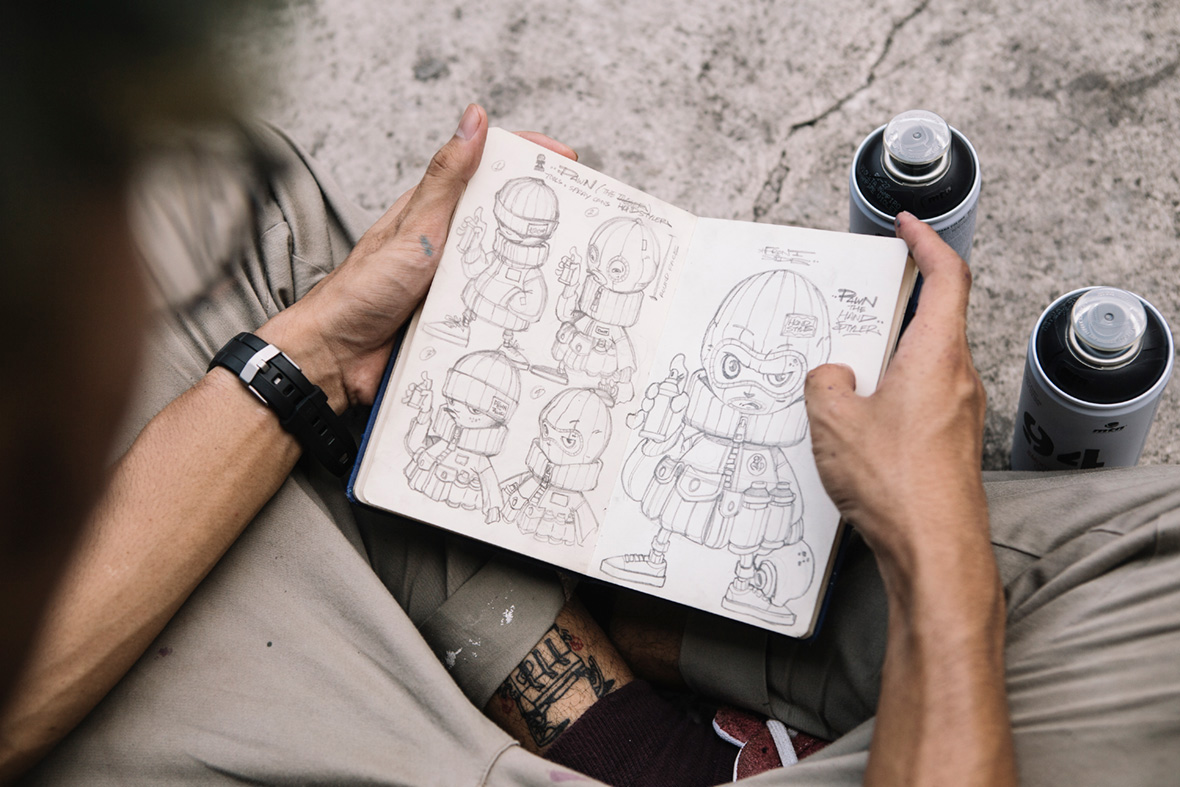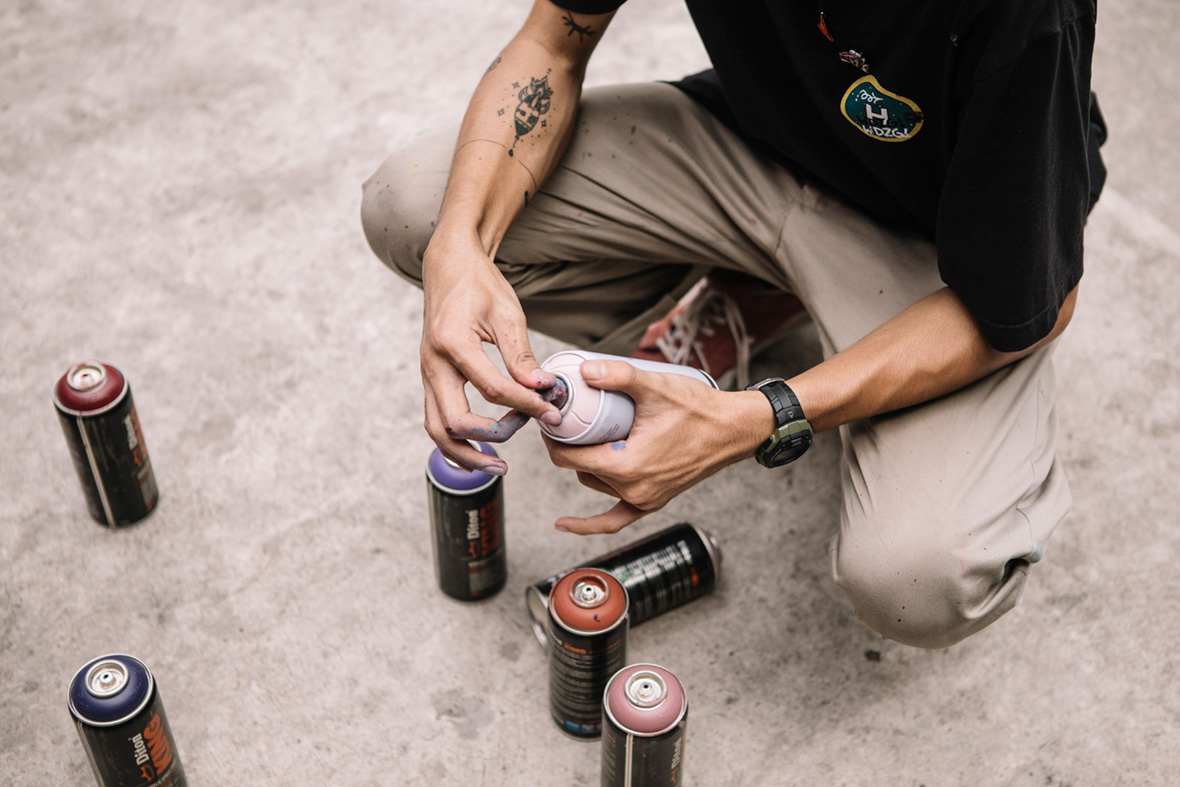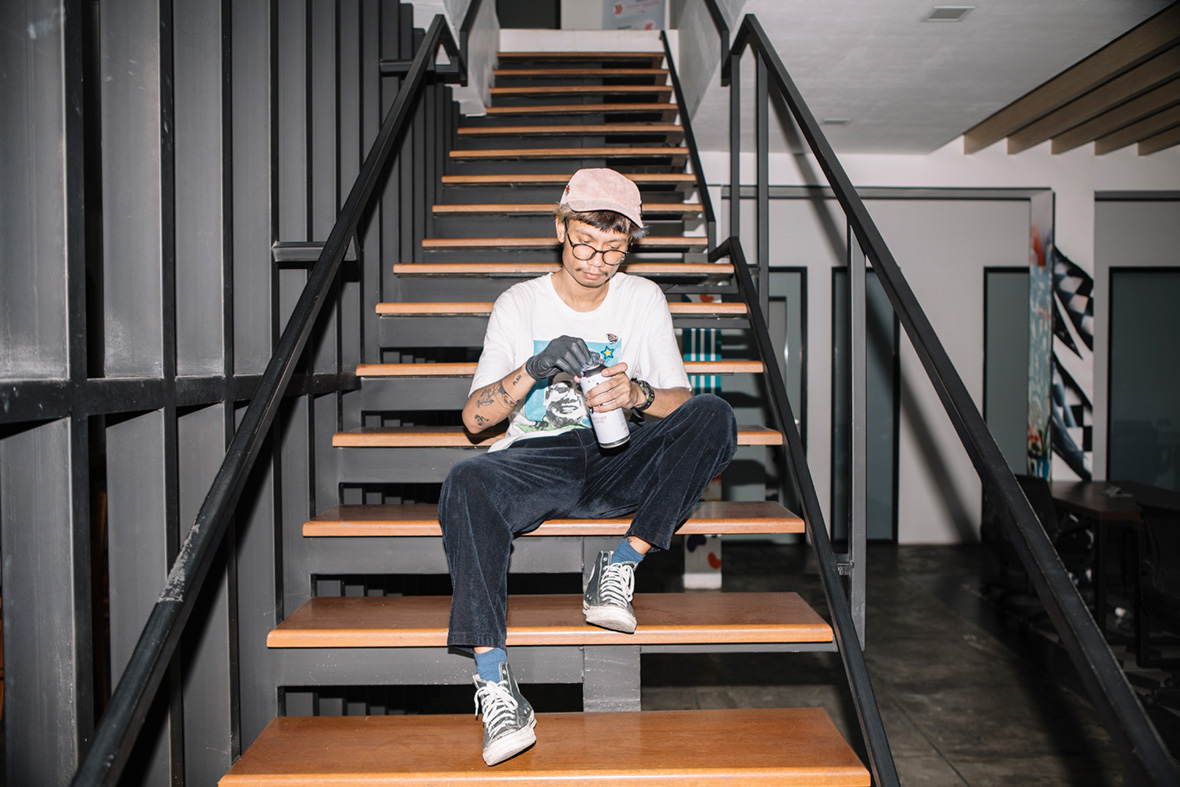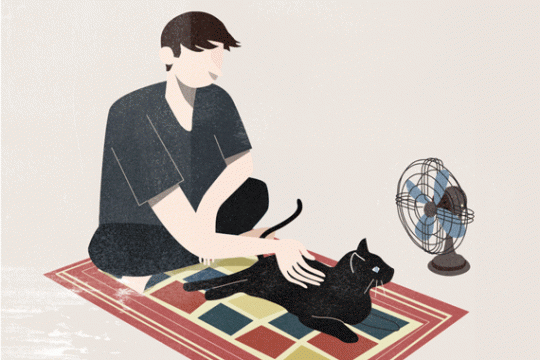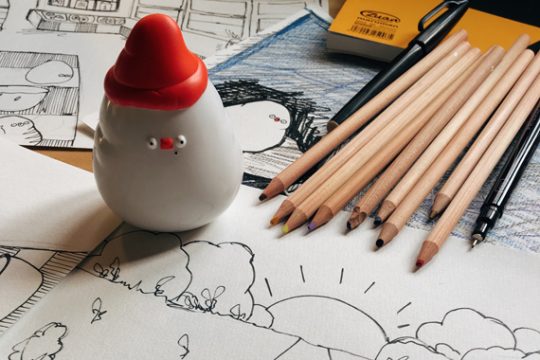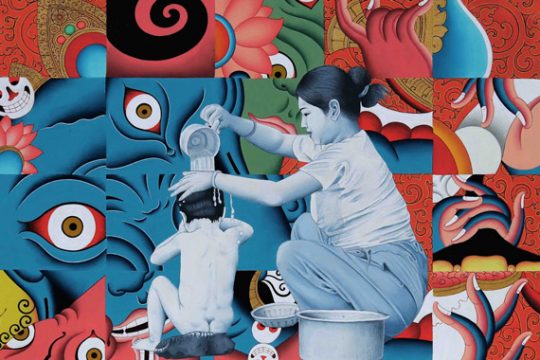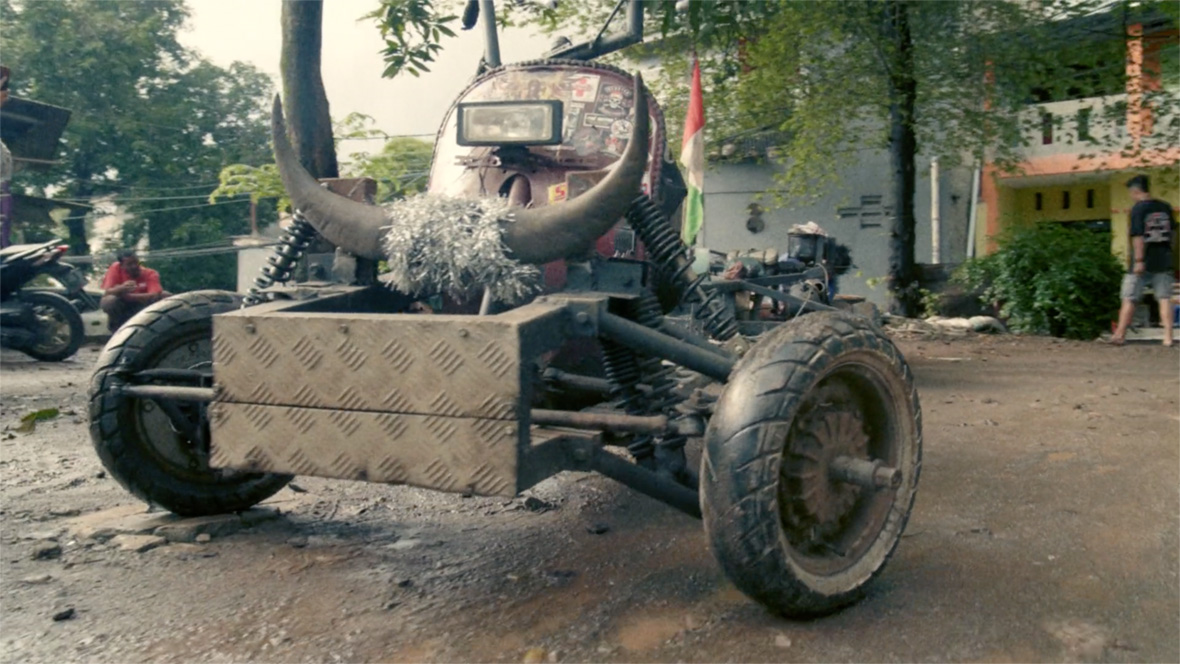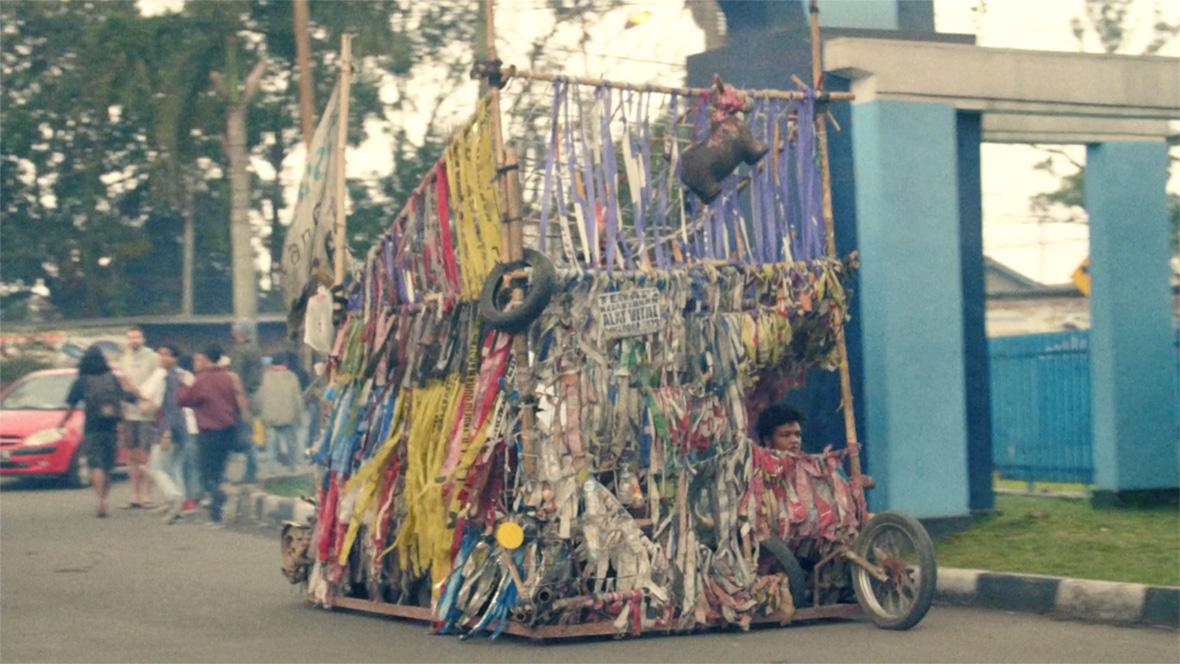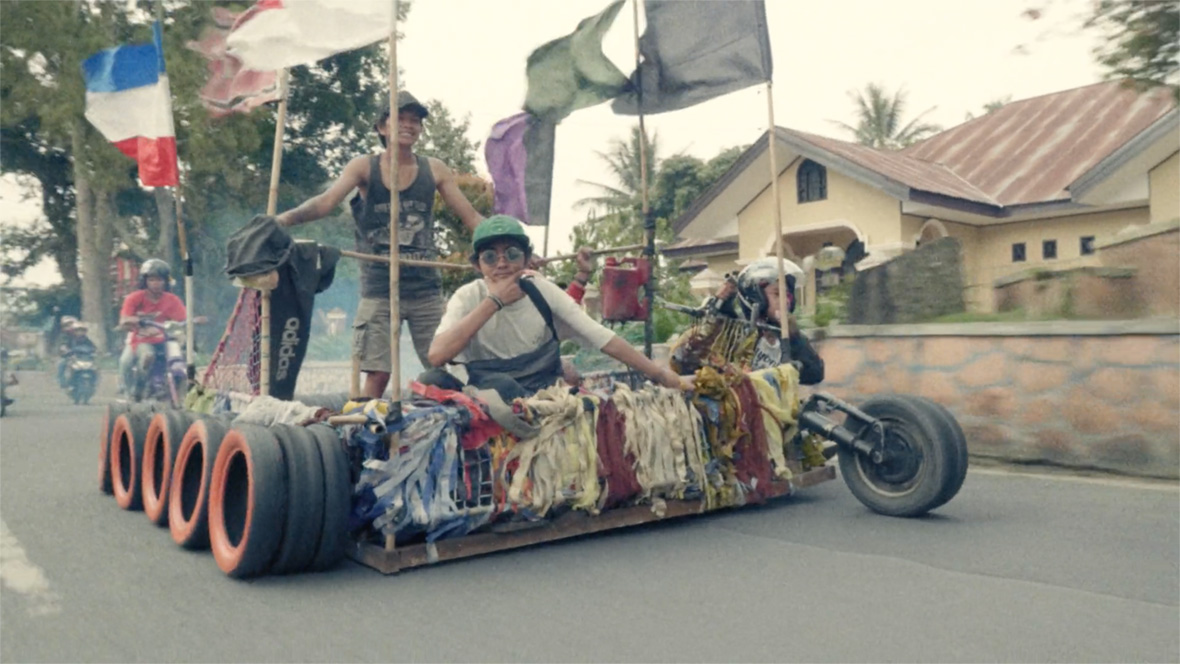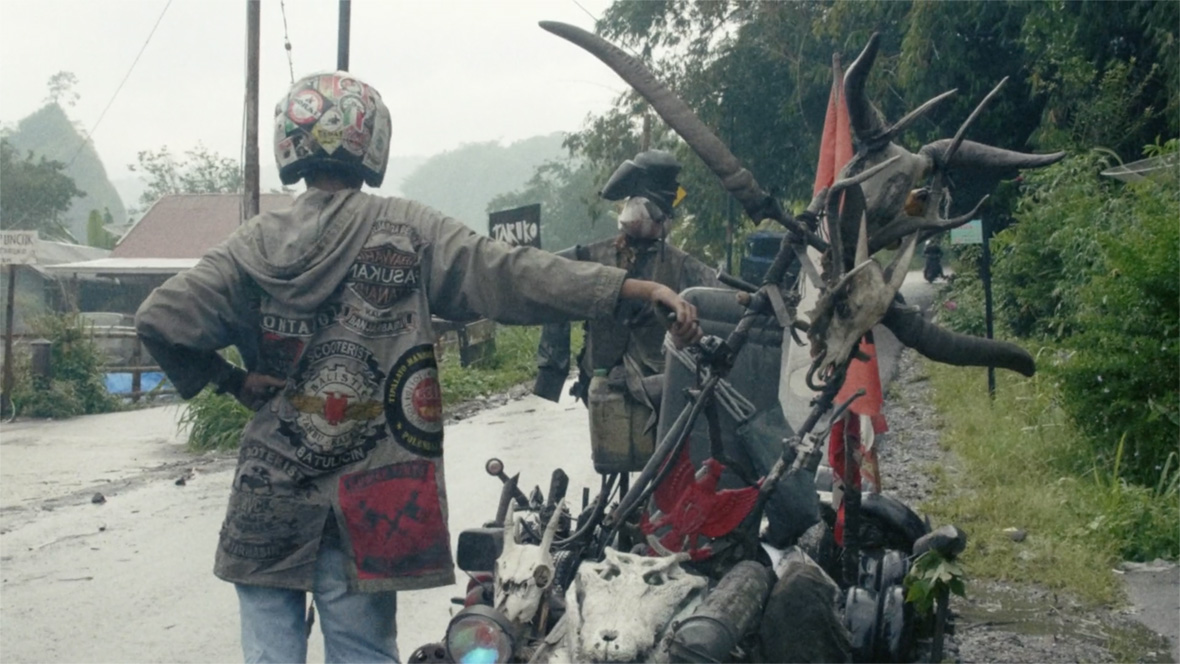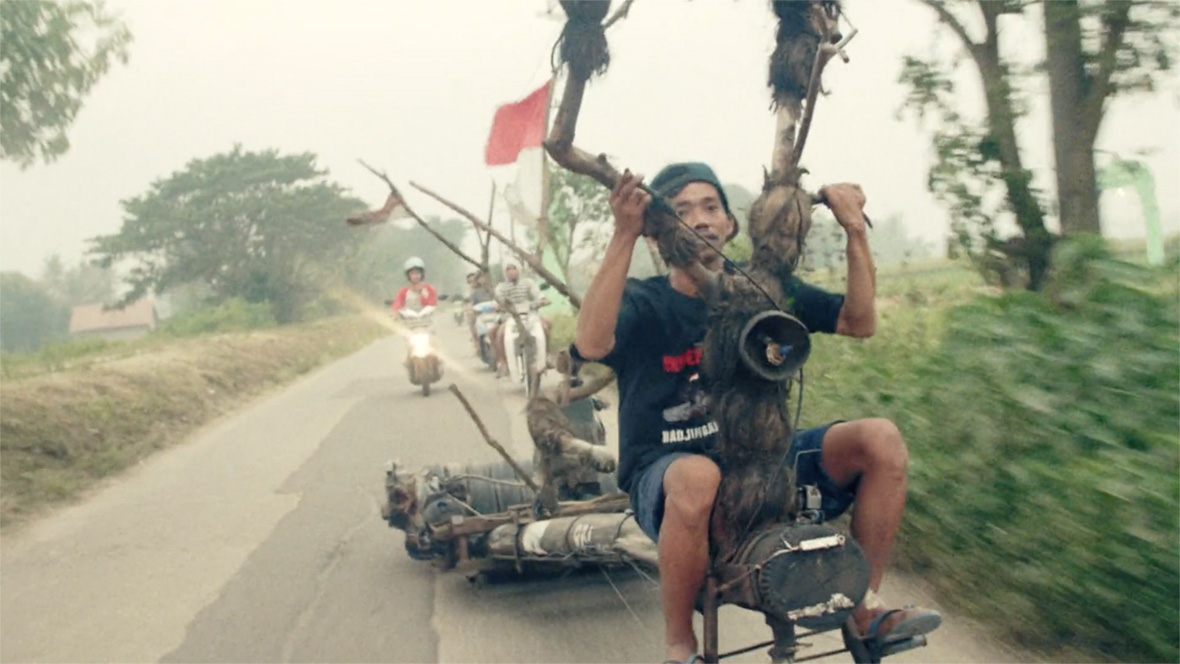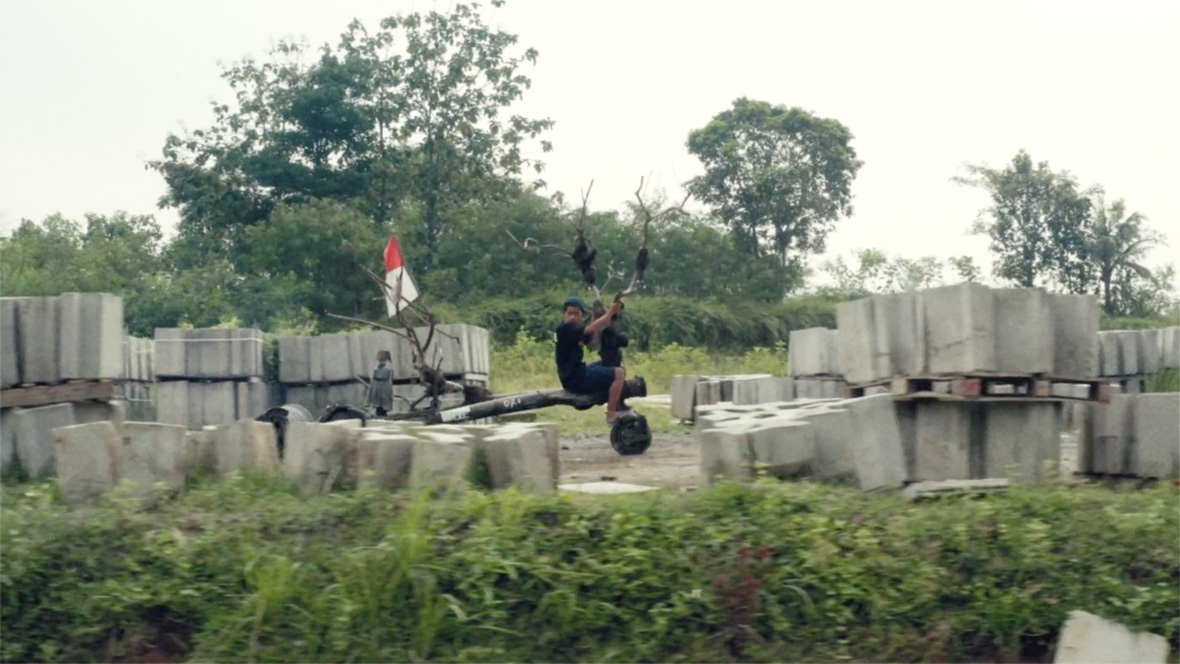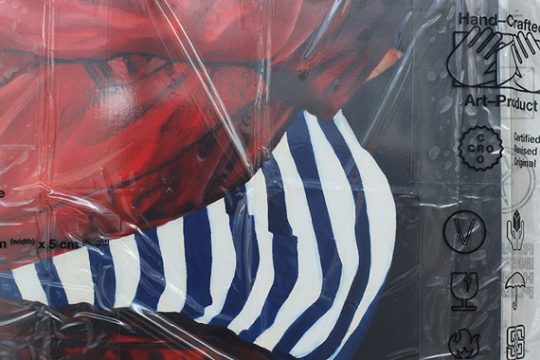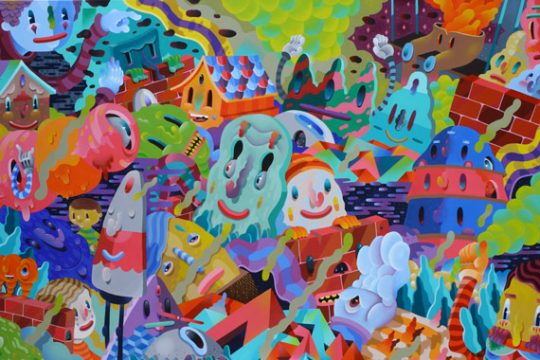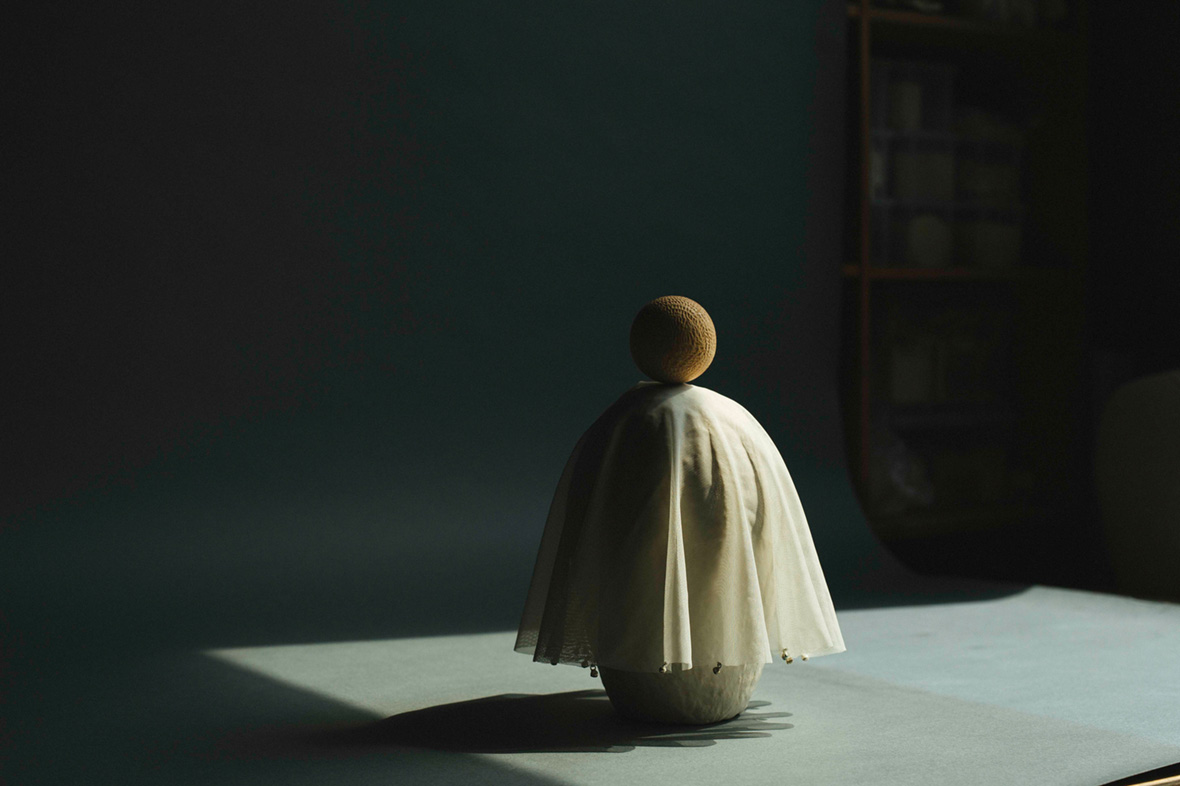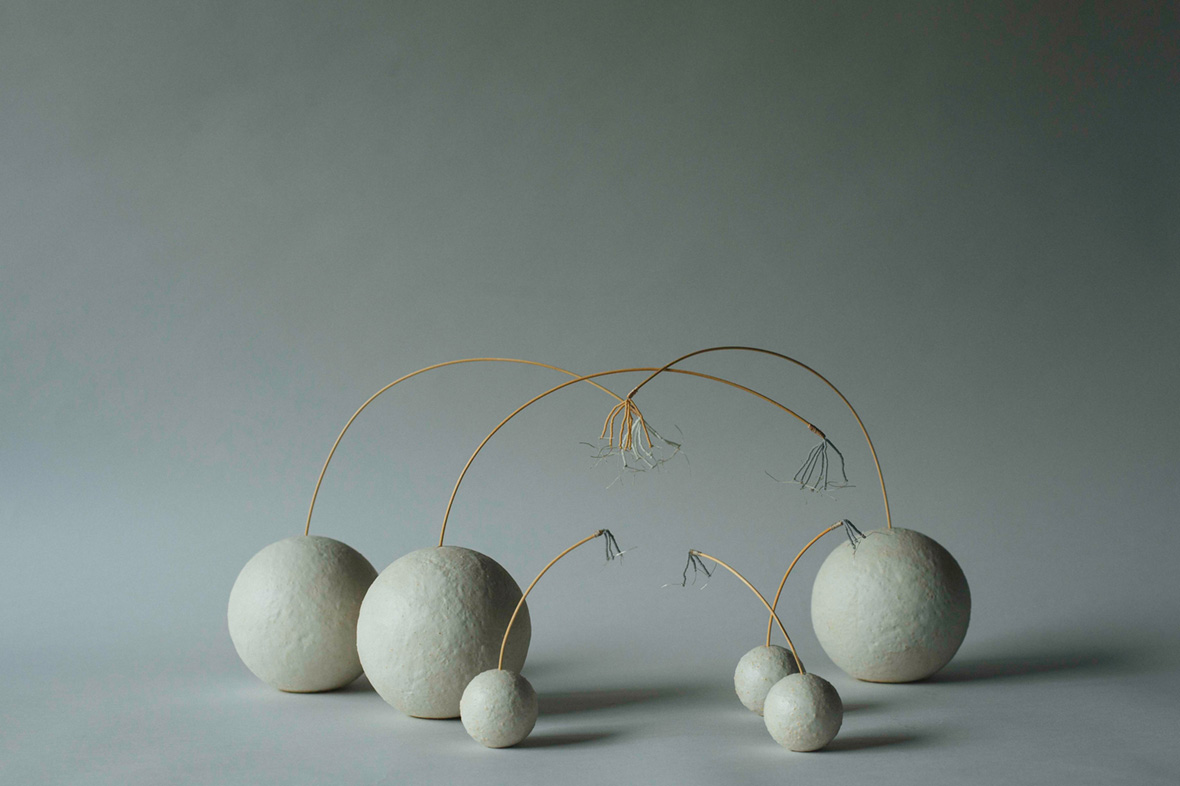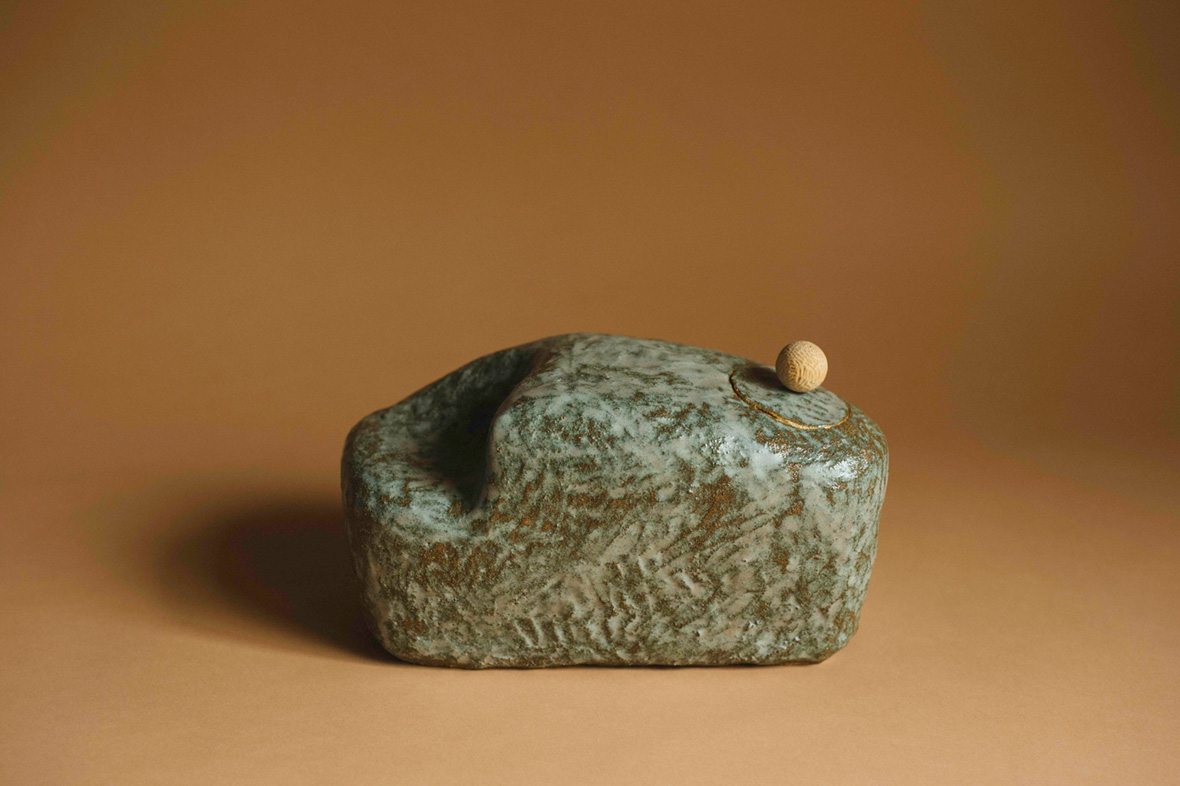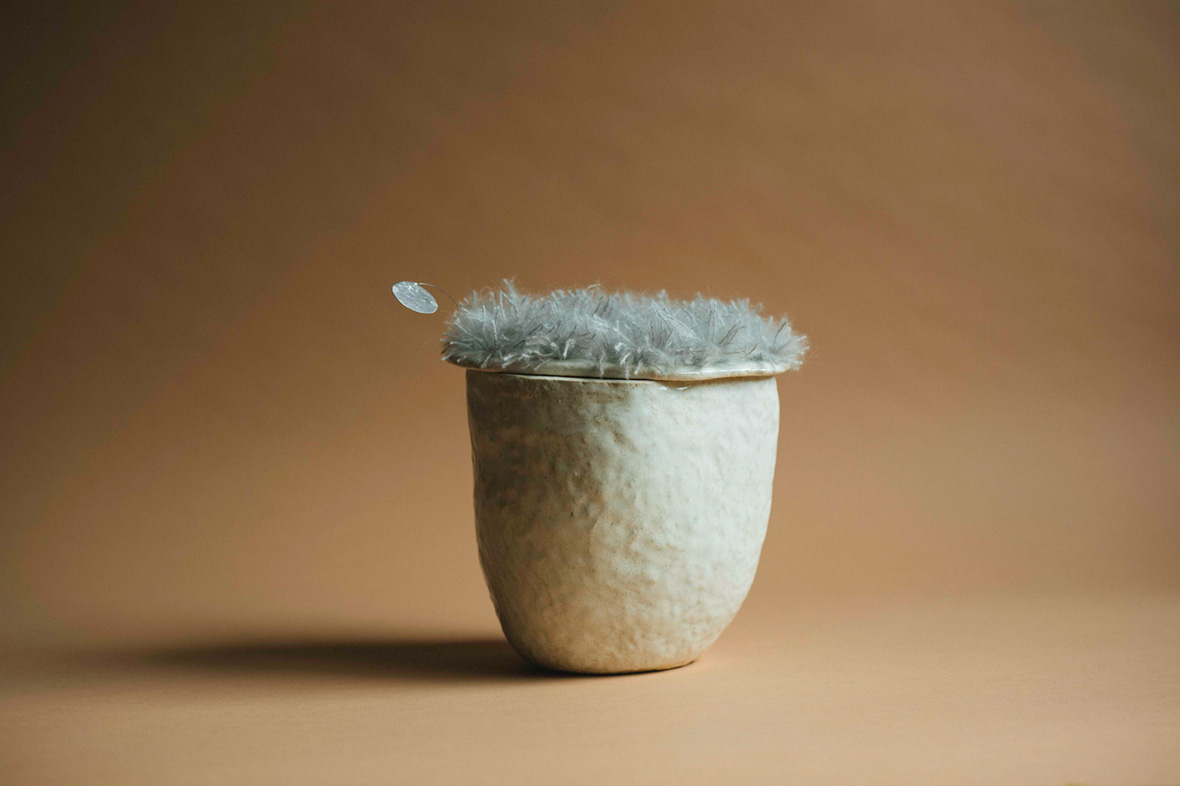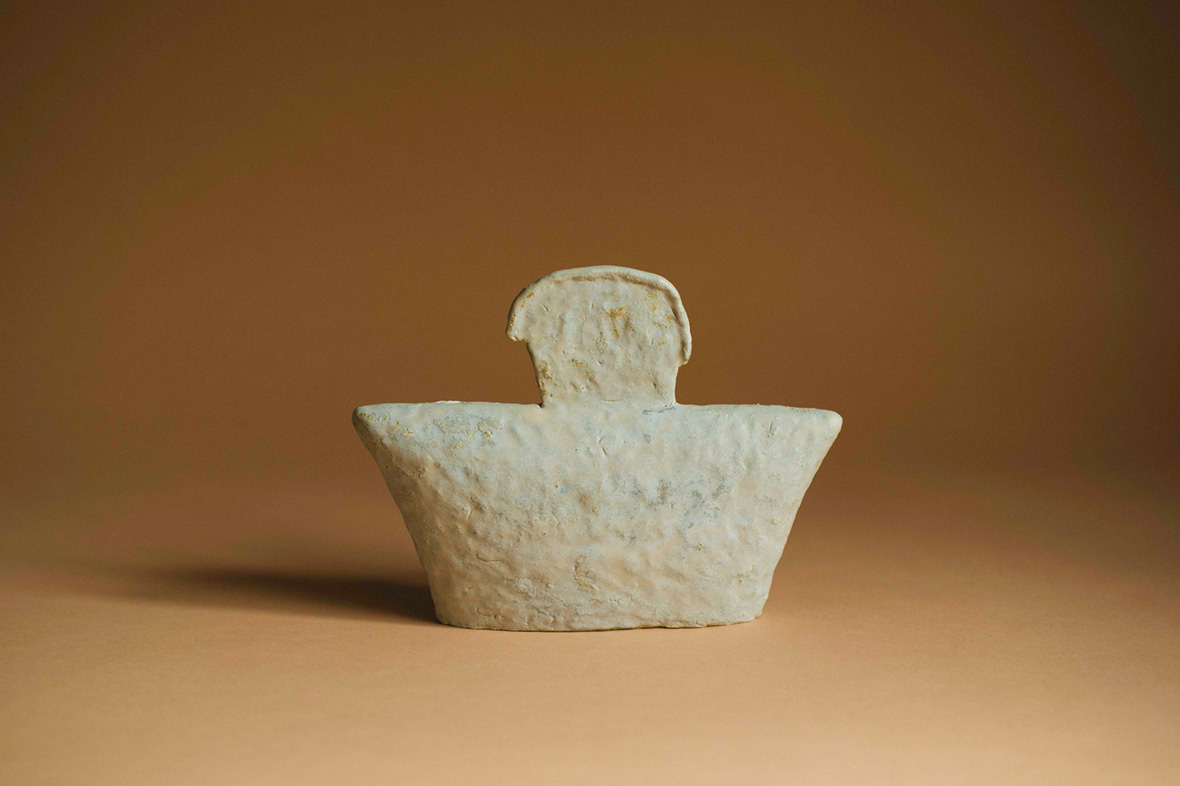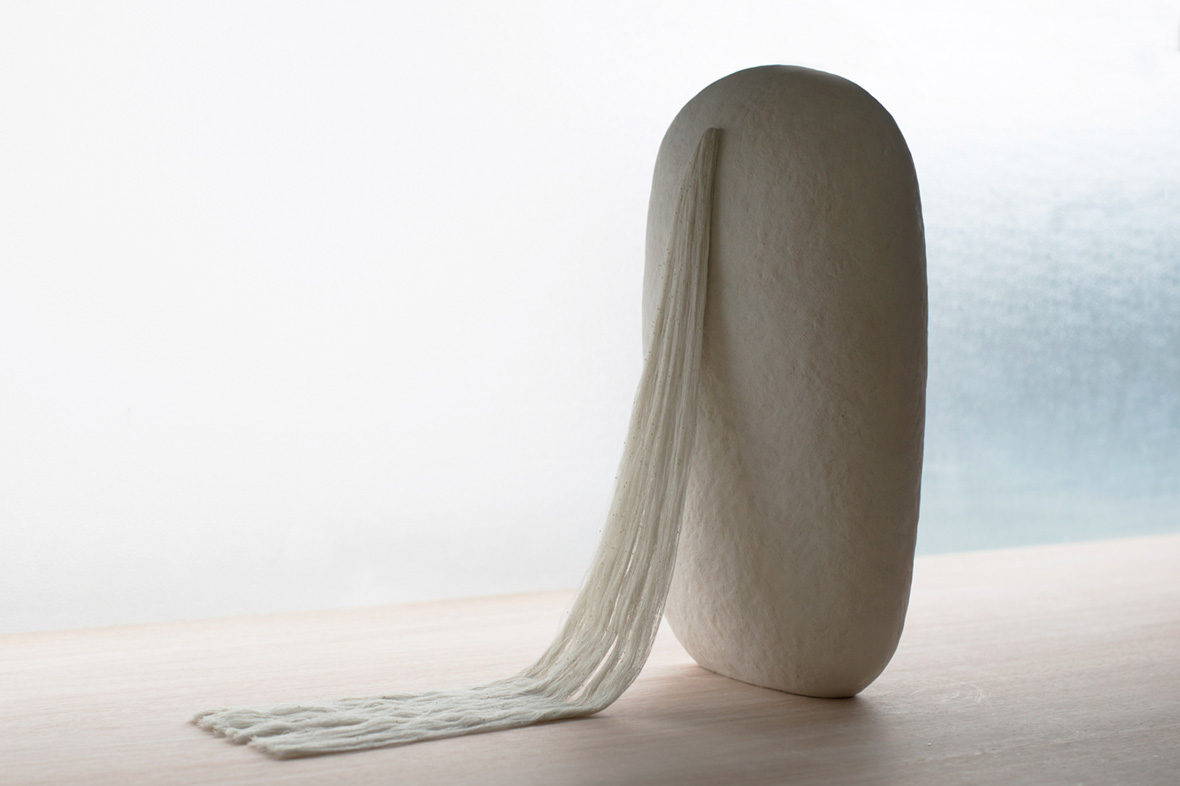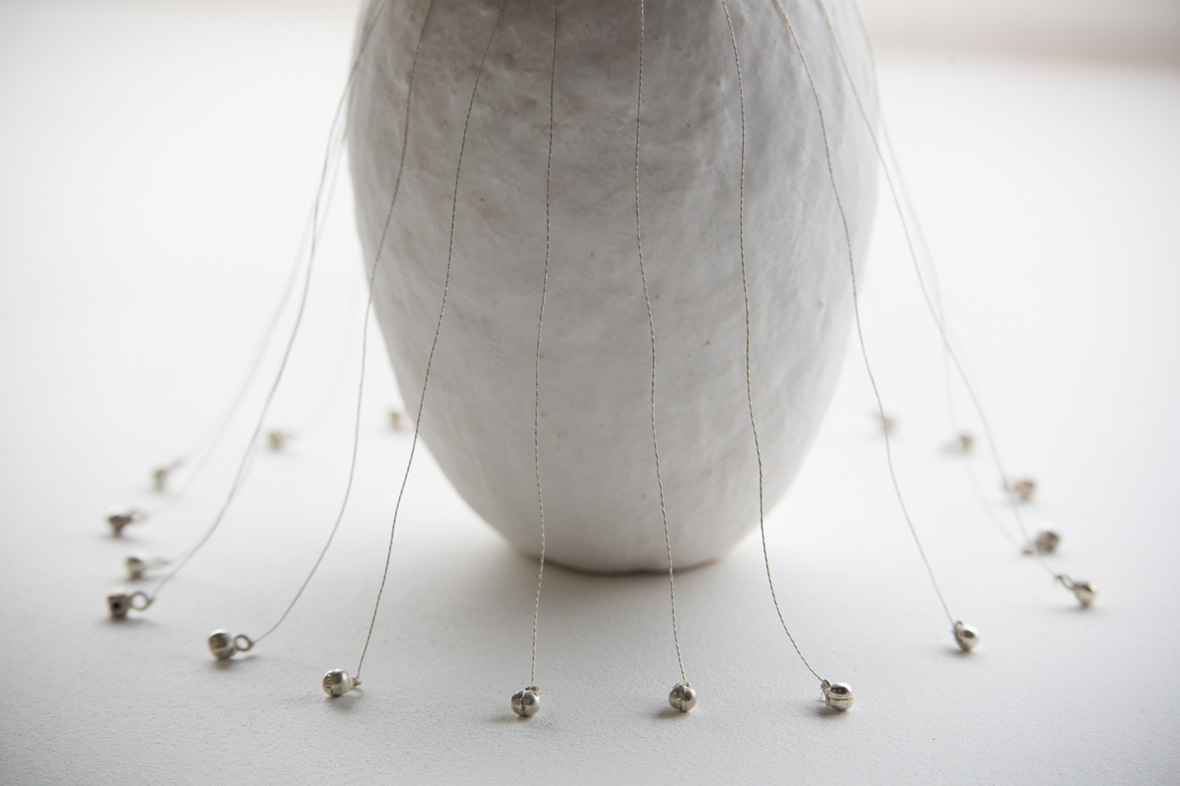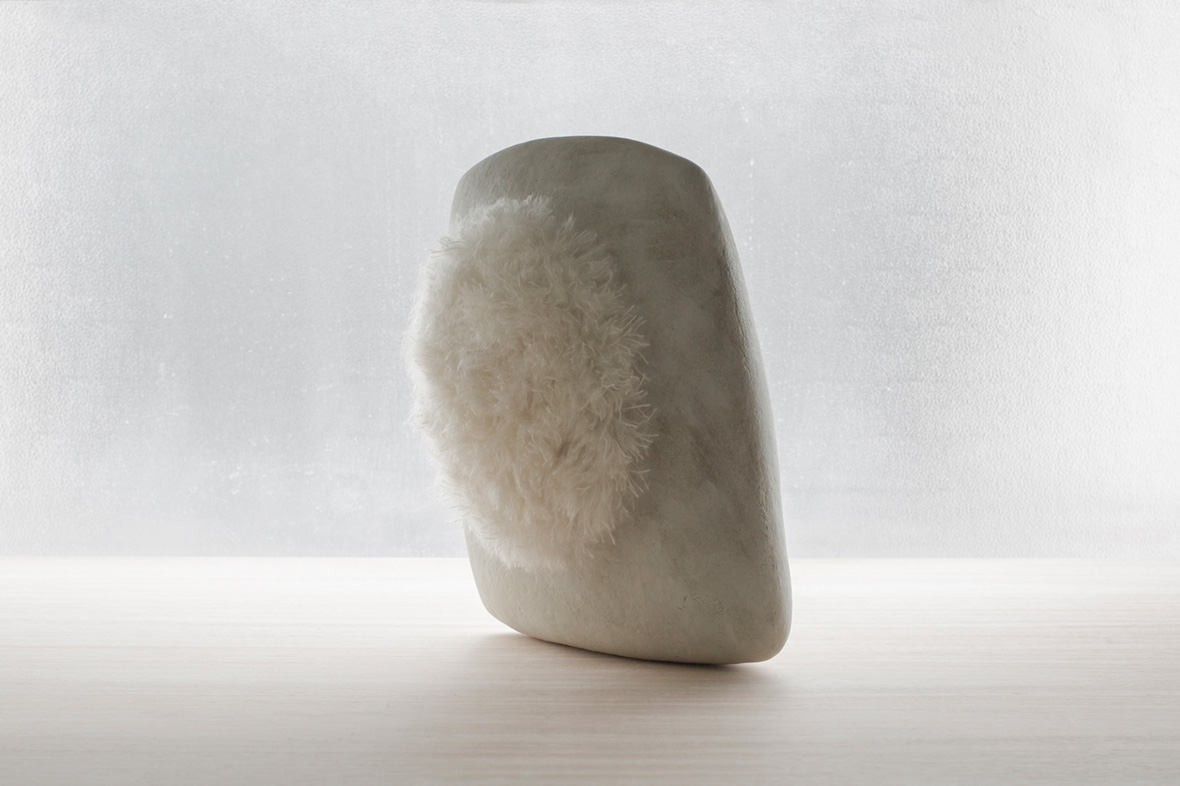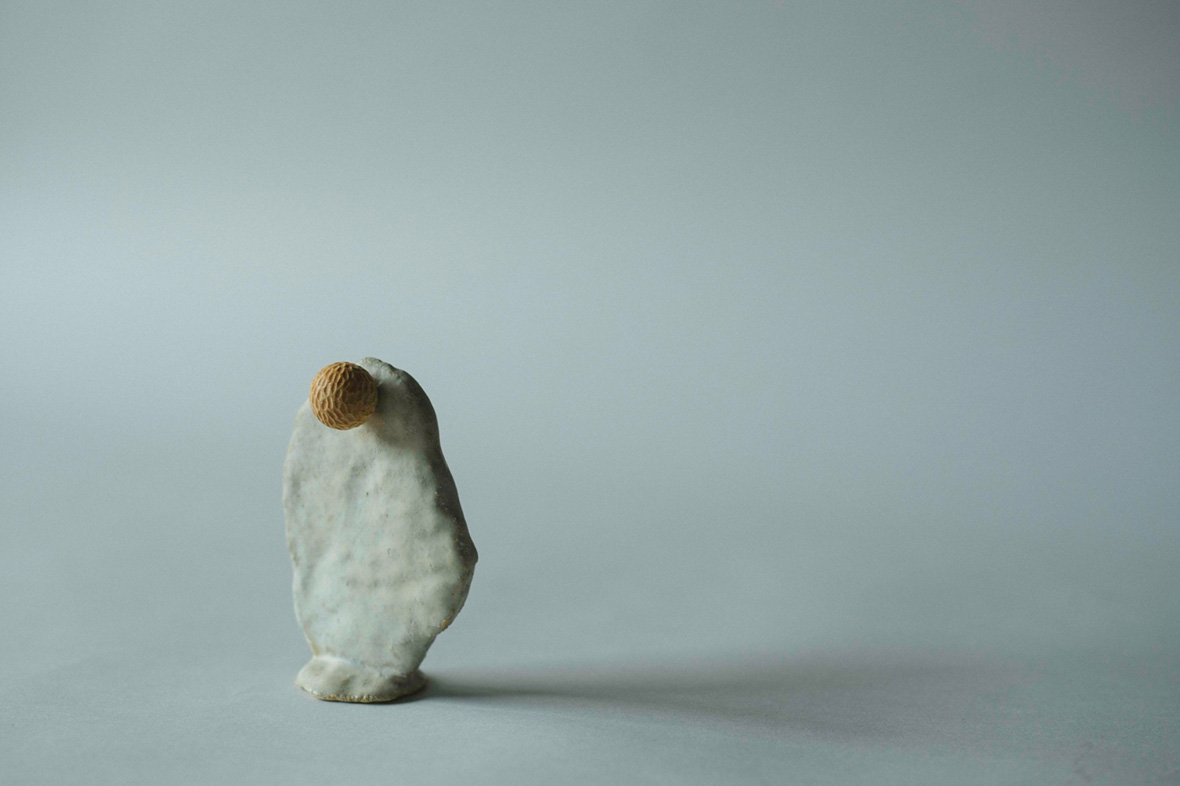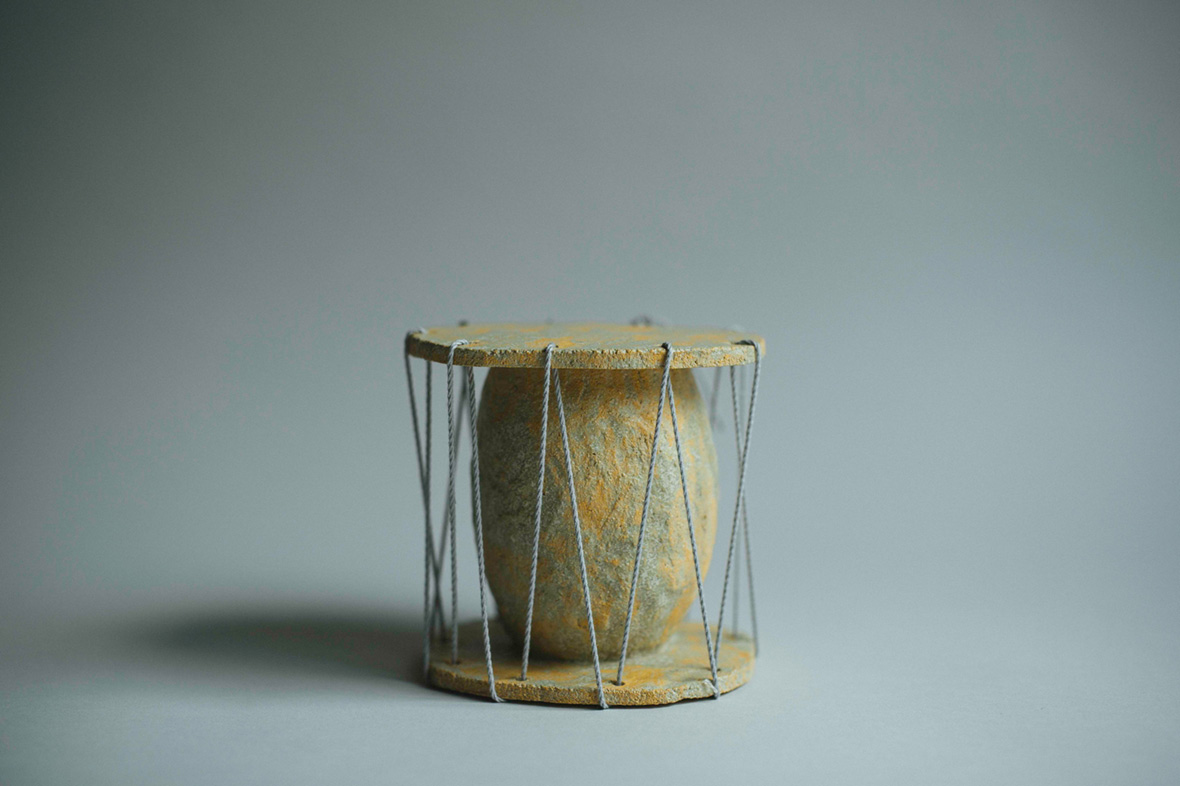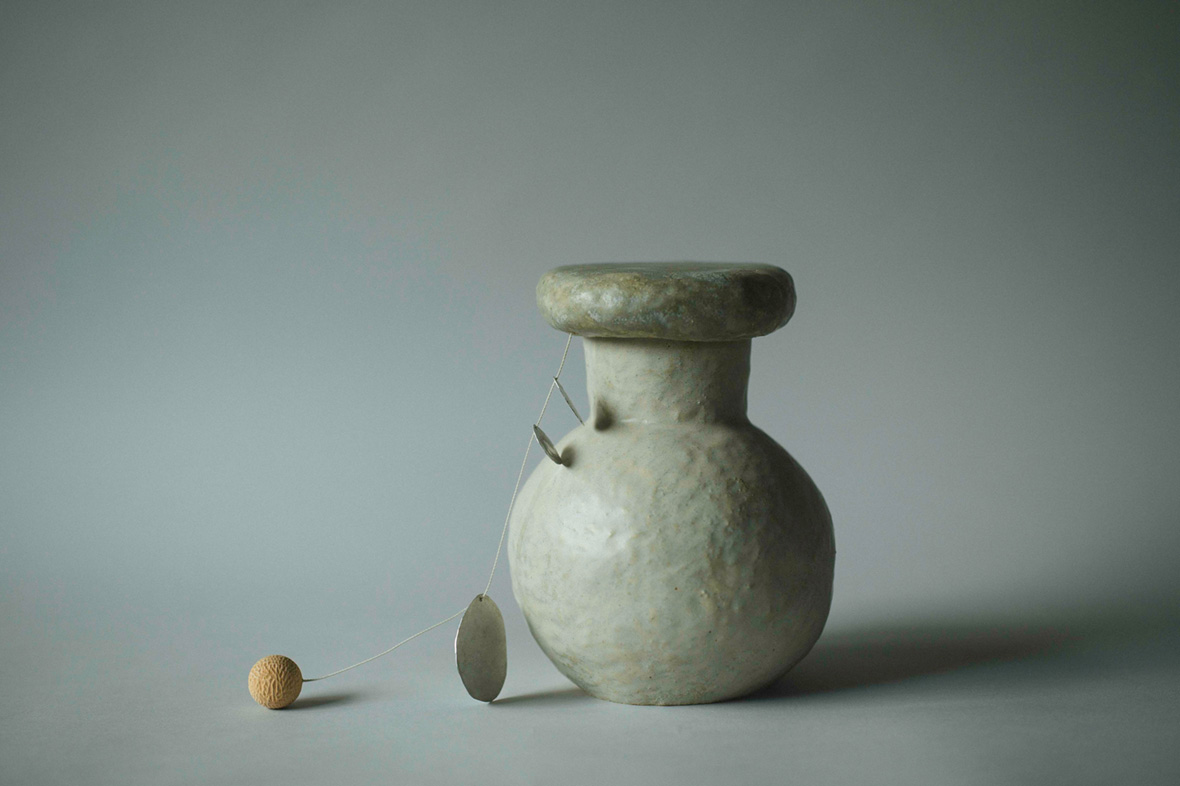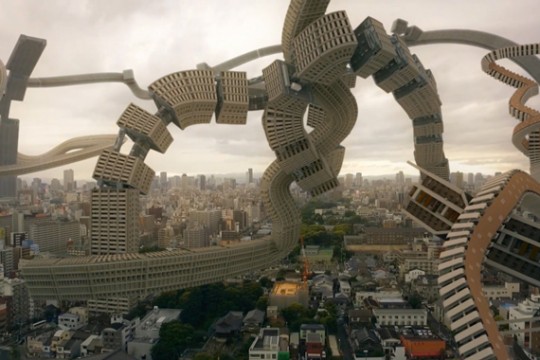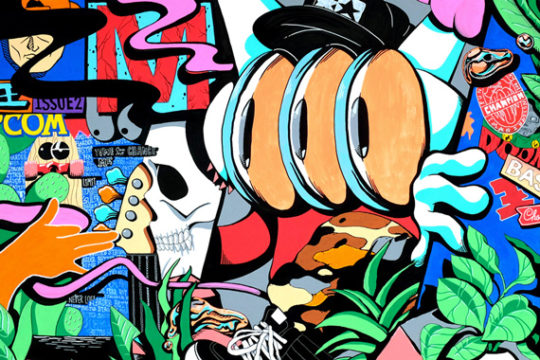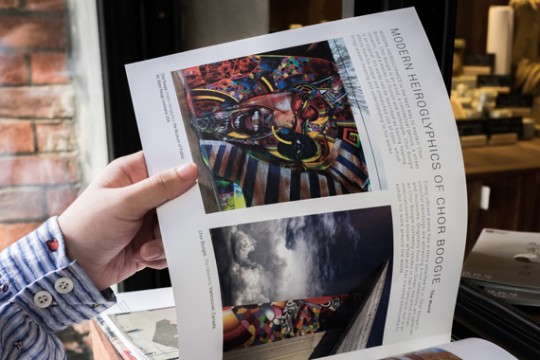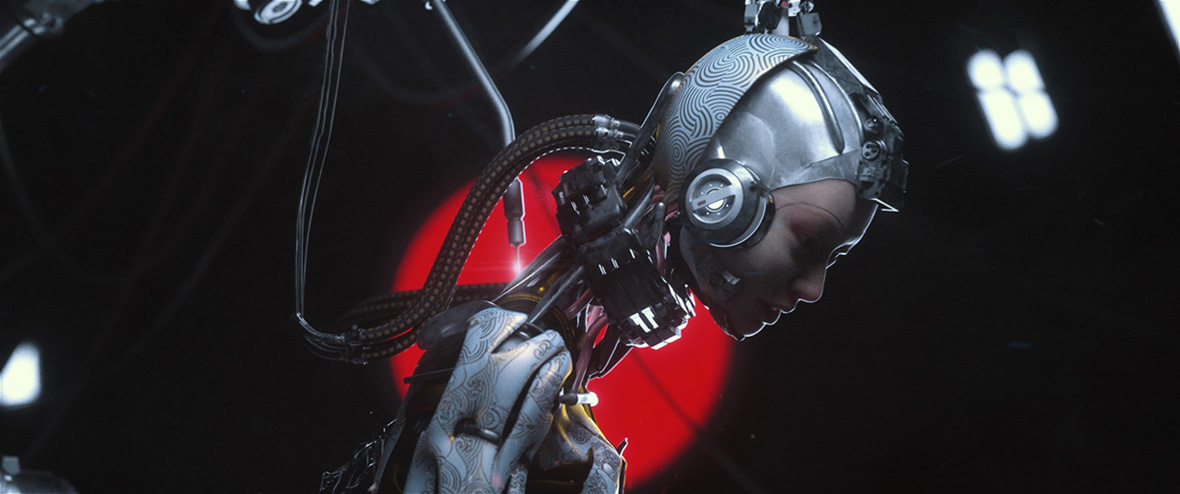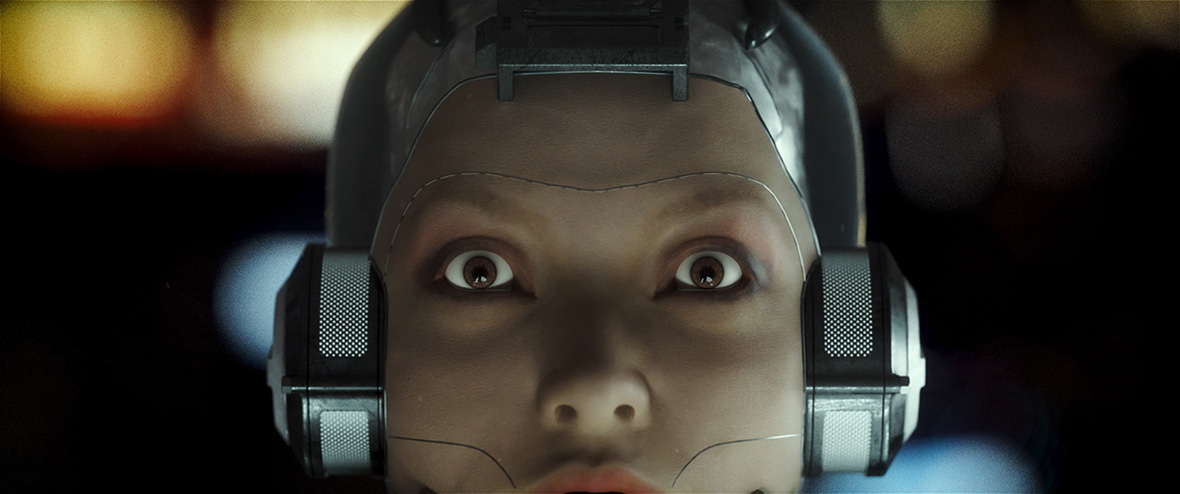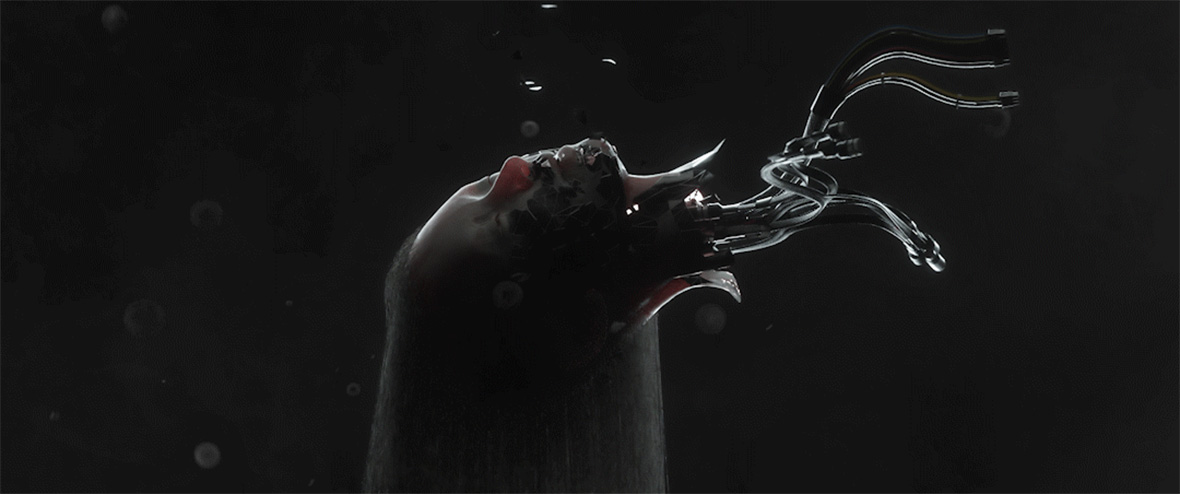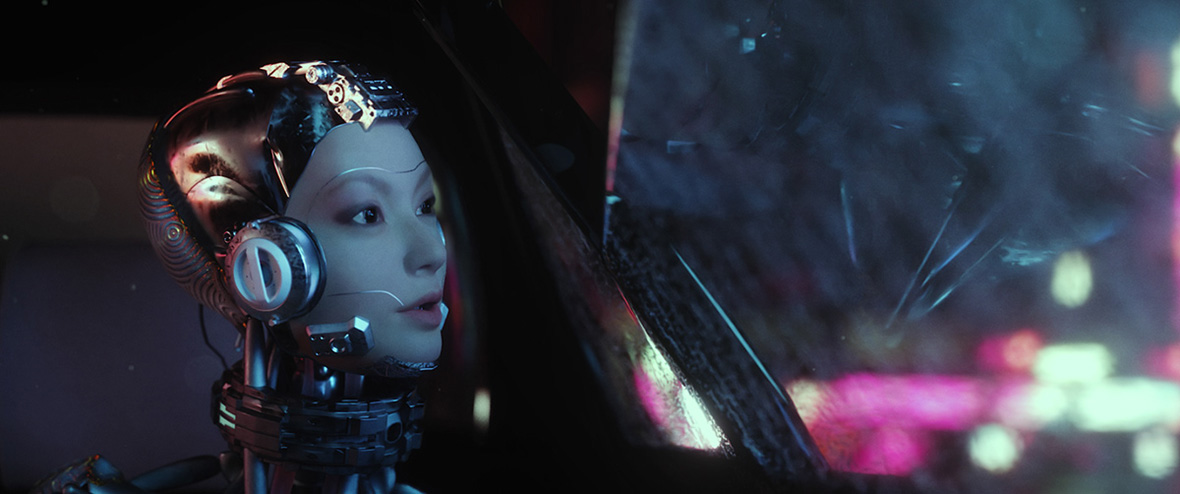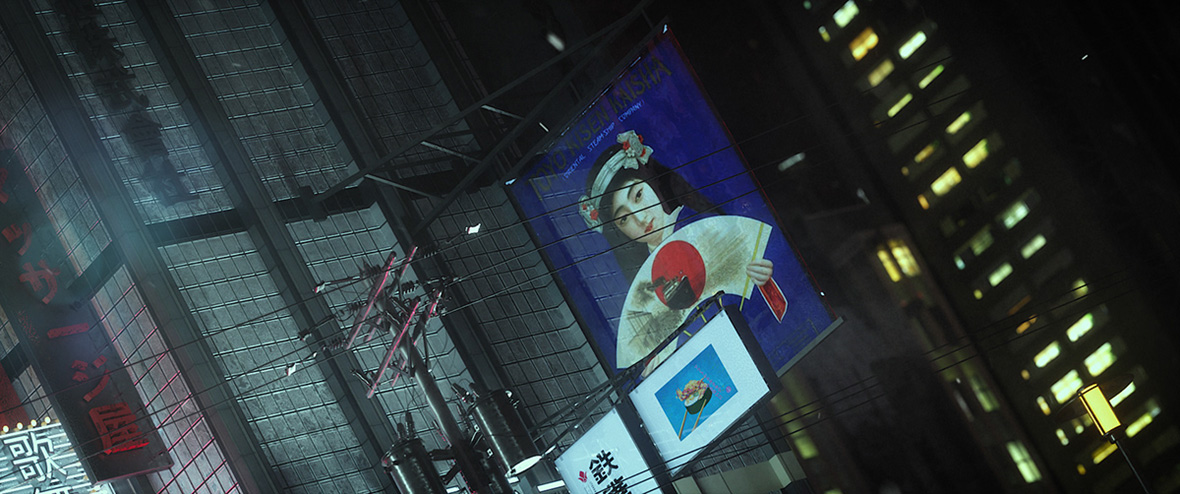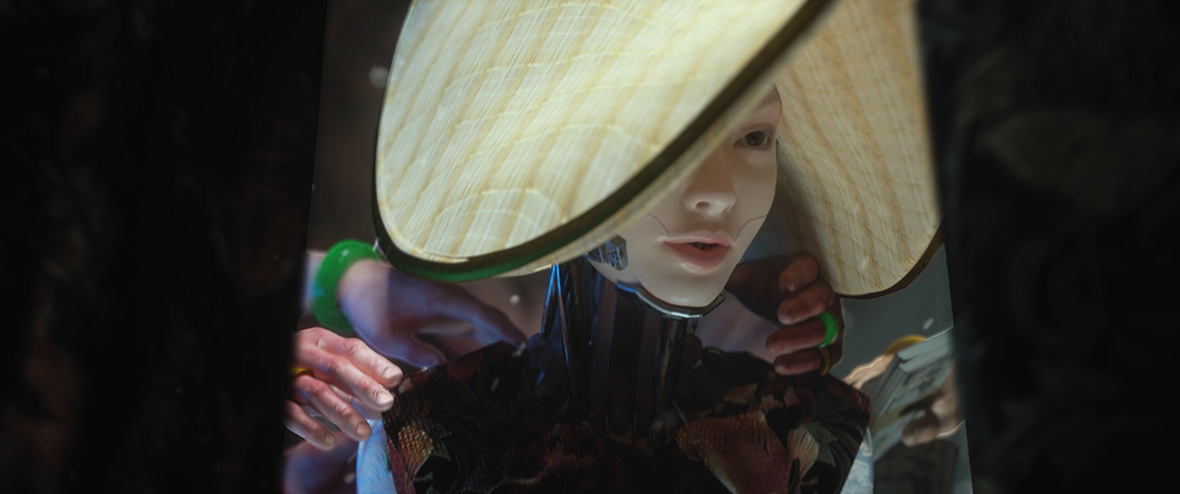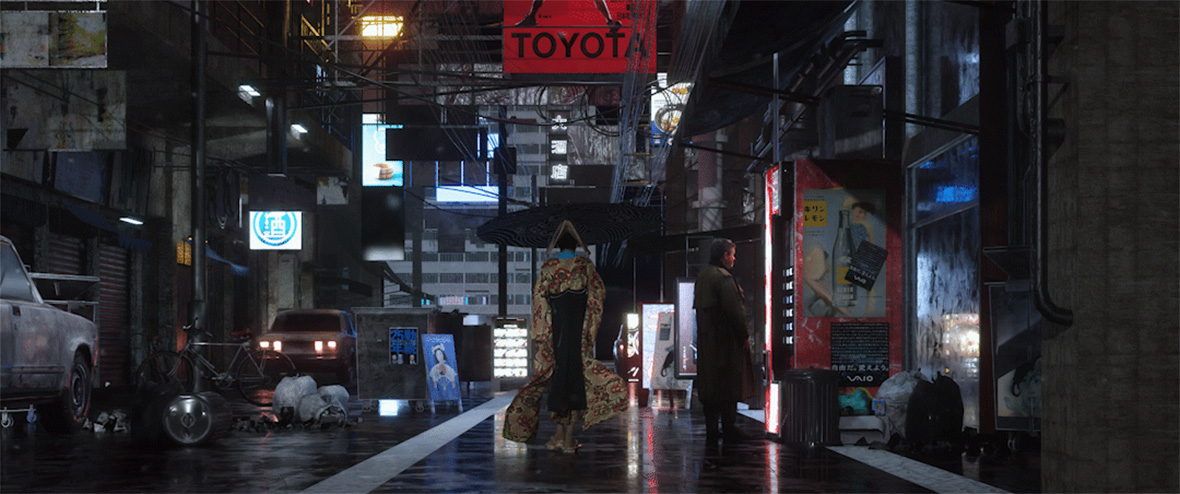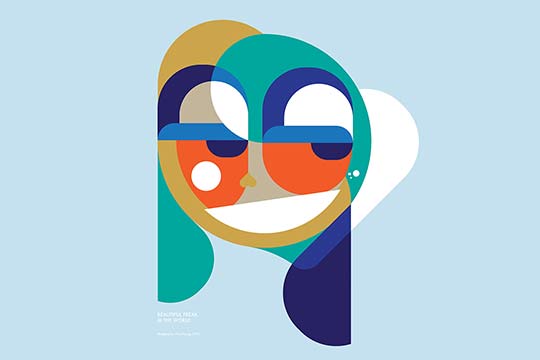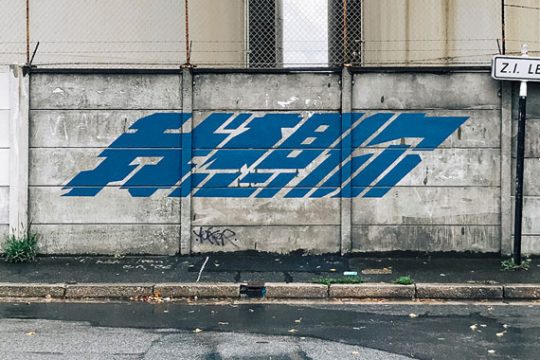无法观看?前往腾讯视频
We may never know if we’re in control of our own reality, and Phương Vũ seems to think that’s pretty bad news. In Control, his directorial debut, we follow a young man through multiple virtual environments. The story begins with him scrolling through a holographic feed. He receives an invitation that takes him into an all-white control room. There, with a swipe of his hand, he changes his entire outfit. A portal then takes him into a grassy field with blue skies. It’s an unexpected setting for the mood that’s been set so far, but splintering fragments of reality and the steadily building electro arpeggios remind viewers that they’re still in cyberspace. It’s all but confirmed as the man’s VR unit experiences system failure and starts to scramble his mind. The green pastures are suddenly replaced by a grey, toxic wasteland populated by men in hazmat suits. The panicked protagonist runs about in blind confusion, accompanied by a punishing drum-and-bass soundtrack.
我们可能永远不知道,现实是否由我们自己掌控。而在 Phương Vũ 看来,操控与被操控似乎是一场非常糟糕的关系。在个人导演处女作《Control》(控制)中,我们跟随镜头与一位男子在多重虚拟环境之间穿越。影片开头,男主人公正在滑动着全息屏幕上的信息,这时,一封邀请信弹了出来。手指一滑,他来到了一个全白色的控制室里,换上了新的服装。随后,他穿过传送门进入蓝天白云的广阔草地,这一场景打断了影片开场以来所营造的氛围。但是,被撕成碎片的现实与持续的电子琶音提醒观众,这里仍然是网络之境。之后,男子的 VR 装备明显出现了系统故障,他的脑海开始变得混乱不堪。绿色草原瞬间切换成灰暗的荒地,穿着防护服的人在他四周走来走去。伴随强烈的鼓打贝斯节奏(drum-and-bass),惊慌失措的男主人公带着疑惑与不解四处跑动。
The music ends abruptly and the film cuts to a first-person POV of someone shopping in a grocery store. Loud ringing fills the air as a man’s voice whispers for them to wake up. Visual distortions gradually worsen as patterns generated by a modified version of Google DeepDream begins to remove all semblance of reality: kaleidoscopic colors, unsettling textures, and canine faces overwhelms the frame. This hallucinogenic sequence then fades away, showing the man now shirtless and alone on a flooded highway as Beethoven’s “Ode to Joy” blares. The sense of peace doesn’t last—viewers are quickly taken to the film’s conclusion, revealing the protagonist as a casualty for some sort of advanced VR experiment.
音乐骤然终止后,影片切换成在商场购物的第一人称视角。刺耳的铃声在空气中亮起,男人的低语“快醒来”不断在耳边响起。眼前的现实景象被 Google DeepDream 生成的图案逐渐侵蚀,视觉变成失真的模块并进一步加剧:万花筒般的颜色、令人不安的纹理和动物的形象充斥于画面之中。之后,贝多芬的《欢乐颂》响起,幻觉片段逐渐消失,此时,男子赤裸着上身,独自一人,站在被洪水淹没的高速公路上。短暂的平静之后,影片来到尾声,向观众揭露:原来男主人公是某个高级 VR 产品的实验对象。
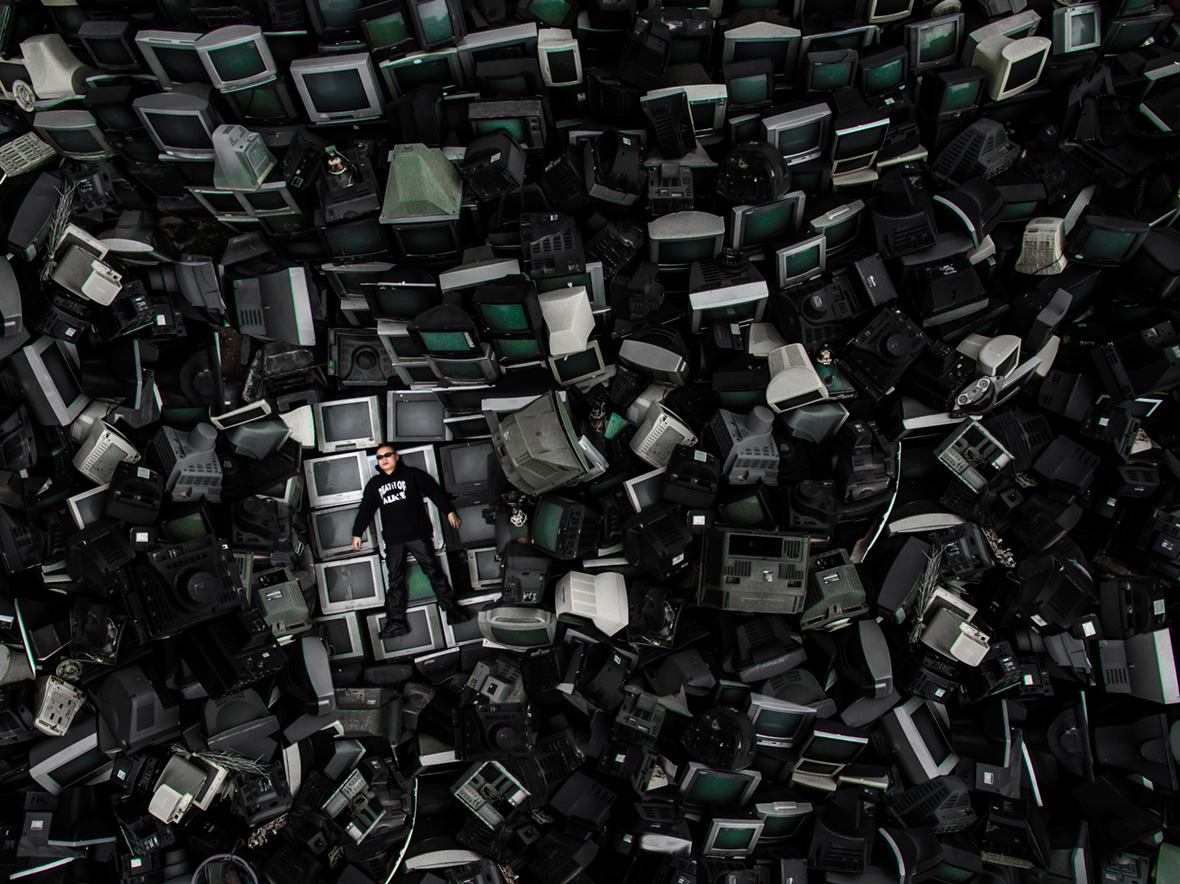

Vũ made the video with a crew of self-taught creatives in Hanoi, Vietnam who originally came together to create a one-off video lookbook for Vũ’s streetwear brand, Nirvana. But the ragtag team of freelancers enjoyed working together so much that they decided to start a production house together, and Antiantiart was born. Control pays homage to the crew’s unexpected origins by opening with a scene from that first lookbook video. Elements and b-roll footage from other past projects are also sprinkled throughout.
“We feel lucky to have found each other. It’s a love story,” Vũ laughs. “Youth culture is still very new here. While there’s a lot of people coming up now, the scene isn’t very close. There are more people in Ho Chi Min, but we’re working with them a lot. Our name is starting to travel.”
Each member of Antiantiart focuses on a different aspect of their productions, and their areas of expertise often have little to do with what they studied in college: one sticks to directing, another to color grading, another to edit.
这部短片由来自越南河内的 Vũ 与一帮自学成才的创意者共同制作。最初,他们因为创作 Vũ 的街头服饰品牌 Nirvana 的视频造型录而走到一起,在进行了愉快的合作之后,这支由自由职业者组成的团队一起创办了工作室 Antiantiart。《Control》开头的场景就来自他们之前创作的视频造型录,以此致敬这个偶然创立的团队故事,以往项目的元素和辅助镜头也贯穿了整部短片。
“能够彼此相识,是一件很幸运的事情,就像一个浪漫的爱情故事。”Vũ 笑着说,“本地的青年文化才刚起步。虽然现在有越来越多人参与,但整个圈子之间并不是很紧密。现在胡志明市的人口越来越多,我们也会与更多人接触,名声也开始慢慢传开来。”
Antiantiart 的每个成员分工合作,负责影片制作的不同领域,有人负责导演,有人负责颜色分级,另外的人负责编辑,但大部分成员此前都没有接受过相关的专业学习。

Control feels like a collage, with various bits patched together to create a surreal yet cohesive visual experience. This video, like much of their past work, is more conceptual than narrative, an exploration of aesthetics and pop culture that they’re endlessly inspired by. Antiantiart is making it up as they go along, and it’s a spontaneity that’s increasingly valuable in today’s fast-changing world. They aim to bring their wildly varied interests and skills all under one roof, and people are starting to take notice. Vũ and his team have worked with international brands and regional artists, but above profits, they remain committed to realizing his own personal creative vision. Vũ says, “That’s what’s really important.”
《控制》就像一幅拼贴画,由不同元素拼凑在一起,打造出超现实又连贯的视觉体验。和他们以往的大部分作品一样,这部短片更偏向抽象而非叙事,探索审美和流行文化带给他们源源不断的启发。Antiantiart 也在不断提升自己,在这个瞬息万变的时代,这种自发性显得越来越珍贵。他们的目标是把各自不同的兴趣和技能结合起来,这一点也慢慢吸引了人们的关注。Vũ 和团队曾与国际品牌和当地艺术家合作,但相比于赚钱,他们更重视实现自己的创意,“这才是真正重要的。”Vũ 说道。
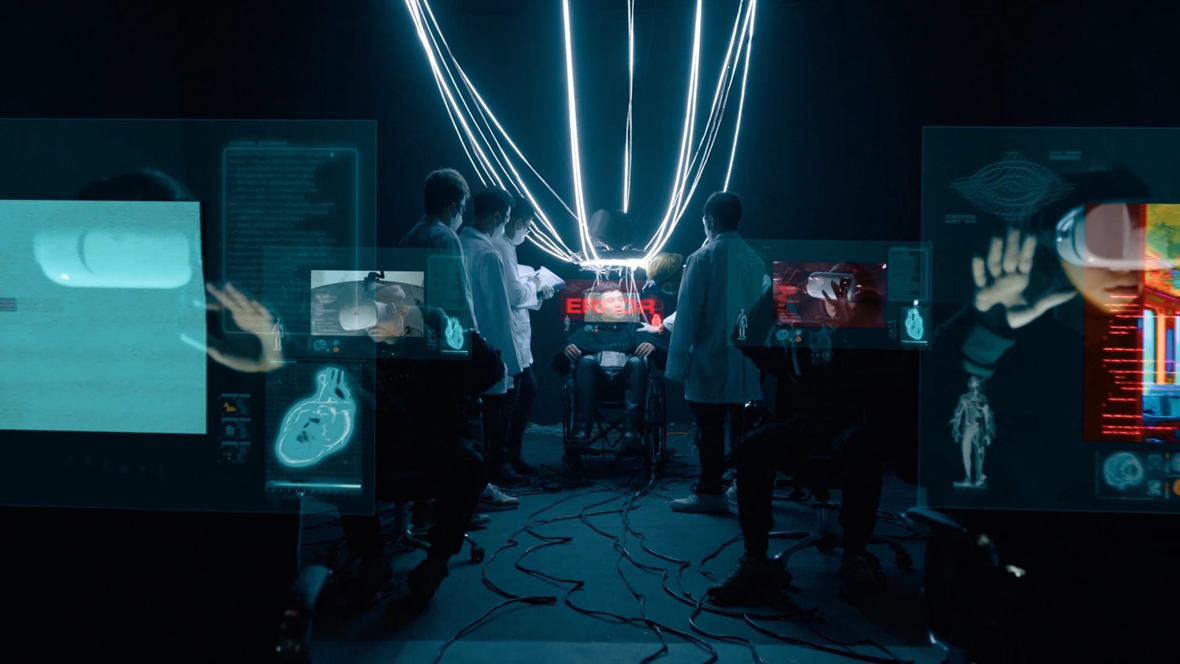
Like our stories? Follow us on Facebook and Instagram.
Instagram: @antiantiart_ | @lf.pvnirvana
Contributor: Mike Steyels
Chinese Translation: Olivia Li





